A decade into bringing our blueprint to life
2023 - 2024



A decade into bringing our blueprint to life
2023 - 2024



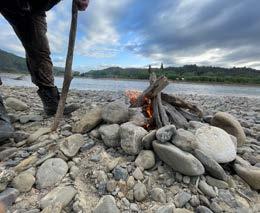
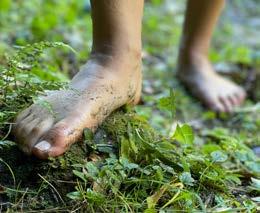


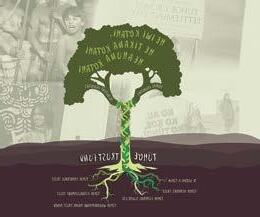
He Maioha
“He anuhe he tūnounou he pūrerehua, mē he pākau manu e kakapa ana te au atu a koutou te tira mate ki te hā o tua iho mai, ara mai okioki haere mai haere, pōhiri atu tāwhiri mai.
Tūhoe, e mihi ana ki a tātau ki a koutou nā kanohi rau wharani e whakahōhonu nei i nā pakiaka o te tarakau matua e kore atu ai te mataku hau maranai.
Mehemea ko tātau tēnei e pepehatia ana he Iwi o te taiao he hapū o te waonui a
Tāne, ko nā tamariki rawa tātau a Te Mauna rāua ko Hinepūkohurani. Kāti rā me mōhio ki te haka a te pū rerehua, me rono i te pātere a te awa, me kite i te titiro a te rākau. Kaare te whakataukii nei e hapa; mā tini mā mano ka rapa te whai ahakoa tonu te maramara nui a mahi ka riro i a noho.
Mai anō te tika o te ara i whakahautia mai e o tātau pākeke hai whai mā tātau. Ko Te Mana Motuhake o Tūhoe te tika, ko te tika he rama i te pō. Koia nei tō tātau hereherena kōiwi tō tātau orana.


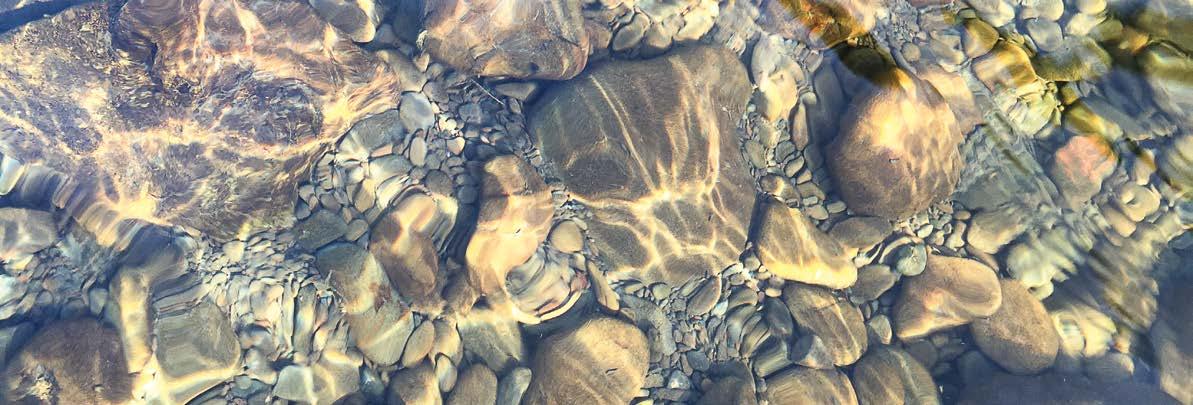

Whiria te kura whenua, raranatia te kura tanata he uru kaihua ki uta.
Our vision is to see, to hear, to feel and to live Tūhoetana every day. Over the last decade we had a lot of healing, clearing and growing that had to be done. As we peeled back those layers getting to know our true selves again Tūhoe is more clearer on where we need to be at this point of our journey to Te Mana Motuhake o Tūhoe.
Devolution! Devolution to cause the resurgency of hapū of sharpened and renewed pae reconnected with their pūkorero, overflowing ahikā numbers, learning and growing together, strongly connected to be relying on other hapū kin.
Renewing our practice of mana whenua and of mana tanata and removing pākehā tikana further and further away from the heart of our affairs.
It is time! It’s a big decade – and we are already underway!
Tamati Kruger
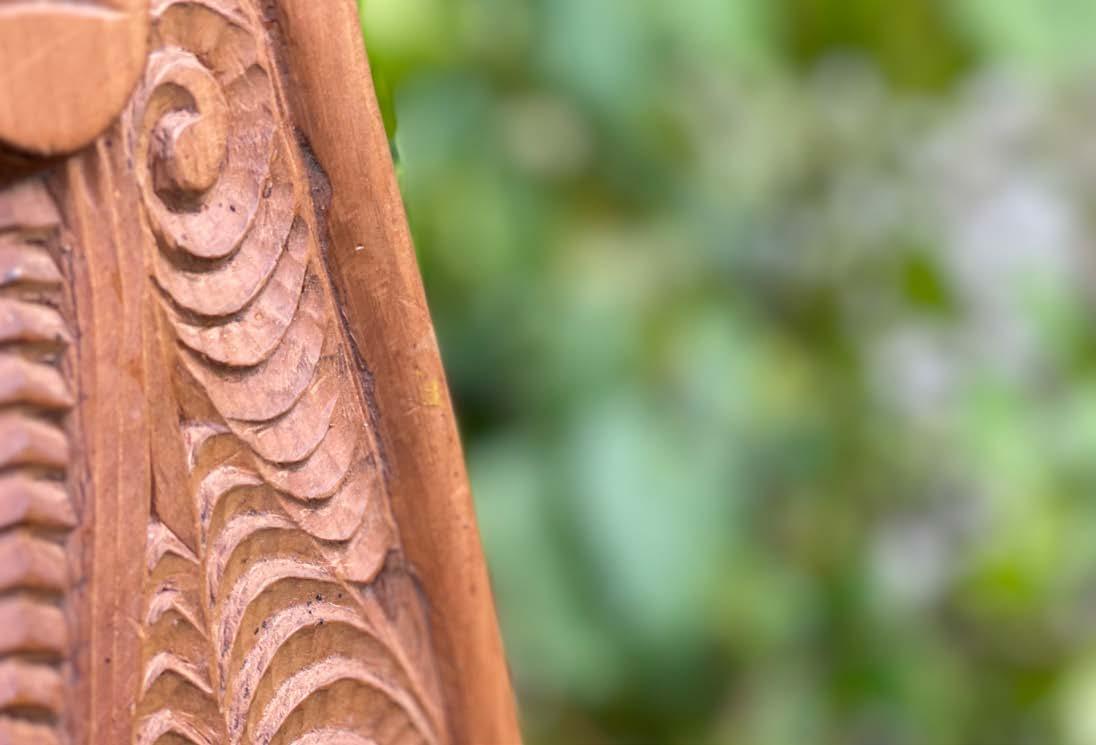

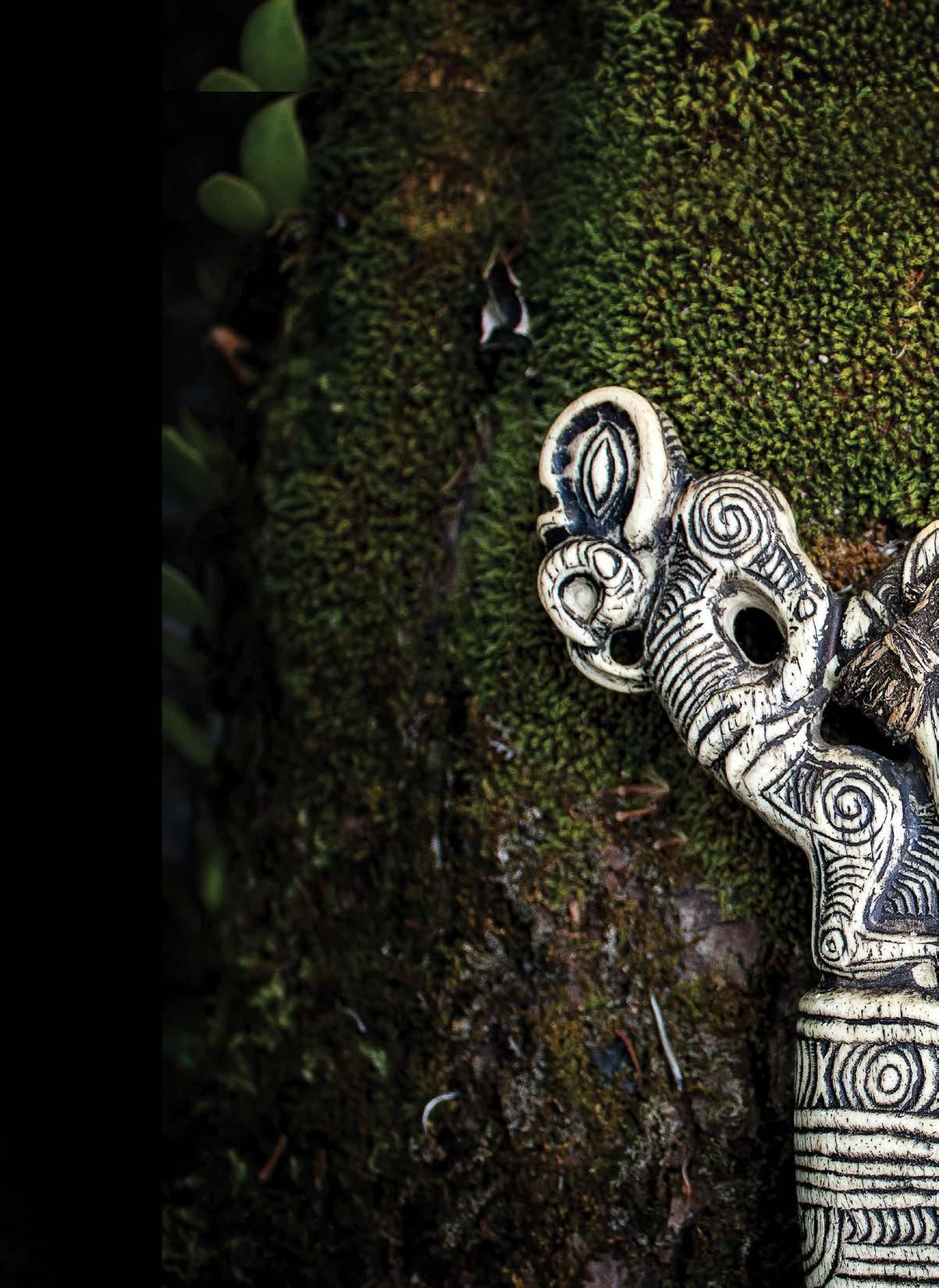
This year marks the 10 years of our commitment to Tuhoetana the foundation for everything we do.
“He Korona Whakataena” your Annual Report brings together the mahi completed across the year and consolidates it here for your reflection.

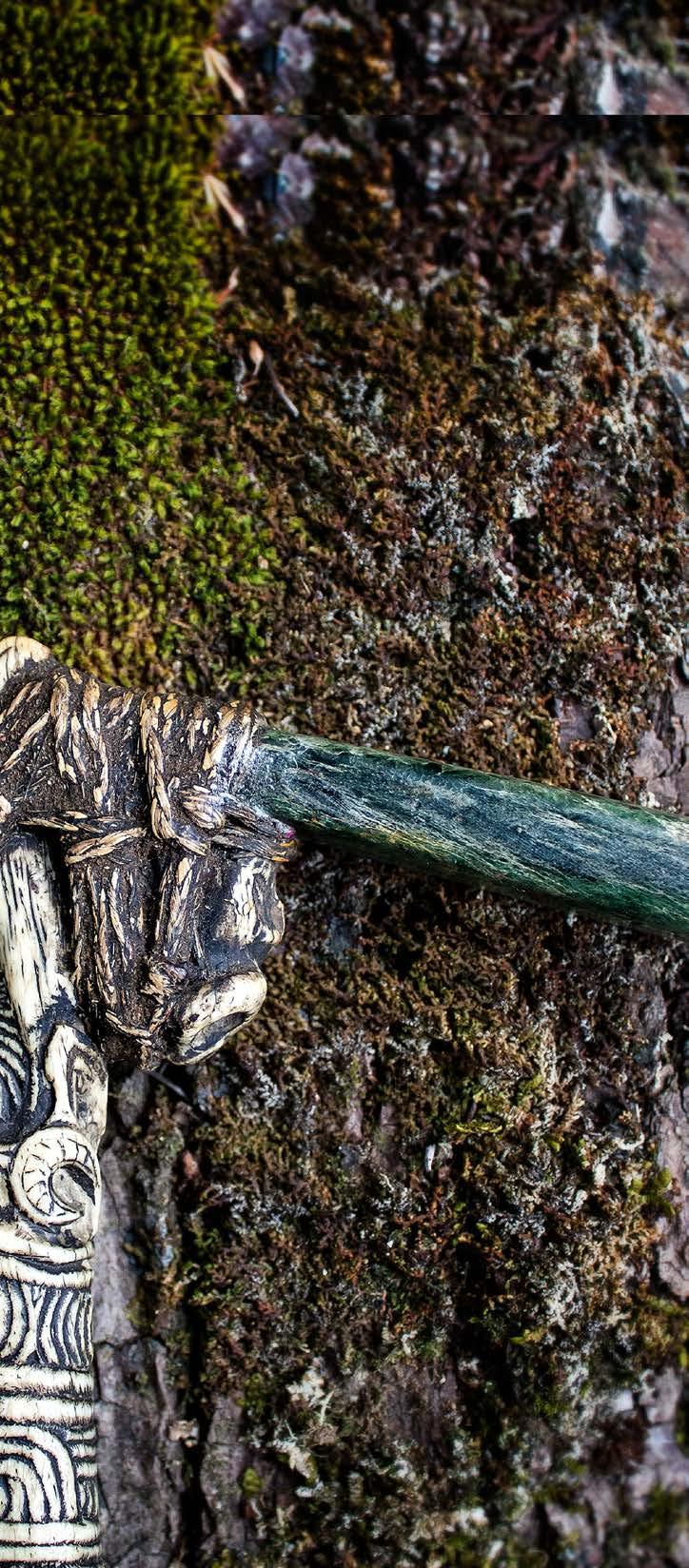
As we look back and reflect on this year’s mahi we also glance back at our first quarter of our 40 year journey to Te Mana Motuhake o Tūhoe.
oh boi we have had to put in some hard yards and face some hard truths and literally rebuild ourselves from the inside out. At the fore is the restoration and permanency of Tūhoetana.
For the last 10 years we have been working on ourselves, looking inwards, an internal journey. Unlearning the now in built distrust in ourselves, our instincts and each other. This is real and alive. To learn the distance of unlearning needed and to know the true cost of colonisation, we have found that this distance is impressive in scale.
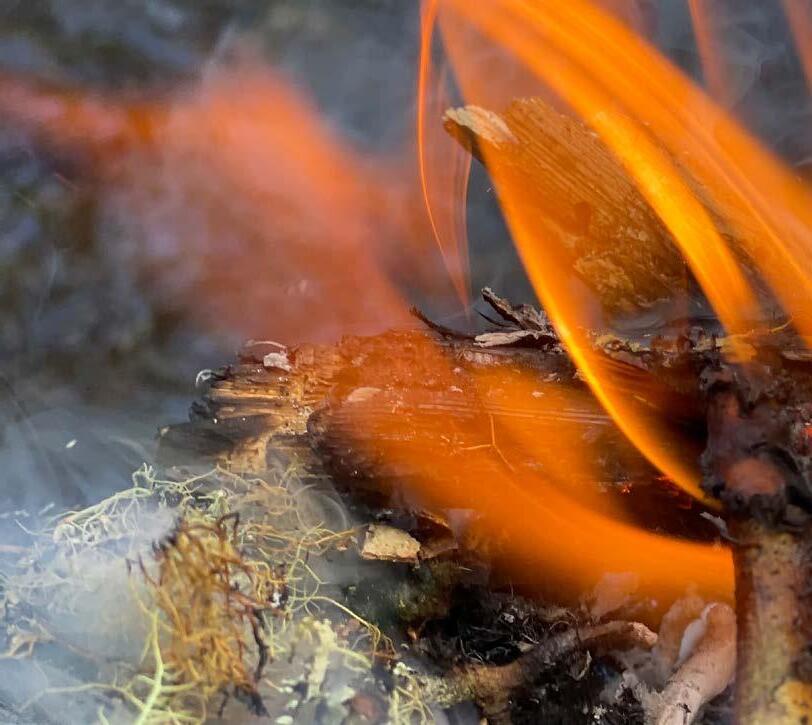
In-house fighting, whānau against whānau, hapū ahikā versus Marae Trustees, Tūhoe Tikana been trumped by Pākehā law and processes and promenading outside our Iwi tari, where did we even get that from. Transparency apparently means to take Iwi kaupapa and blast it all over national television and social media platforms. All distractions to mask the reality for some Tūhoe, they don’t know what it means to be a Tūhoe person. Tūhoe is a colonised Iwi.
The relentless ‘haere atu, hoki atu” era of court proceedings and the recent celebration of Te Kaunihera Kaumatua in the Supreme Court ruling ALLOWING kaumatua to return to the Māori Land Court.
“Te Whitu Tekau 1872-1895 –Te Whitu Tekau announced Tūhoe opposition to land dealings, surveys, roads, and Native Land Court, which were to be kept out of its boundaries”(DOS 2.82, wh 54)
This demonstrates that colonisation has been deeply embedded in our Iwi, in our older generations and the fact that they celebrate pākehā concepts of justice over Iwi and over tikana is sad. It’s also sad to see them been used in that way. What’s more sadder though is that the next generation of Tūhoe hapū leaders under their leadership would have those leaders trumped and suppressed by the oversight functions of someone else’s law. (TUT, 2024)
Our settlement has been directed by the lessons of the past, by the unfavourable and unpopular choices made steadfastly by our tipuna ranatira who died unfulfilled but envisioning a future time of resolution and peace for us all.

‘the Blueprint 2011 is our compass, the Deed of Settlement our map for the future”.
Our Tūhoe Settlement has always been about Te Urewera. For over 170 years the Crown had used different devices to remove us or exterminate Tūhoe from Te Urewera. So,when Tūhoe said yes to The Settlement we were saying that this will be the end of Crown Control and influence over Te Urewera and return her to the hearts and hands of Tūhoe to whom Te Urewera is our birth place, the home of our tikana and our Mana Motuhake. From here we created our Blueprint -The next generation Tūhoe, where our vision is Tūhoetana and our mission is Te Mana Motuhake o Tūhoe. Te Mana Motuhake is us Tūhoe, accepting our duties, obligations and responsibilities TO LOOK AFTER OURSELVES, and not be beholden to anyone. A truly free people are those who self-govern.
The way to the signing of this Deed may be likened to a wharenui, whose ridge beam, Tāhūhū, is the settlement hereby recorded. Supporting that beam are four posts. At the front, before the verandah, te roro o te whare, stands Pou Matāho. First within the whare, by the door, Tātau Pounamu, is Pou Tāhū. The centre post is Pou Toko Manawa.
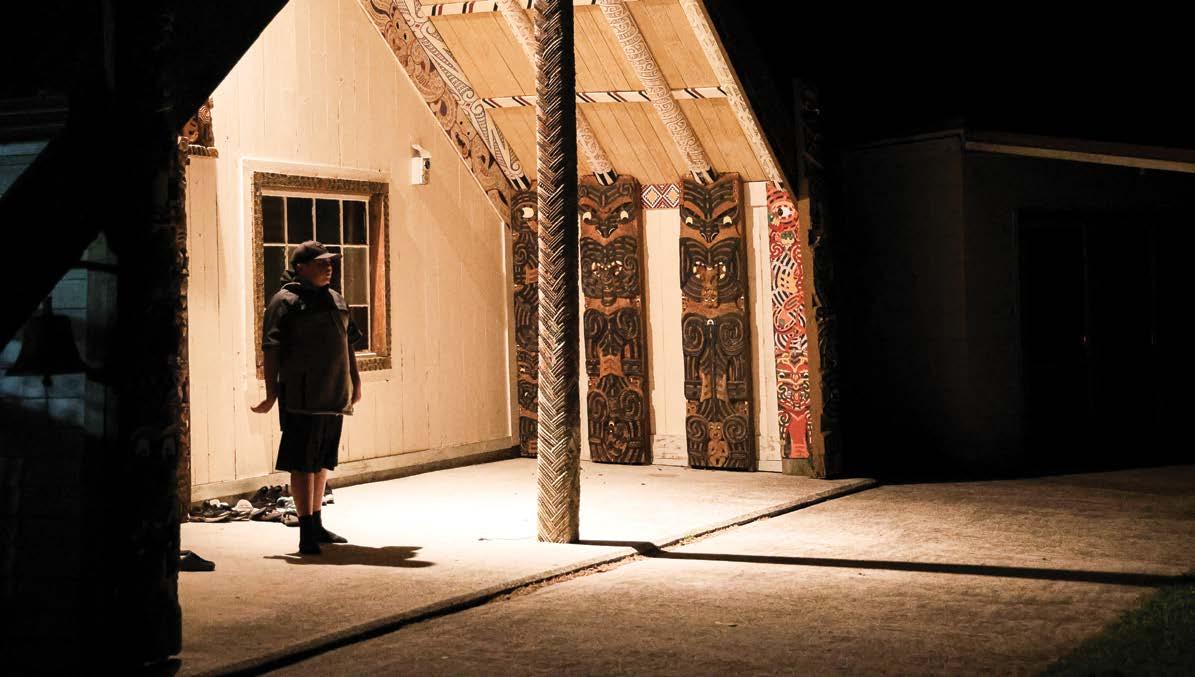
Pou Mataaho gazes past the paepae, across the marae, where there is no shelter from the fierce blaze of the sun or the bleakness of winter. It sees a century and a half of the pain-filled history of Tūhoe (DOS wh2).
Ko te tanata ka hana i te whare
Ko te whare ka hana i te tanata
On the 11th April 1888 was when Te Whai o te Motu wharenui was opened. The 1870’s was the worst decade to be alive and to be Tūhoe because of colonization, devastation and the Scorched Earth Policy. Surviving that era was an incredible feat. That is why we are here! But at that same time our tipuna and leader Te Whenuanui said to his people, “let’s build a whare”. Building a whare in those desperate times was unheard of. Te Whenuanui knew that building this whare would bring the people together, to inspirit them, to raise their capabilities and to give them a sense of achievement and fulfillment in building something they could call their own. Although these were times of depression and hardship Te Whenuanui gave the people hope, he had faith that there would be another time.
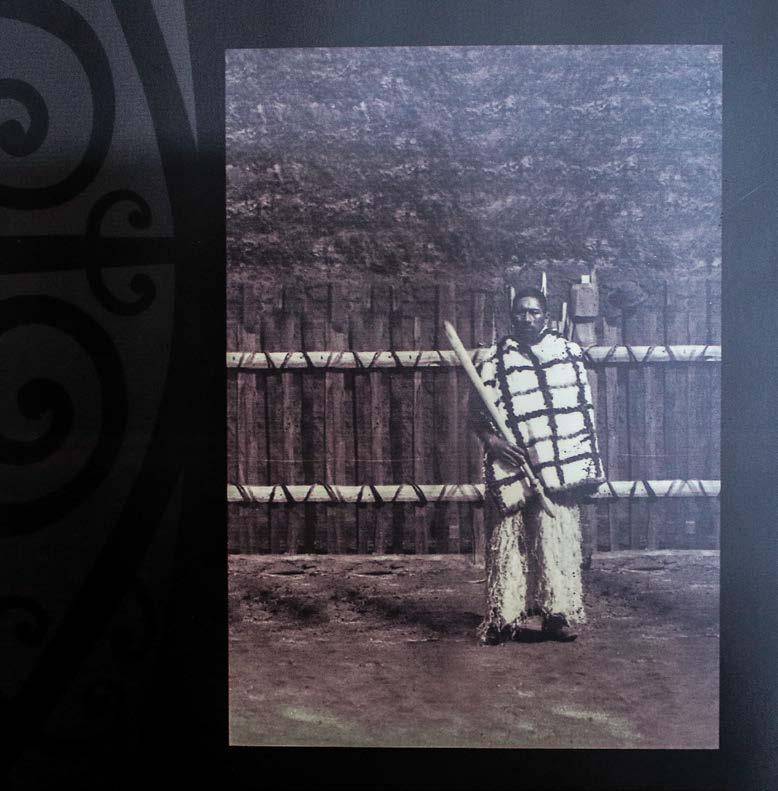
“The many hapū of Tūhoe exercised customary control over their collectively owned lands and resources; each exercising on independent mana born out of strong leadership and distinct whakapapa. At the same time those hapū are linked by whakapapa connections by what Tūhoe call matemateāone; the internal relationships that maintain the Mana Motuhake o Tūhoe. DOS”
Returning to a hapū way of life where you can live your Tūhoetana every day is the journey that Ruatoki and Ruatāhuna hapū are travelling at this very moment. Hapū villages is the response to their long standing worries and issues around whenua, tikana, disconnection and low ahikā numbers.
As the hapū brave themselves to fortify their hapū in to the future, a “batter up” approach has been used to work through their affairs.
The realisation that your hapū whenua or marae reservation is only a size small landlocked square, with outdated facilities, erosion issues and no possible avenues for extension, hapū have had to have those hard kōrero with the whānau to see who is caring and who is up to sharing. Literally share their individual land shares for the betterment of everyone. Hapū were overwhelmed by the ease of generosity of some and acknowledge this was a huge change in mind set for others and hei, kai te pai!
Tūhoe tikana has guided the village design as the marae is the core of the village. Relearning tikana concepts, exposing imposter tikana and realising that there are some instances where there is no tikana are all very revealing for hapū.
Dispelling the imposter tikana has seen hapū remove pākehā law and control off their marae. Meaning removing the Māori Court Land Trustees and Reservation off their whenua. The whenua being invested back to their hapū and tipuna ranatira with all the responsibilities, obligations to look after the whenua, their people and their whare.

Testing and growing our responsibility to our ourselves, each other and Te Urewera. It’s already teaching us that we need new habits, to replace the olds ones. Hapū village lifestyle workshops are underway where practices of mahitahi, whakawhanaunatana and mana are being strengthened.
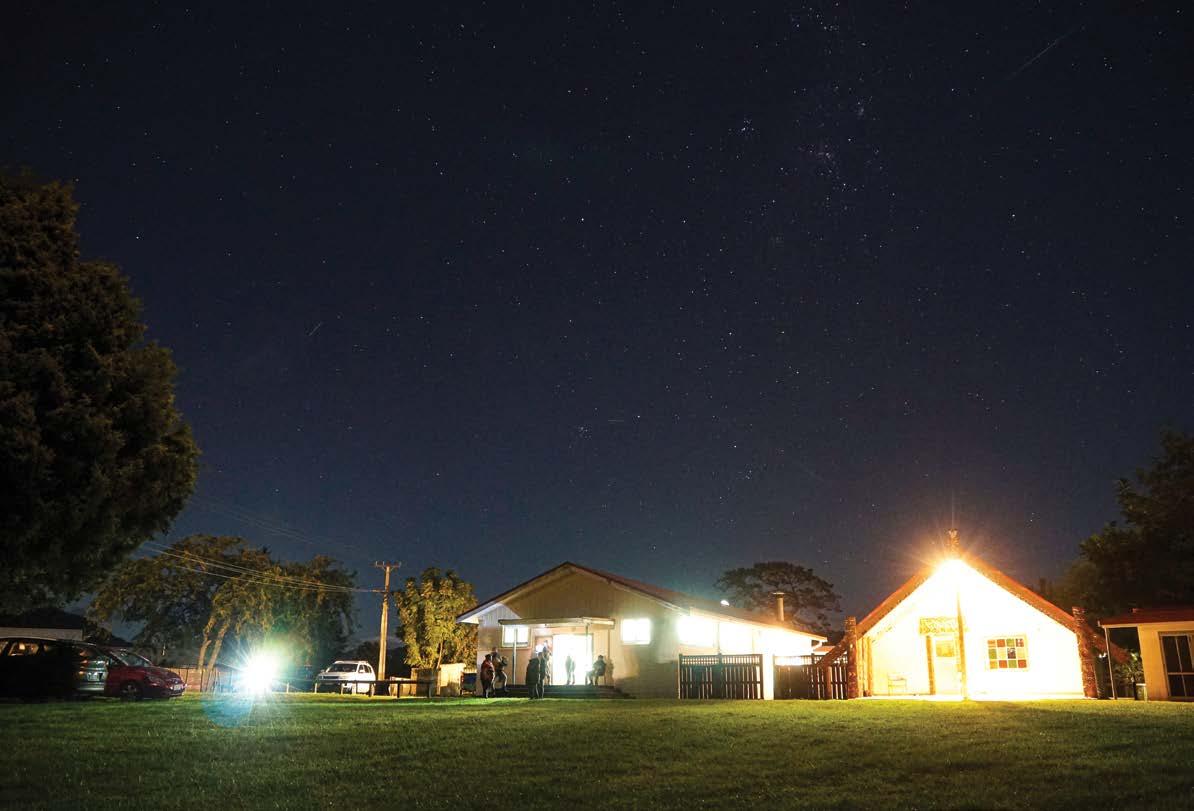
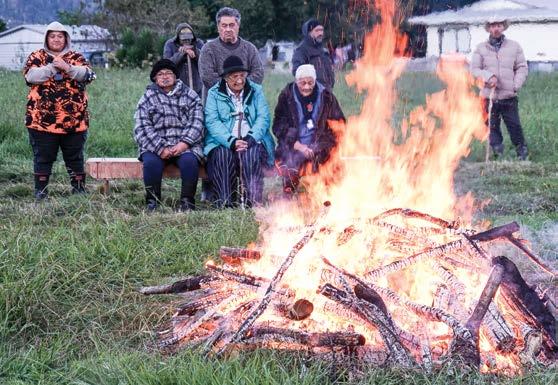
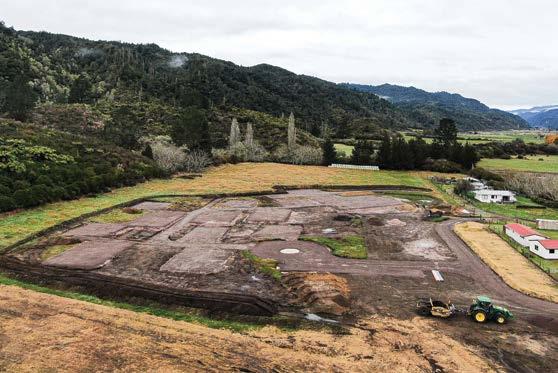
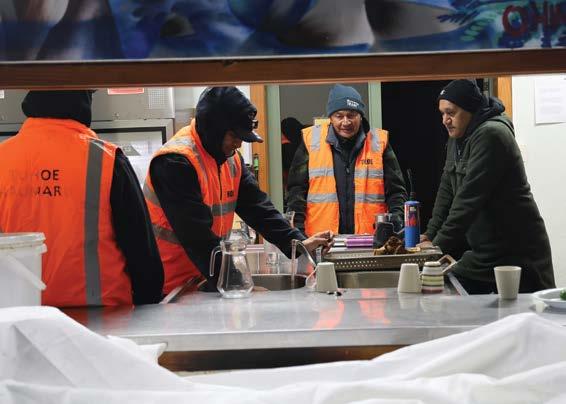

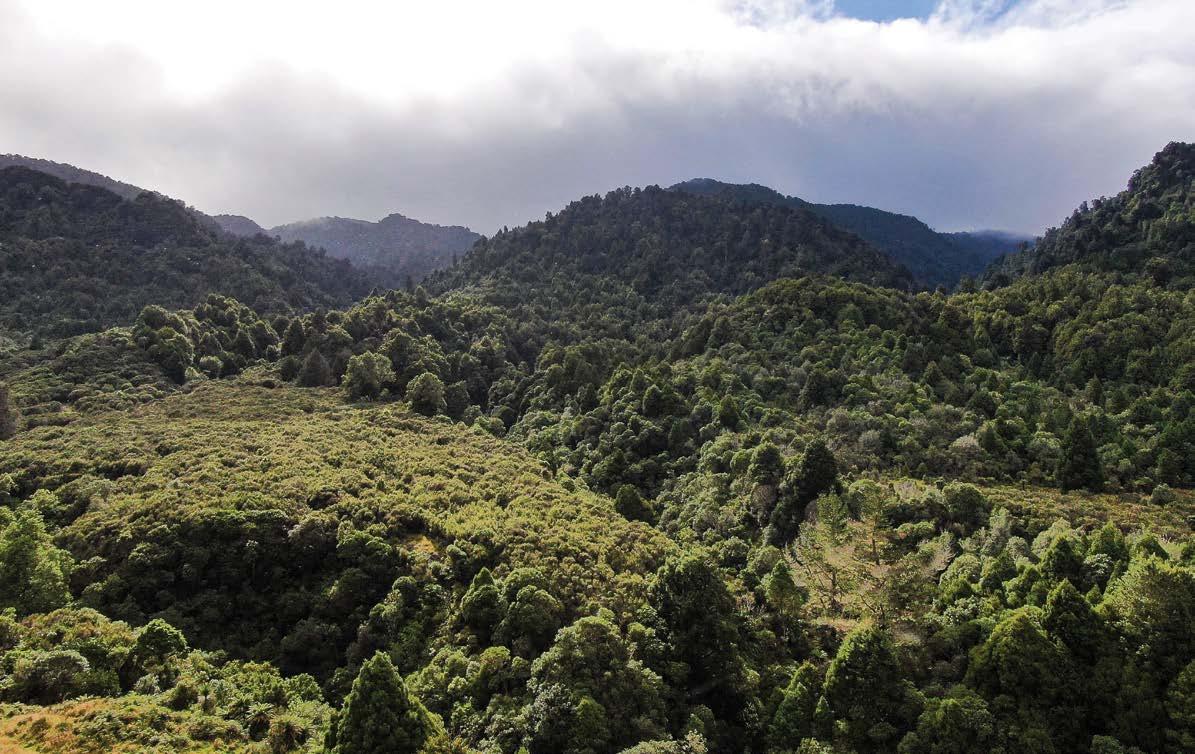
“But the Tūhoe and the Crown come together on the verandah, to talk with each other partially protected from the elements but not yet within the comfort of the wharenui. They pass through the greenstone door, by te Pou Tāhū symbolising the Compact made in Ruatāhuna in July 2011. They walk by the tukutuku of Service Management Plan, Relationship Statements and our writings of goodwill and co-operation, until they reach the Pou Toko Manawa. That pou signifies the elements of the settlement, Te Urewera and the material and cultural redress by the Crown”.
A global recognition of our everlasting kinship tie to Te Urewera after many years of disconnection because of Te Urewera National Park status and Crown ownership.
Achieving personhood for Te Urewera meant that Te Urewera will no longer be under the National Park status, under the Crown and Department of Conservation (DoC). All the duties, liabilities of Te Urewera will be the responsibility of Te Urewera Board. The Crown however, still has a responsbility to respectfully transfer the governance and management of Te Urewera to Tūhoe.
DoC struggled with this concept and became rather unco-operative and unhelpful. They did not maintain the current infrastructure within Te Urewera, placed too many restrictions on resource, reduced the on-going contribution to the operating plan and did not sign off on the new operating plan. Your Iwi got frustrated trying to do the right thing and waiting for DoC to do what was rightfully needed. Tūhoe was ready to divorce DoC.
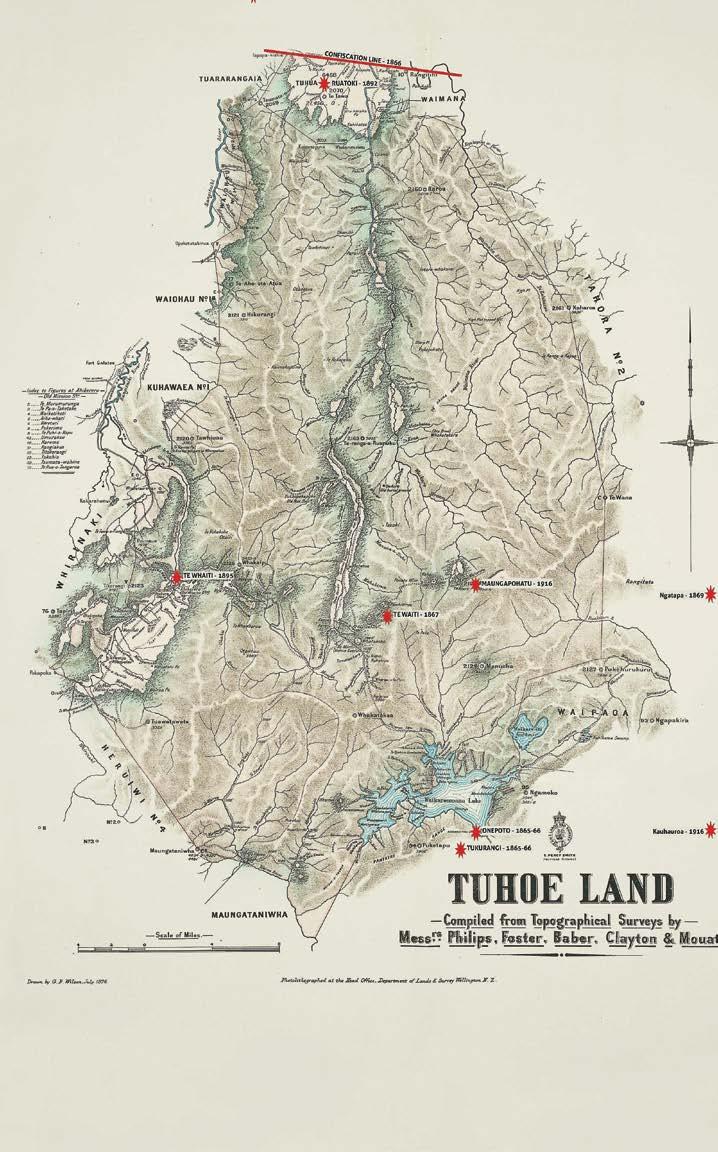
The Iwi gave DoC one last chance and a Mending Room approach saw a “honest broker” appointed to attend a Te Urewera Annual Operating Planning workshop to work through their issues. This approach has seen DoC go from uncomfortable and awkward working with Tūhoe to being helpful and cooperative. This huge breakthrough is seeing DoC take on their responsibilities by creating a new kaimahi role to work specifically with the Iwi to advance Tūhoe, Te Urewera priorities.

If
we are tanata whenua, what kind of tanata whenua are we?
Te Urewera legislation where no one “owns” the whenua, but rather we have duties and obligations that create and build the real tanata whenua.
To celebrate the 10 year anniversary of Te Urewera we invited ahikā from Whananui awa who has also achieved personhood for their awa tipuna, ahikā from the Nōtā, where their mauna are referred to as Te Whare Tapu o Nāpuhi and kaitiaki of the moana from the Tītī Island of Rakiura. As the voices from their whenua they came together to share with us their connections of what makes them uniquely associated to their whenua. A raw, straight up kōrero about waking up every day to their unique lifestyle. It was a great day to be reminded, to be the real tanata whenua Te Urewera needs us to be.

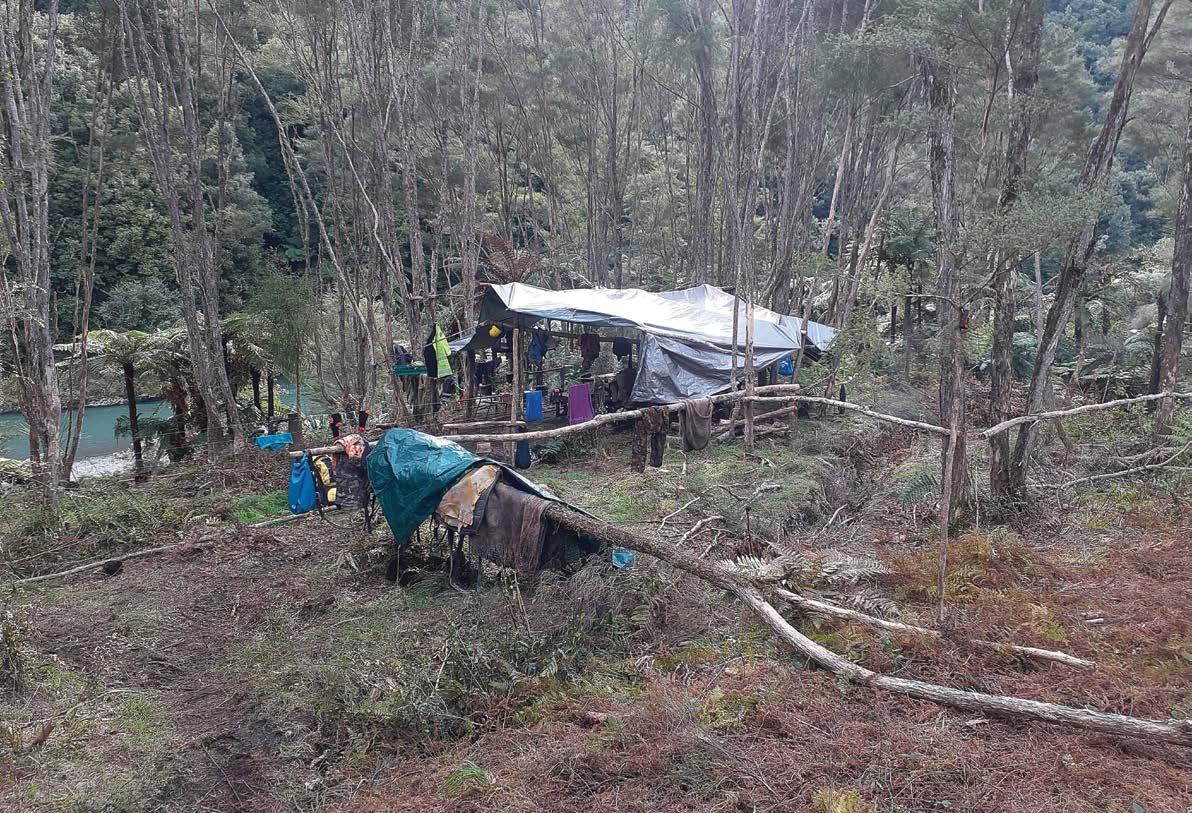

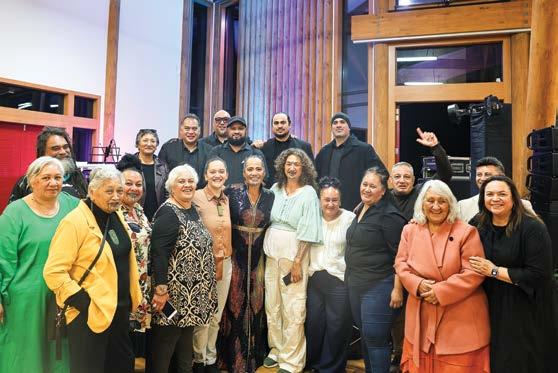

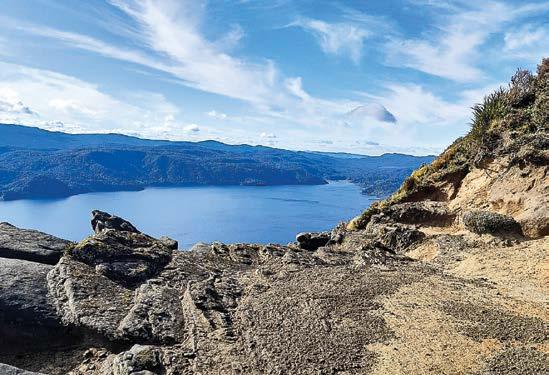
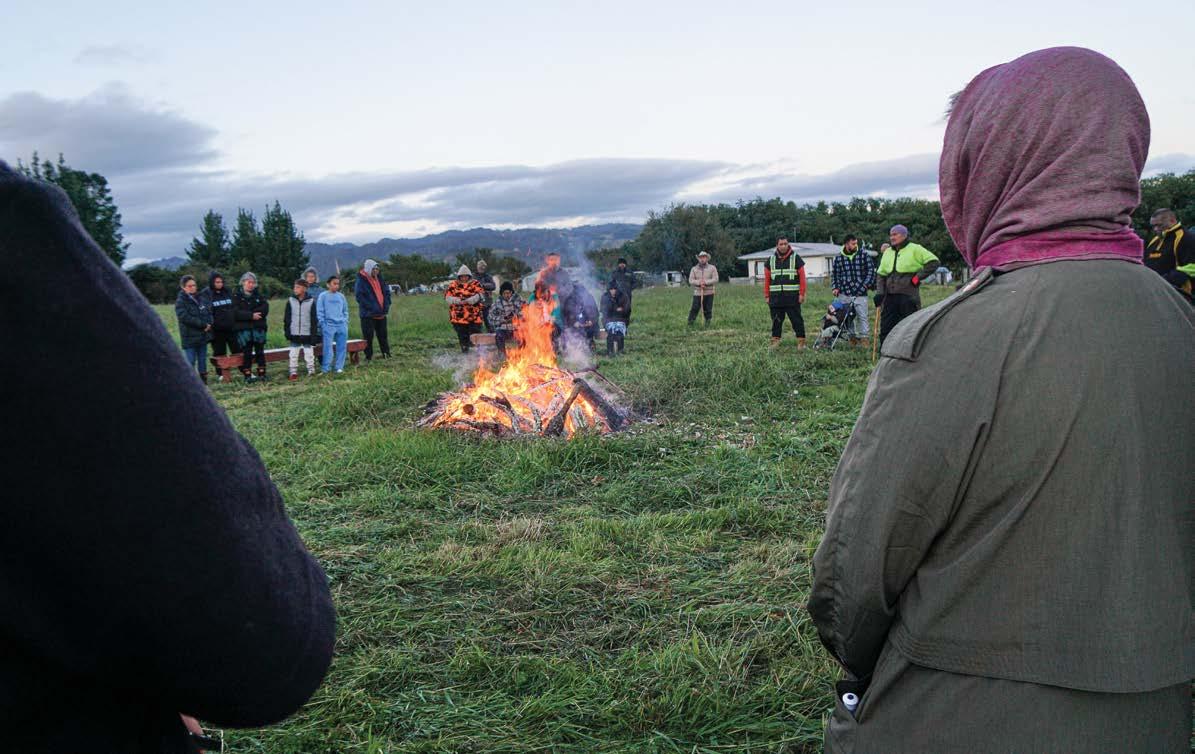
Yeah, we thought our biggest hurdle would be the Crown, but not even. Our relationship with the Crown through our high level compact, Nā Kōrero Ranatira ā Tūhoe me Te Karauna (The Political Compact) provided a foundation for Tūhoe and the Crown to work together, effectively a basis by which the Crown commits to its part in restoring Te Mana Motuhake ō Tūhoe. This has been achieved through He Tapuāe: Our Service Management Plan (SMP) and actioning one of the critically important recommendations which was centred on the need for Crown agencies to create an “authorising environment” meaning a specific Chief Executive mandate to deliver on agreed commitments. Ministry of Social Development (MSD) is leading the way here and there has been some good progress.
Through this working relationship, the Prime Minister visited our rohe in the middle of this year. Ae, that’s right Luxon, and some of his Ministers. Why we hear you asking? Luxon wanted to know, what is an Iwi? Luxon and his Ministers perspective is that an Iwi is a SERVICE PROVIDER, you provide services for your people, you honi, haka and have a hāni. Well in a low key kind of way, we dispelled those illusions as he saw all the life transformation projects that your Iwi is doing without him.
“We are designing by our own heart and hand, the manner and agency by which we will sort the future. Tomorrow, Tūhoe futures are looking superior to yesteryear” (BP, p6).
Our past shows that our Iwi was forcibly evicted from Te Houhi, deliberately displaced and betrayed. What endures though is the whenua has memories and predictions of promise for renewal and regeneration of Te Houhi and its people. It looks forward to a day when the land will again sustain and nourish its true people.
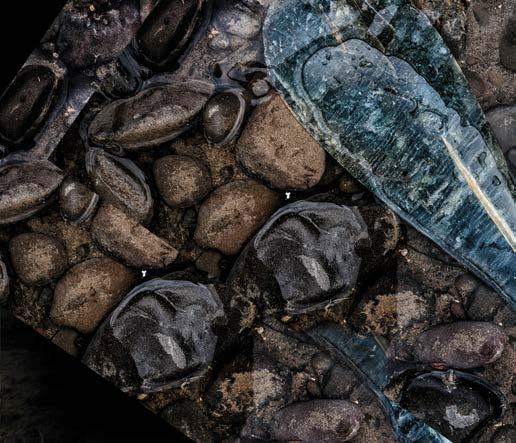
We know that our connections to the whenua and each other hold the key to our wellness. A wellness that is measured in aroha, generosity, and sharing. That intangible feeling that tells you, you have a place, you have a purpose and you are a meaningful part of something special and you are loved – that’s matemateāone tētahi ki tētahi.
We are re-adjusting our measurement of wellness and our Tūhoetana affirms that we re-learn to live our lives in a way that is neither entitled nor disconnected.
Growing our connections to our whenua, to our taiao and each other have been the pillars of Tūhoetana and fuel for our ahi kā roa mai rā anō.
What is Te Houhi?
Te Houhi is a place for strengthening whānau and all that it entails, which means living our Tūhoetana every day.
How do we live a Tūhoe way of life?
Tūhoe have a lot of healing, mending and care that needs to be done first. Our whānau have suffered a lot of trauma, neglect, crisis, addictions and hardship. We want to see the development of whānau led early intervention and prevention ideas, methods or strategies that assist whānau to deal with their mamae, frustrations, mistrust, aggression and disappointment.
We live in a ao with great barriers and this often places our people, our whānau in connotations, standards and stereo-types that don’t really serve us and what this does to our whānau is it displaces their ability to reach or even explore their full potential.
Learning and understanding our Tūhoetana provides whānau with tools to overcome those barriers.
Te Houhi also allows time and a space to find out what our whānau aspirations are. What did they dream about doing or where they thought they wanted to be if they had the opportunity. Here they can identify their goals and work out ongoing support to enhance their aspirations.
Kuaka Māranarana, taking its name from the manu, the bar-tailed Godwit Kuaka. A manu that has a strong sense of place, resilience and is known to undertake one of the longest known annual migrations. When in-flight the Kuaka fly in a flock, taking turns between leading the pack and supporting the leader.
Supporting whānau to be free from addictions, to be brave and help themselves out of the state of kahupō and move in to “te ao mārama” is also a long distance to travel, for some it can be never ending. The Iwi has invested in Kuaka Māranarana who has made a commitment to support whānau who consciously choose to kick their addictions and be a part of a thriving, supportive and safe community.
Knowing the vastness of this addiction space, mighty prevention intervention approaches are needed to disrupt the norms of whānau living day to day lives to see the different possibilities and opportunities available to them growing capability and care. One of these, Tribal led, hapū based driver training on the marae. Tribals capability grown to driver learner licence training, hāpu turning on the opportunity, and whānau breaking through the barriers that have held them back. A sense of achievement, independence, safety and pride bought about because, eah you
passed sometimes you’ve tried four, five times. The Hapū approach is really about giving whānau another reason to come together and do stuff together, doing the licence is enabling hapū also be responsible for building their hapū capability, making hapū and the marae the centre of fun, learning and support for each other again.
10 Driver licencing courses have been rolled out this year on the marae, 100 % pass rate.
It takes a lot of convincing before Tūhoe go to see the doctor. When whānau do go to the doctor it’s a real big deal, because they have tried everything they know how to do and now are really concerned about themselves. So, when Tūhoe whānau visit our Tūhoe Medical Centres our teams make the most of these rare occasions.
GP consults are all spent on connecting with their patients, explaining the seriousness of their medical condition, so yup you get a little growling but that’s because they care. Sharing the truth of it, what’s caused the serious condition and what action can be taken to improve their health situation, is at most times the motivation for paitients to do better for themselves. Health Care Assistants, Receptionists and Nurses band together to support the whānau activating their healthcare relationships to connect whānau with lifestyle educators and motivators. This approach helps to lift the worry off the whānau as they go home knowing what to try next and knowing they have support and they can take the lead in caring for themselves. When required follow up visits are planned for accountability highlighting that it’s the little things that make a huge difference and paitients are encouraged to keep doing better.
This has been the journey of Tūhoe’s medical centres, it’s a journey of resilience, vision, and an evolving commitment to creating a foundation for wellness that transcends traditional healthcare. What began as an urgent response to meet primary care needs has grown into a network that seeks to nurture not only physical health but a broader vision of wellness for the Tūhoe community.
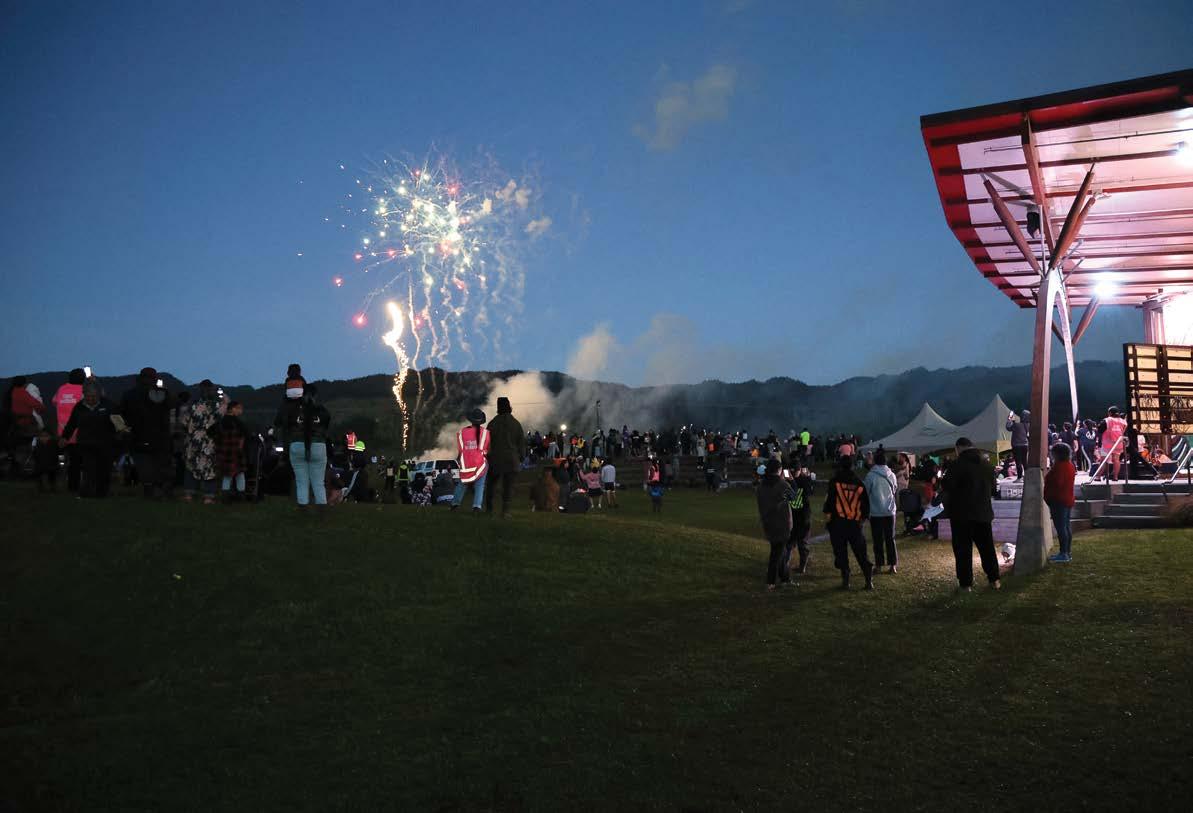
With Tāneatua, Waimana, and Kawerau medical centres in place, Tūhoe now looks toward establishing facilities in Ruatāhuna and Waikaremoana creating a network that offers healthcare access throughout all four rohe.


Te Mana Motuhake o Tūhoe represents our true health. We envision health responses within Te Urewera that deliver targeted care and embody true health. This is achievable when we embrace self-sufficiency, cultivate self-respect, practice self-discipline, and exercise independence of judgement and decision-making.
Tūhoe and Ngāti Whare have united to create Te Manawa o te Ika IMPB, forging an alliance for Te Urewera and Whirinaki rohe. Te Manawa o te Ika embodies the essential connectedness to the environment, emphasizing that the health of our people is directly reflected in our whenua.
The IMPB is a tool that will support us and quicken our health aspirations. He Tapuae has supported our journey to manage mis-steps by the Ministry of Health and formerly Te Aka Whai Ora (TAWO) in the setting up of neighbouring IMPB boundaries. The boundary conflict is on-going and currently sits with the Minister of Health, to correct Ministry errors. The Minister of Health recognises the mis-steps and is working with neighbouring IMPBs to rectify the gazetted boundary issue.

This will see Tribal’s replacing DHB’s – setting hapū priorities to be answered by hapū therapies and responses.
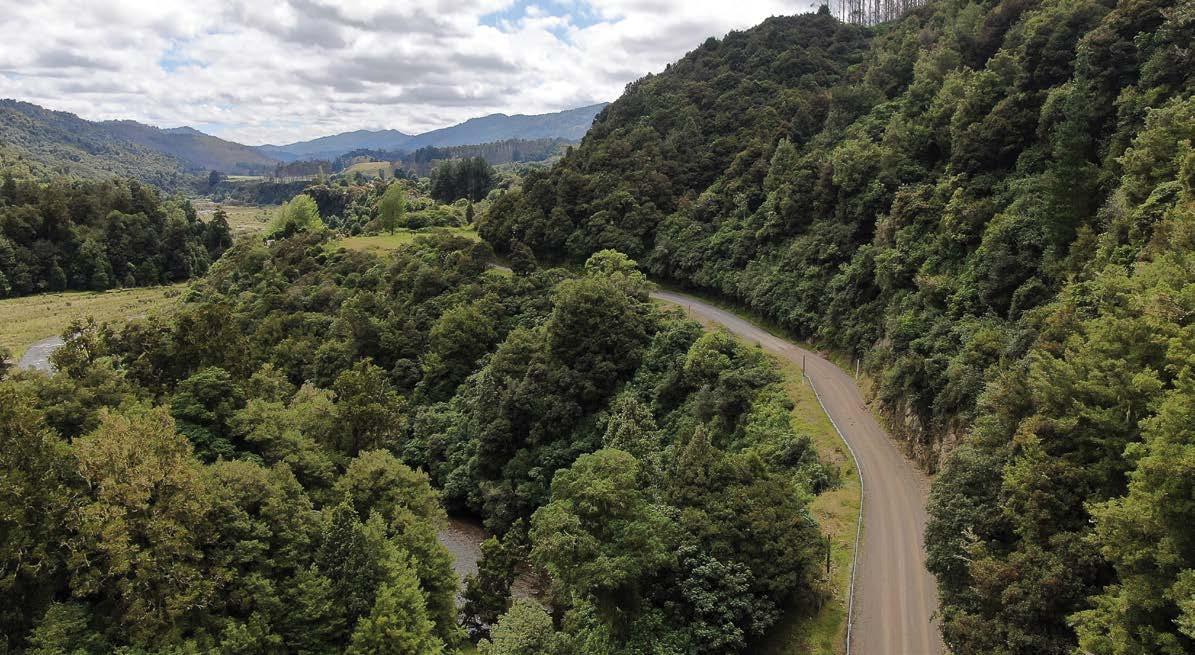
“So with our heart and our mind, and with all goodwill, we accept and celebrate this Crown apology. The door to the future is open” (DOS 5.14 -wh171)
Under the vision of Natures Road, since 2016, the Iwi has invested in developing Tall Oil Pitch (TOP) sealing material as an environmentally sustainable, low impact alternative to petroleum -based bitumen, to improve Te Urewera roading while preserving the natural environment.
Following the successful trial of the product on the small sections of the road lead out by the Tūhoe and WSP Opus in 2018, work to seal three new sites which have now been completed. These three newly sealed sites will now be needing monitoring and maintenance, presenting a livelihood opportunity.
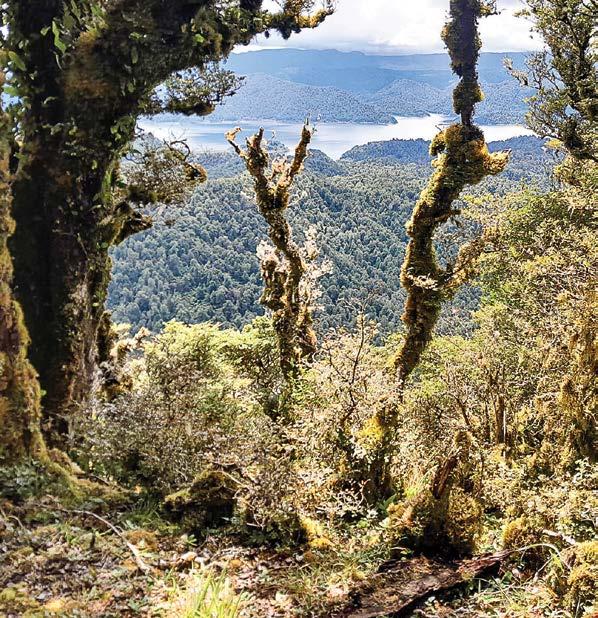
Whānau born and raised in Ruatāhuna and Waikaremoana have plucked up the courage to put their hands up to take on the role and responsibility of monitoring and maintenance of the rori.
Whānau have been out and about already capturing recent roading observations and have revealed some interesting facts. In some areas along the Mimiha to Totarapapa site the recipe mix has held well and in others it has not, forming potholes. Finding the cause of this erosion is working through theories such as the depth, the location of potholes, low to high impact from vehicles and even the recipe mix. Interesting science to further investigate natures road improvement and driving experience and as our roading ‘Te Urewera IP’ starts to grow from within the whārua creating solid foundations for lasting whārua livelihood benefits.
We are already seeing whānau being the inspiration, pushing themselves to be smarter, becoming the trainers for other whānau to help break through their confidence gap and give other livelihoods opportunities a go.
Awahou Quarry’s establishment goes beyond financial returns, it represents Tūhoe’s commitment to supplying the foundational materials needed for projects such as Hapū Villages and Natures Road. This quarry enables us to meet our own infrastructure needs directly, reducing reliance on external sources while staying rooted in Tūhoe values and sustainable practices.
Throughout this journey, we have focused on building critical capabilities among our people, encompassing health and safety, environmental management, and technical expertise in quarry operations. Working with partners like Wilson Bros Earthmovers has facilitated the development of skills in material grading, screening, and market analysis, preparing Tūhoe individuals for greater responsibility in managing and operating the quarry independently. This training as we go supports our longterm vision of Tūhoe-led operations and community-centred infrastructure.
Awahou Quarry is poised to be a sustaining resource for Tūhoe, offering both material and educational benefits for generations to come. Our focus in the coming year is to see the quarry reach full operational capacity, solidifying its role in supporting Tūhoe projects and training future leaders in resource management.
We’re back on the lake again! As the Iwi moves to invest in whānau livelihoods we have seen the launching of Waiwai Xpres the newest Water Taxi on the lake at Waikaremoana! The Waiwai whānau whakapapa to Waikaremoana, growing up and working on and around the Lake, whānau who have worked to line the pockets of others their whole life, now working for themselves, creating mahi for others, while caring for Te Urewera and knowing her limits. For the last two years they have been taking this opportunity to explore what is takes to build a sustainable livelihood in Te Urewera and how whānau living in Waikaremoana can restore and strengthen Tūhoe tanata whenua values of manaakitana at the lake.
With the acceptance of the first official Tūhoe Friendship Agreement with Te Urewera Board, Waiwai Xpres water taxi is a practical expression of the Iwi reinstating Tūhoe culture and heritage back at Waikaremoana, through whānau livelihoods. They are offering a unique experience driven by manaakitana, care for Te Urewera, connection through kōrero and a good sense of humour.
All new adventures do not come without its challenges as deliberate sabotaging of manuhiri experiences with Waiwai Xpres has been seen coming from pirate boaties who choose to ignore the lore of the land. When you come from a close-nit community, where everyone knows everyone and is well supported, these issues are worked out very quickly.
Establishing the infrastructure needed to launch a new livelihood venture has raised the importance of components such as technology, branding, advertising, finances, emergency rescues, machinery, compliances and a playfully capricious lake to navigate for smooth sailing. This experience also makes for great capability building of people and resources.
When Te Tii opened its doors on April 11, 2018, this vision became real. With it, the foundations of a brighter future for our hapū and whānau in Ruatāhuna.
Since then, we have invested deeply in Te Tii and the wellness of our Hills folk. With every resource, every project, every step, we have built a foundation rooted in our values and aspirations. Te Tii development has seen the construction of Tribal buildings, a wellness centre, a recycling shed, housing support, water projects, and spaces for music and fitness –each a reflection of our strength and shared purpose. This has not only created jobs and developed skills but has also empowered local businesses, bringing pride to our whānau as they see Ruatāhuna grow stronger and become a vibrant community once again.
The upcoming handover of Te Tii to a local whānau in Ruatāhuna who are now the new management, represents a moment of pride for us all. The handover on October 1, 2024, aligns with our wider livelihood venture initiative. Ensuring that Te Tii will serve as a foundation for new opportunities, skill development, and sustained community growth.
This handover isn’t simply a transfer of responsibility; it affirms our belief in our collective strength and our shared vision.
“These are the aspirations of Tūhoe, that our Mana Motuhake will strengthen and evolve over the generations so that Tūhoe will again, one day, be an autonomous people living in and administering it’s own homeland”
(DOS,4.37.3-wh172)
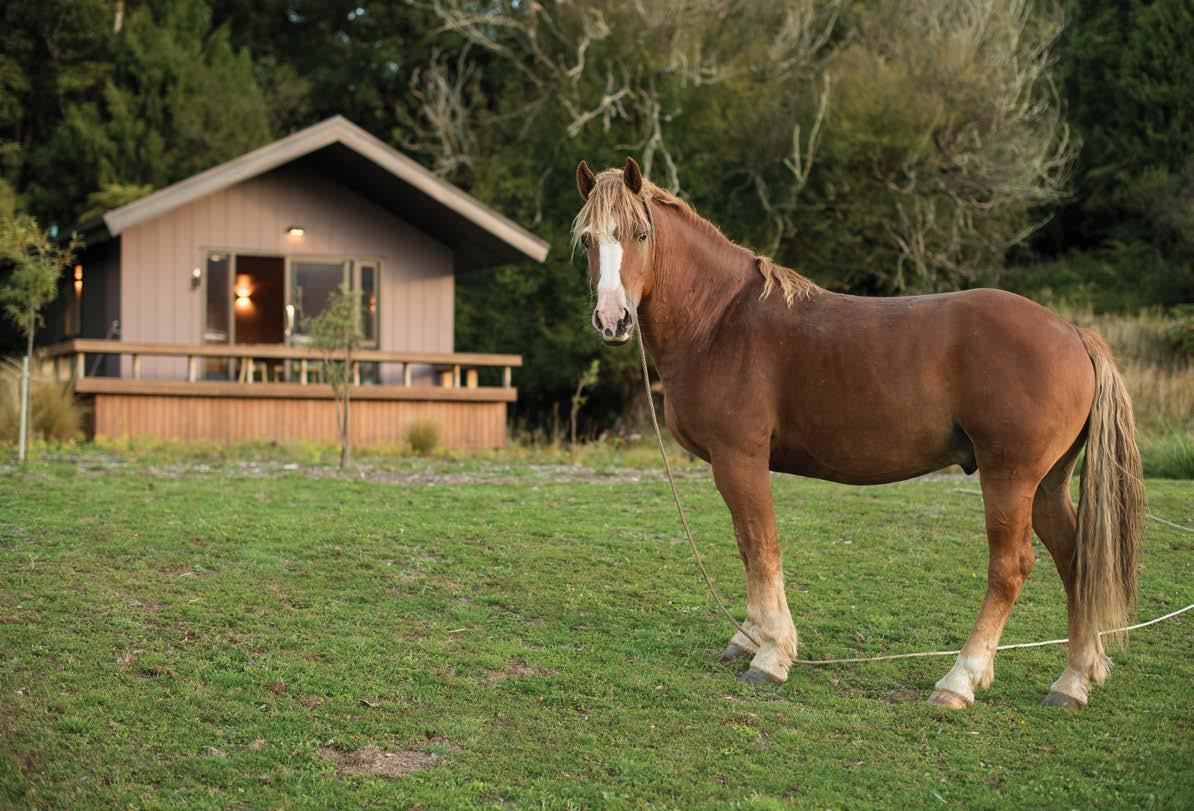
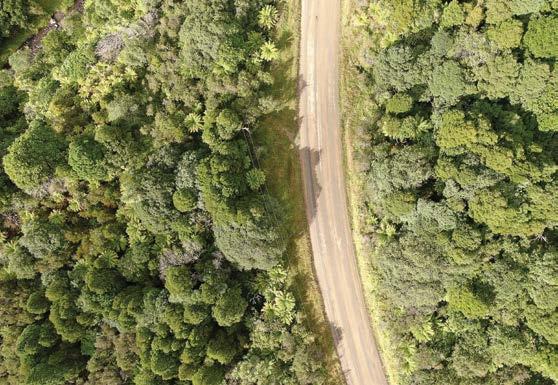
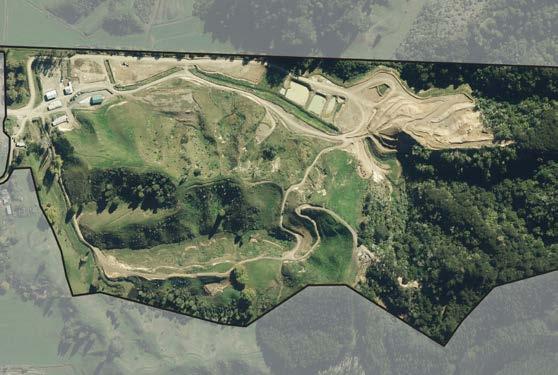

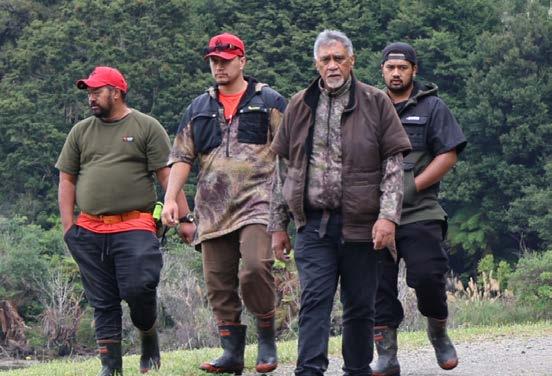

TUHOE Crown Settlement Day


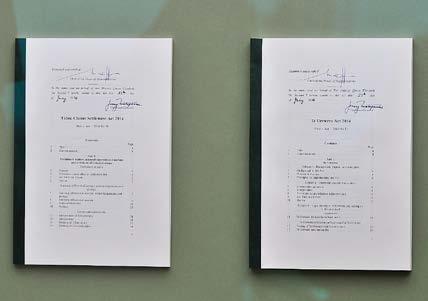
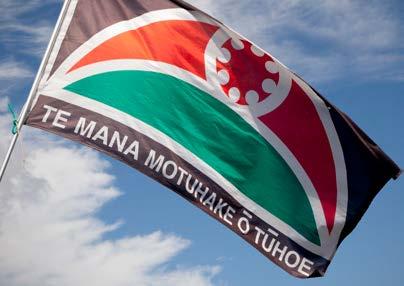


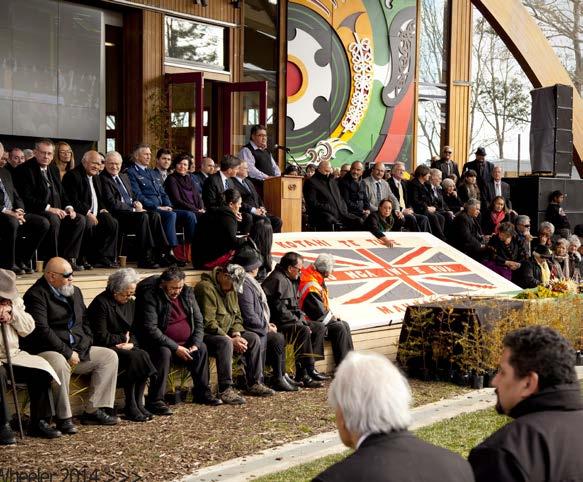
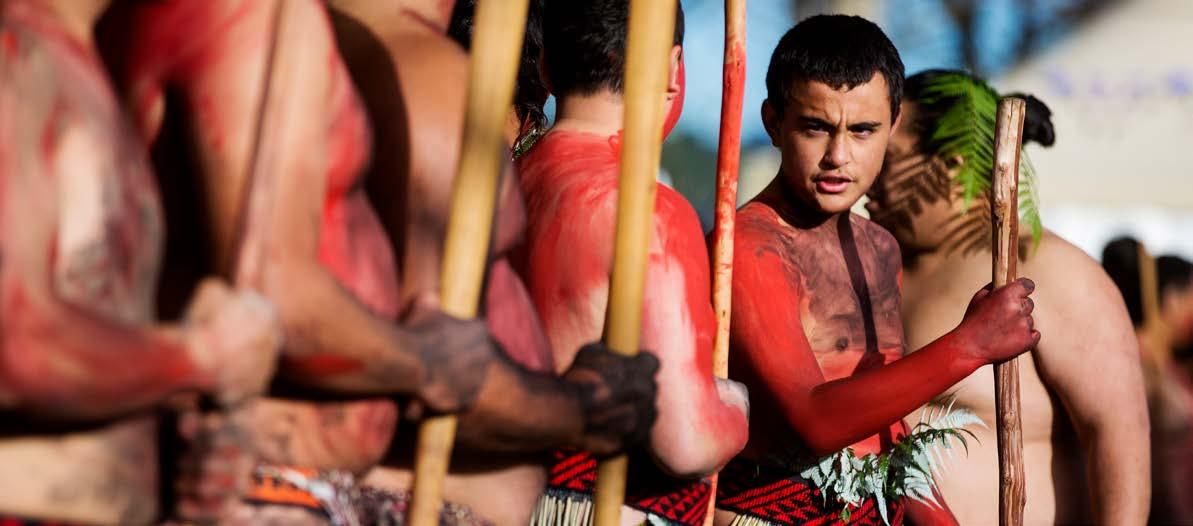


Te Urewera Triptych Installation
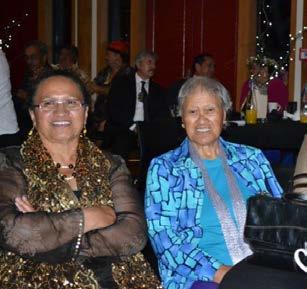
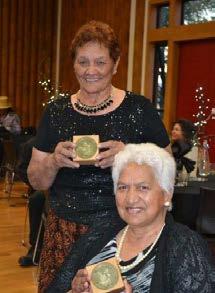
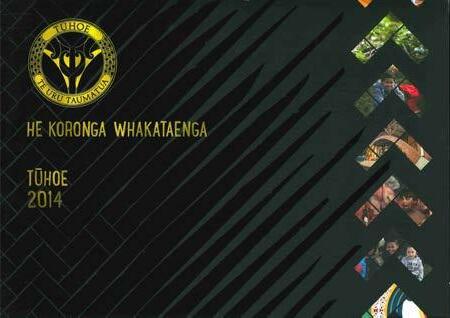

Tūhoe Entities Commemoration
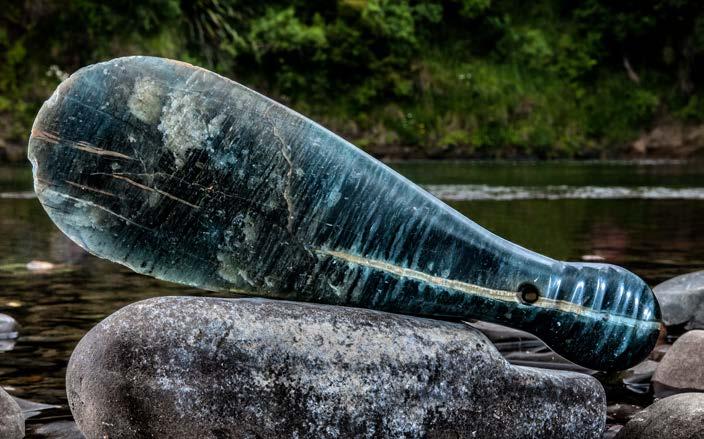
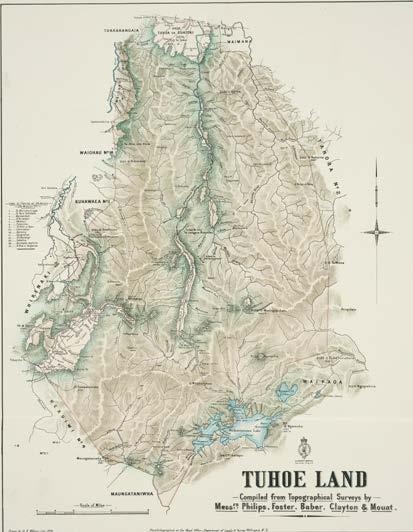
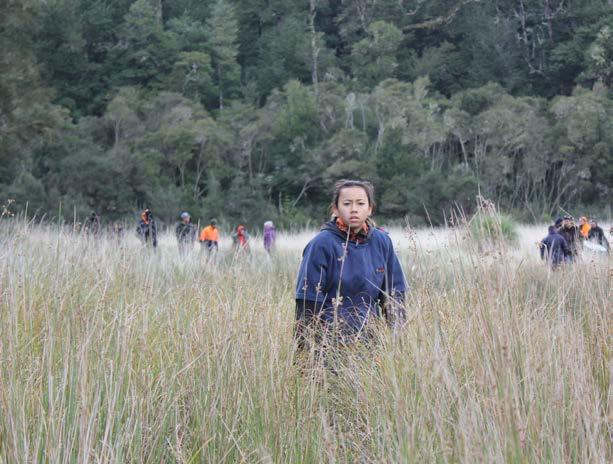
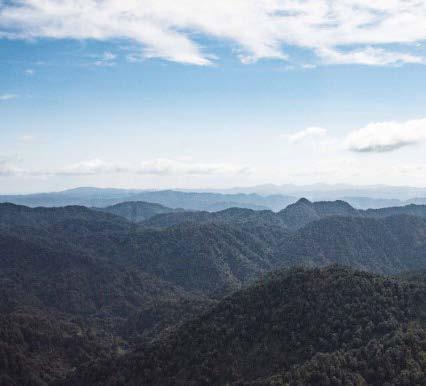
Kiwi Trans-location Puketukutuku Peninsula
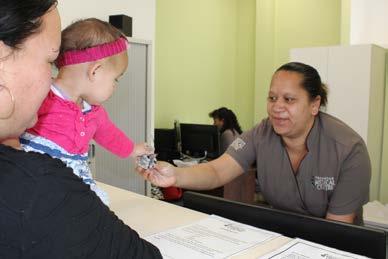
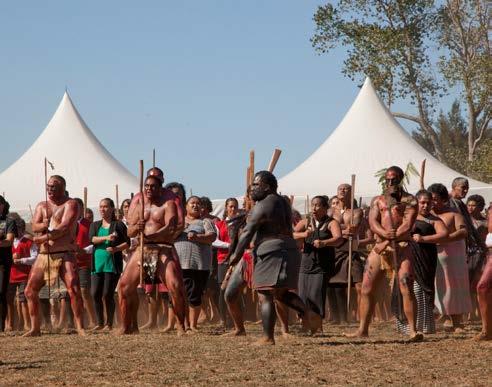
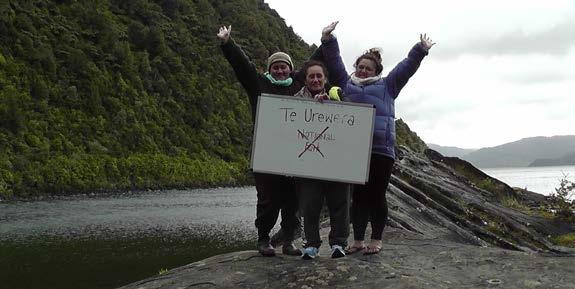

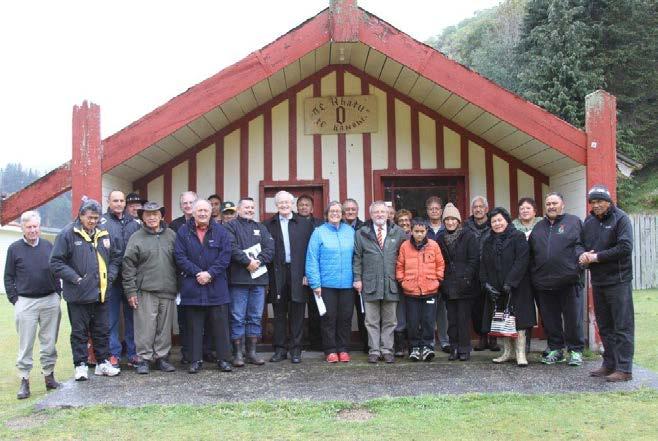
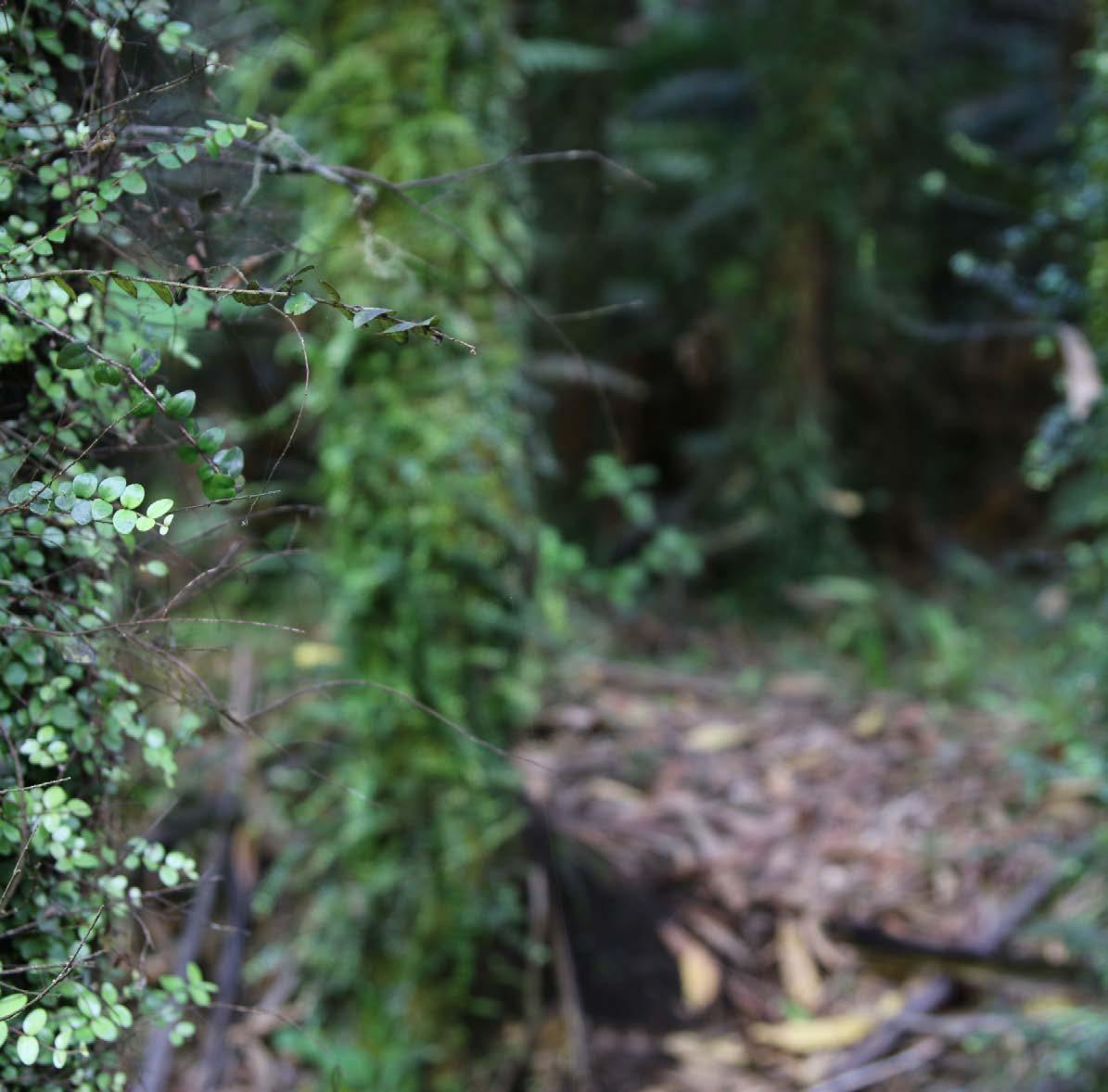
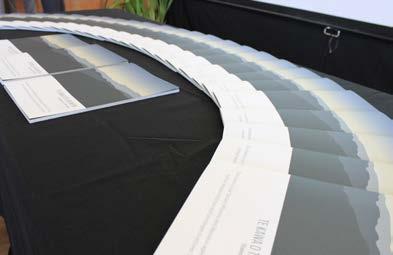



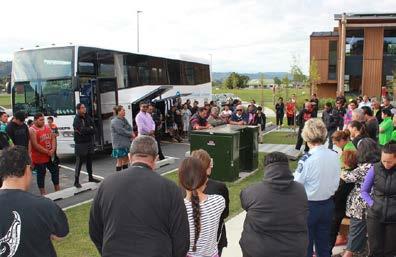
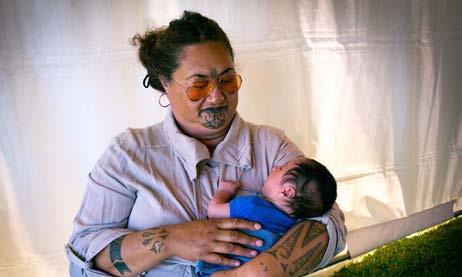
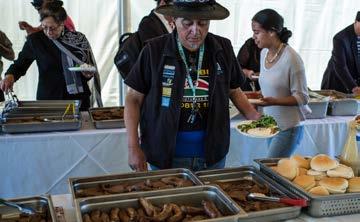

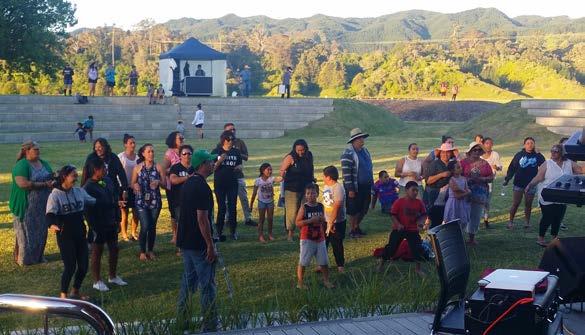
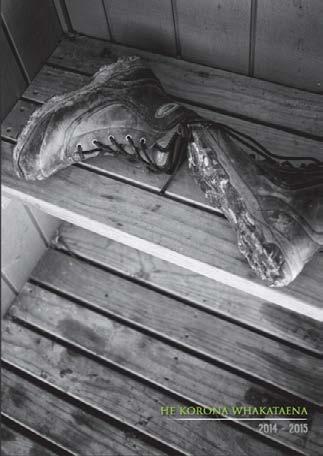
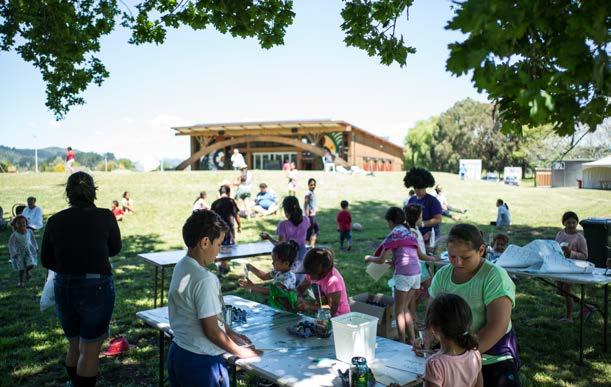
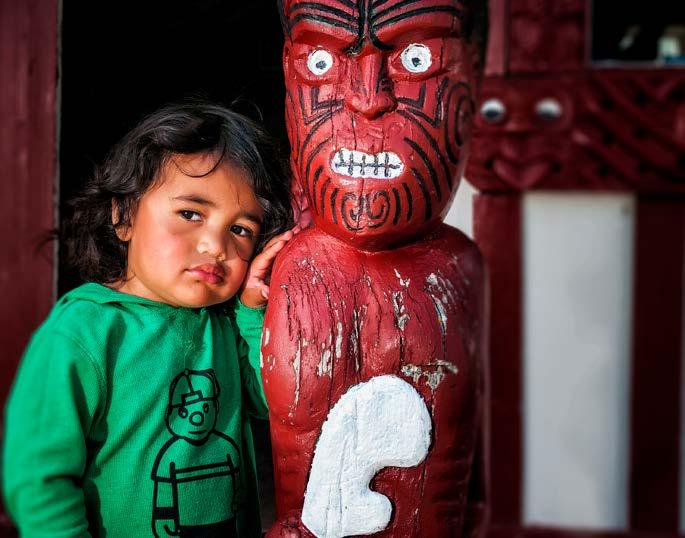


Waikaremoana

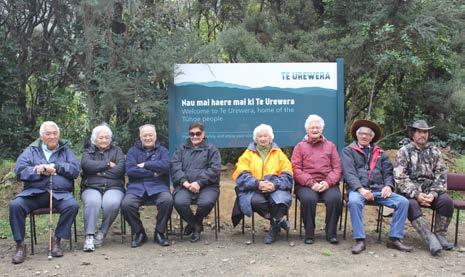
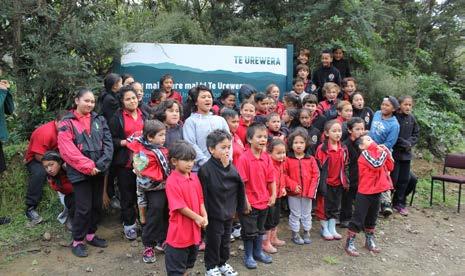
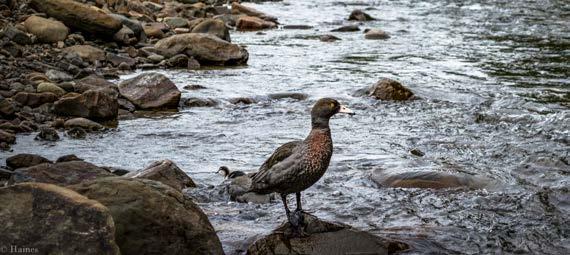
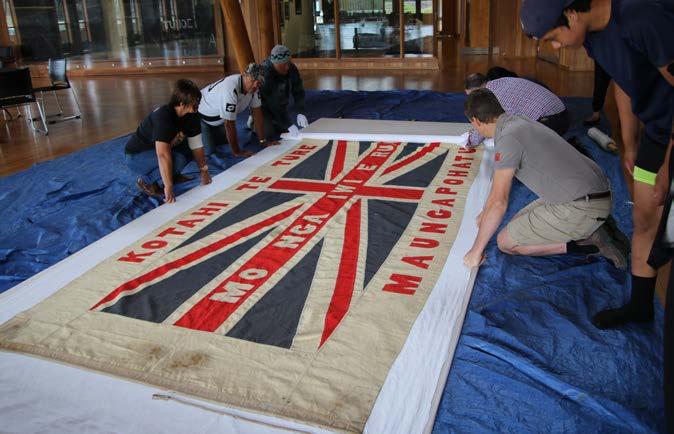
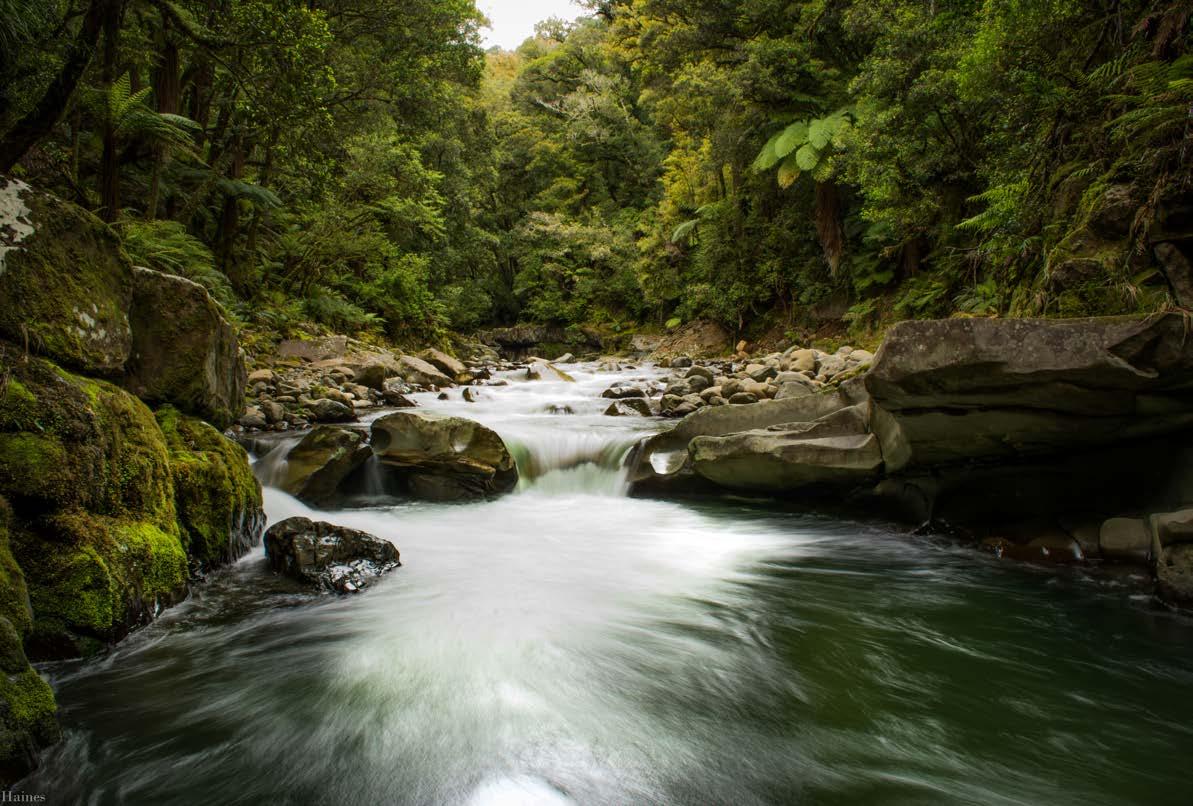
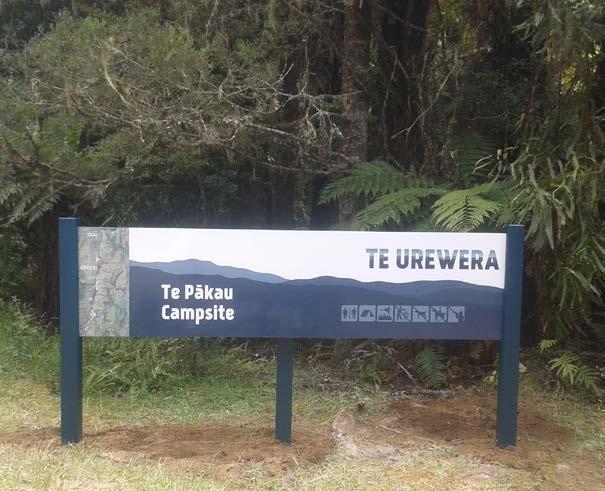

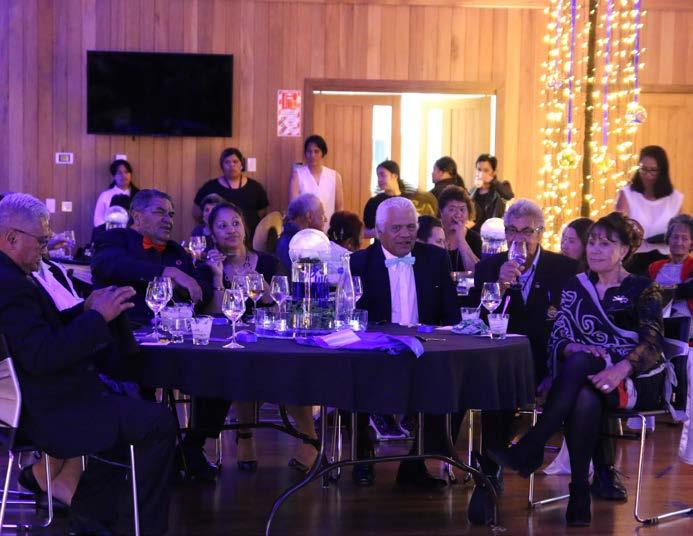
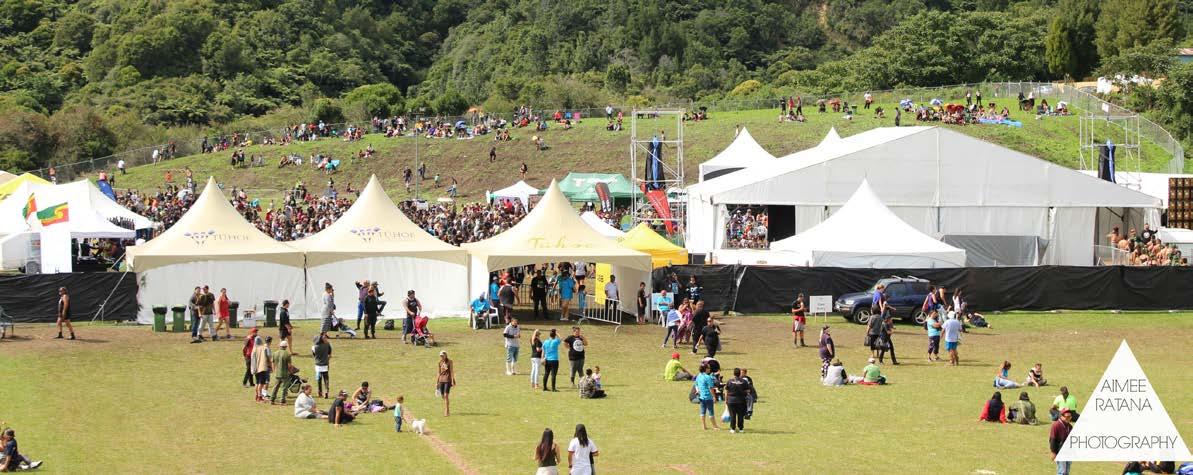
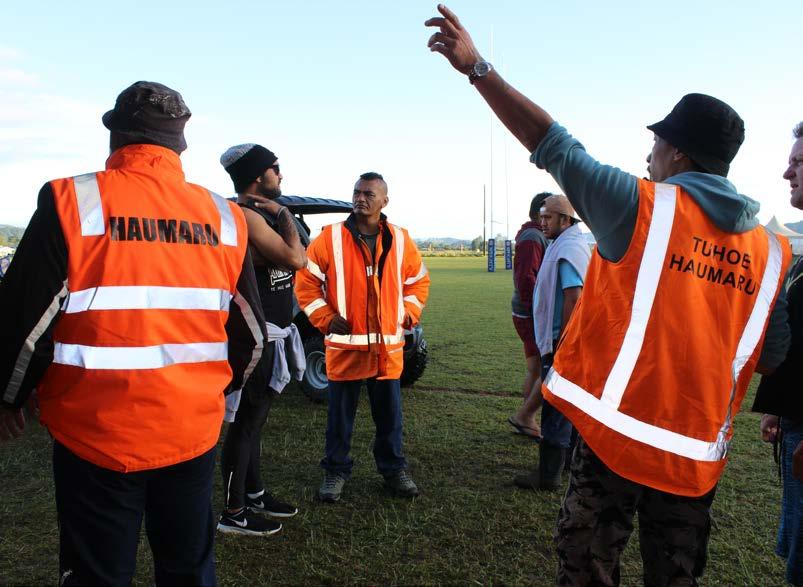

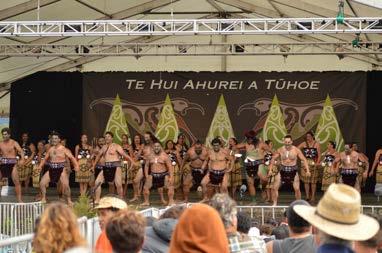

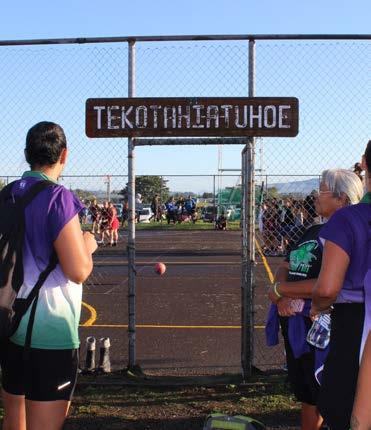
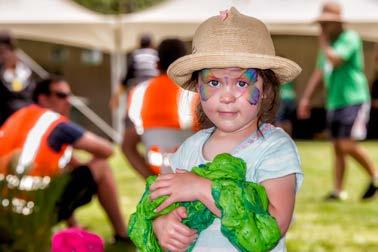
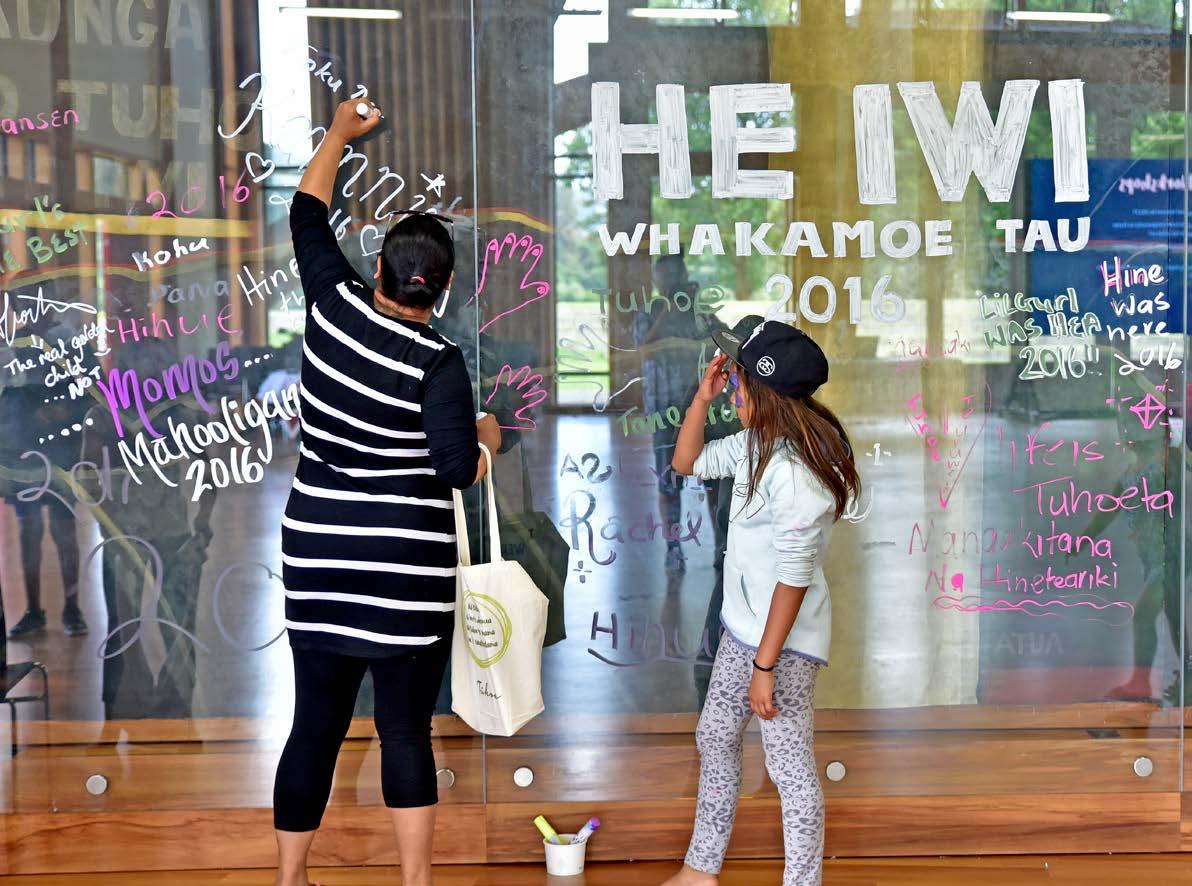

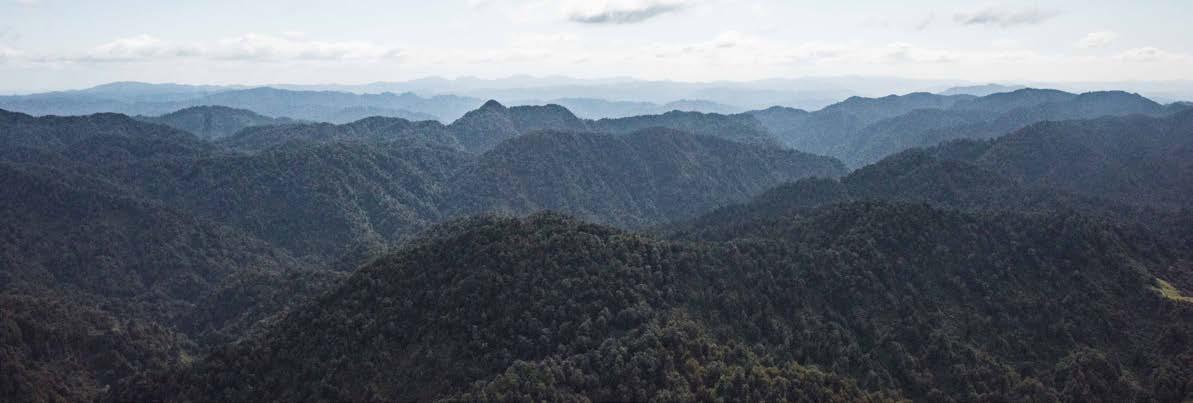
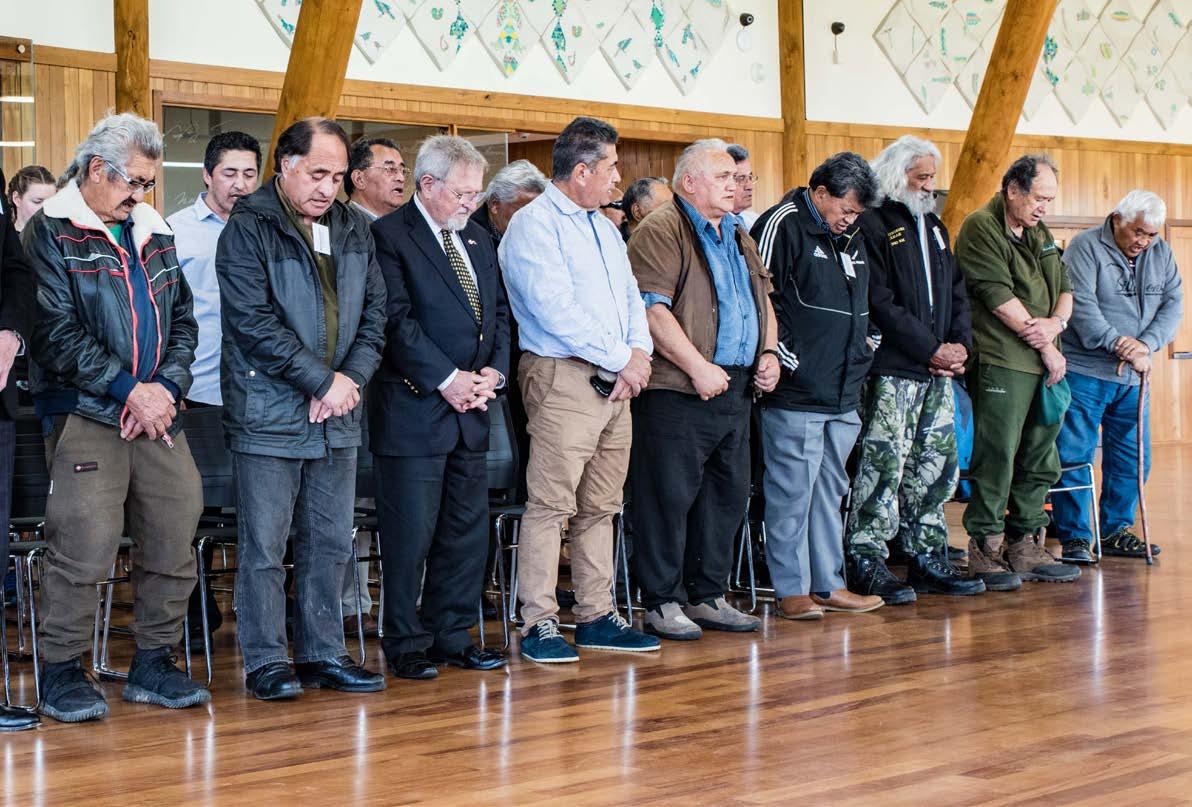


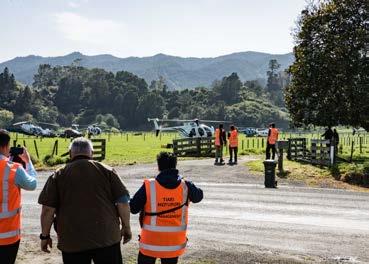

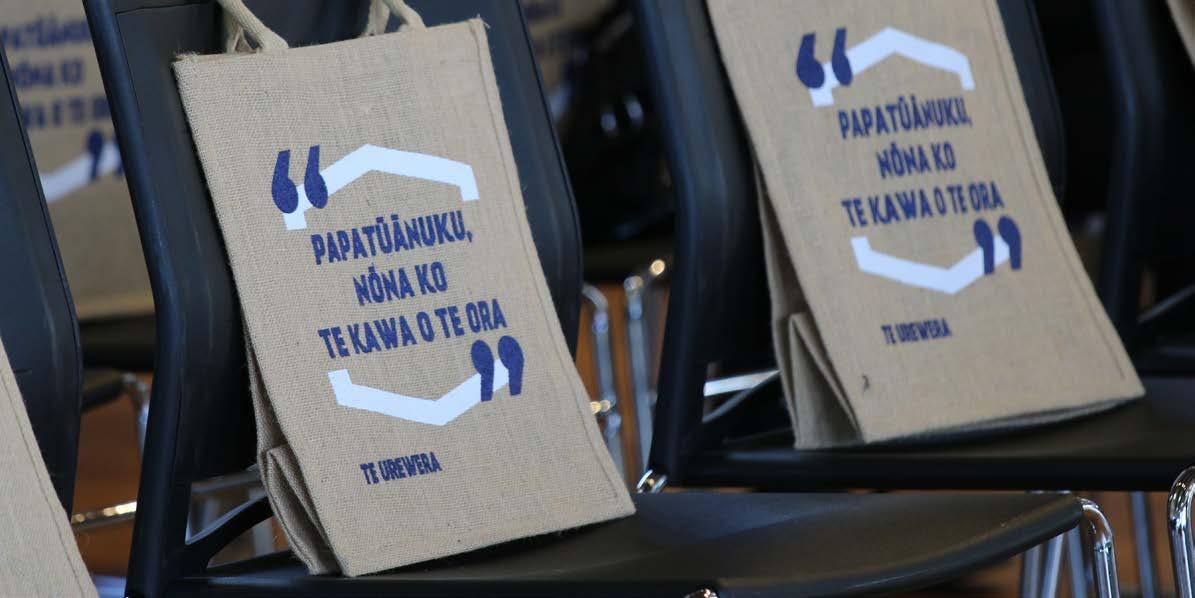

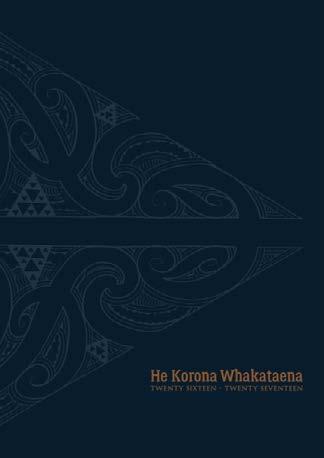


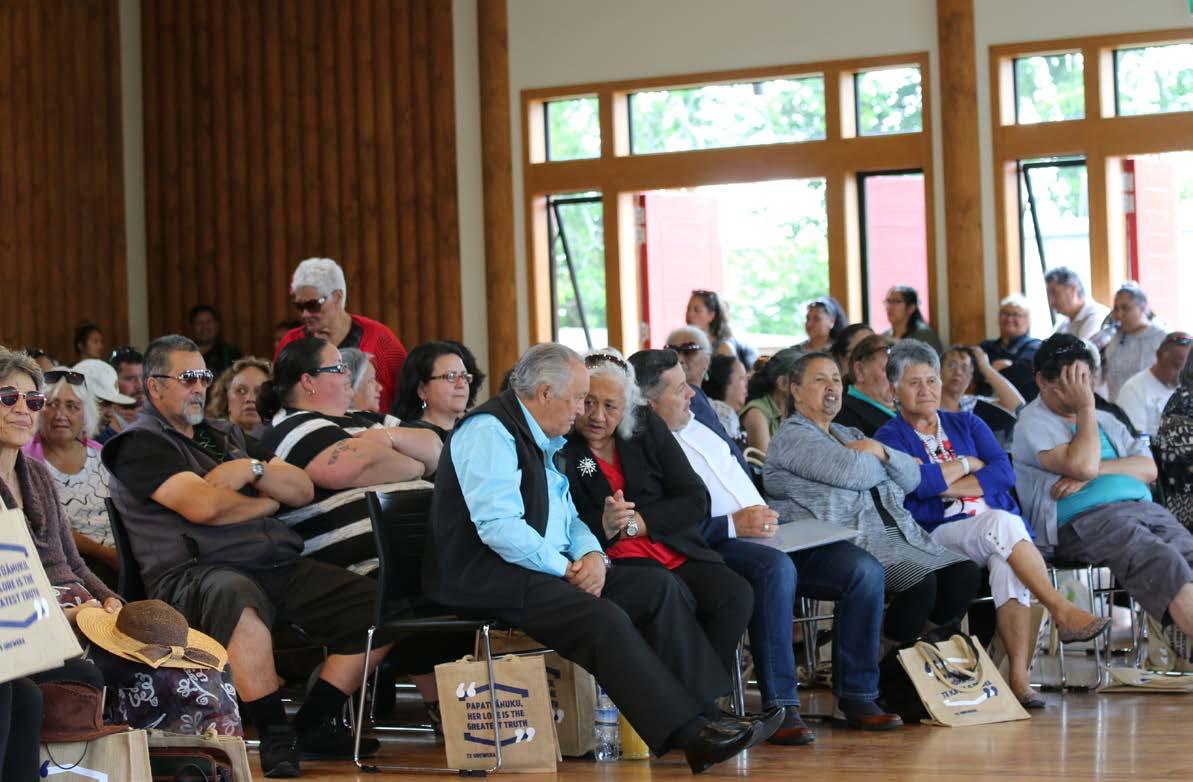
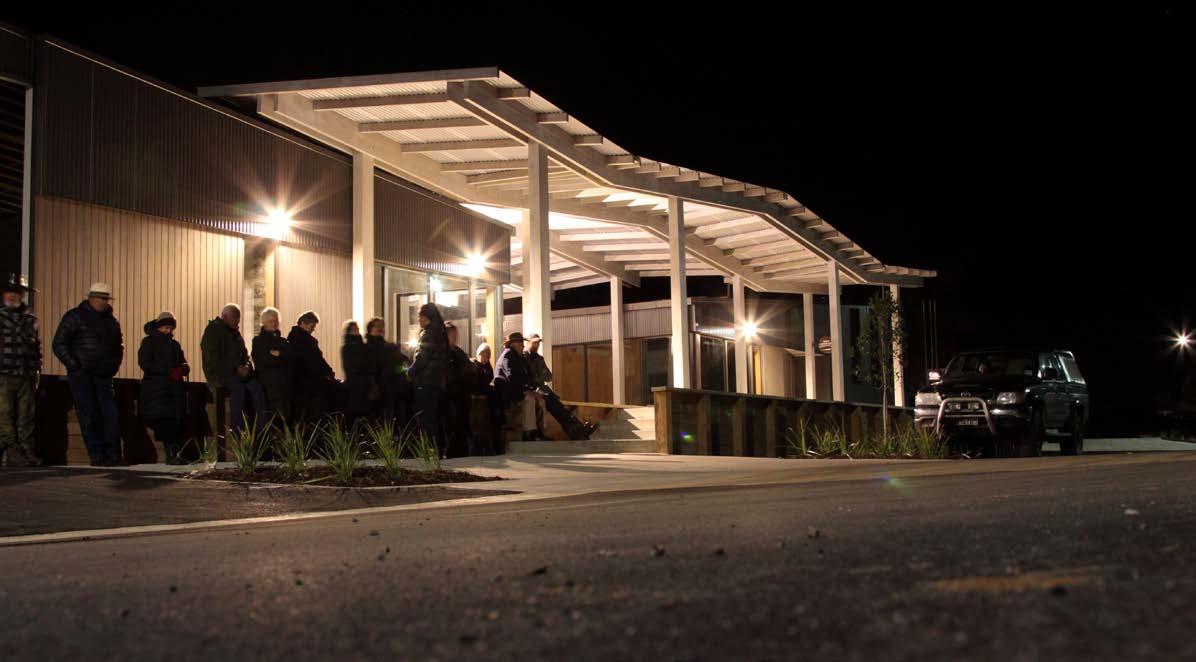

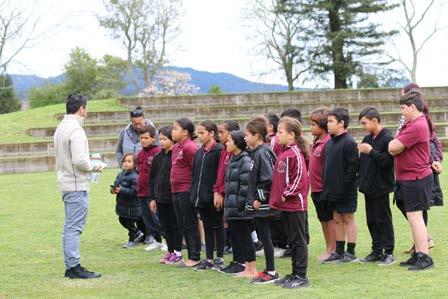
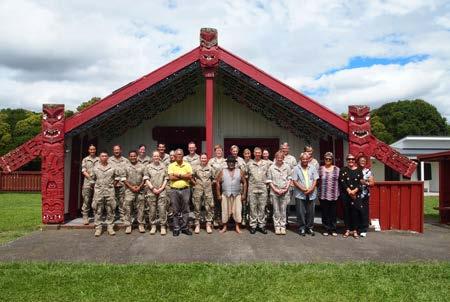
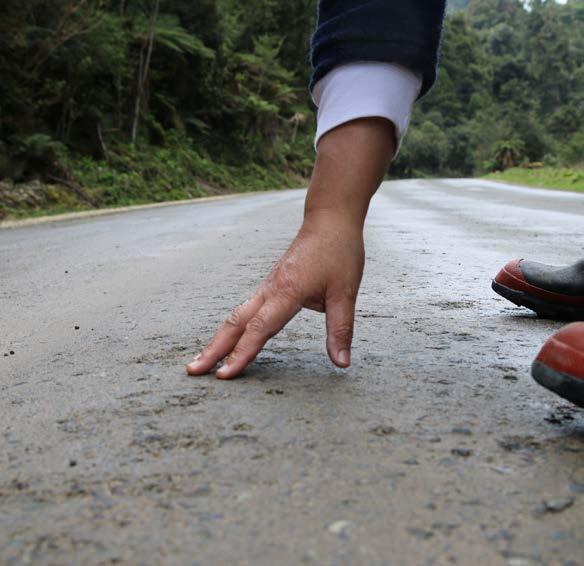
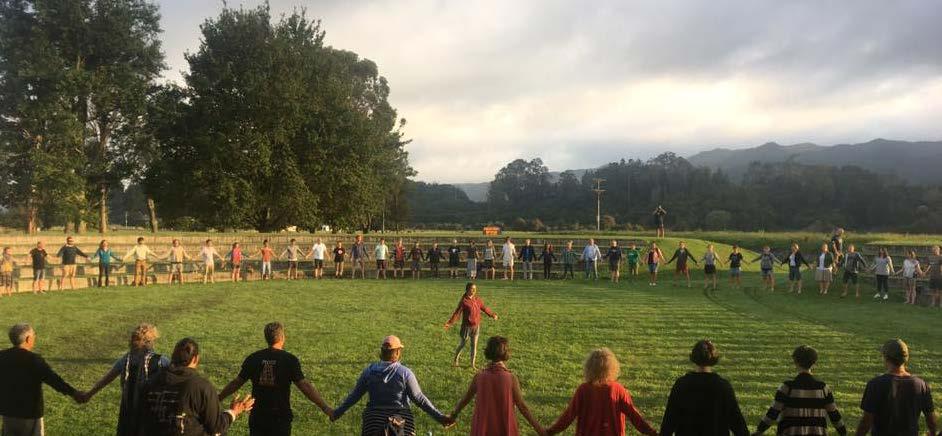
Tiaki Pā
Care for our asset
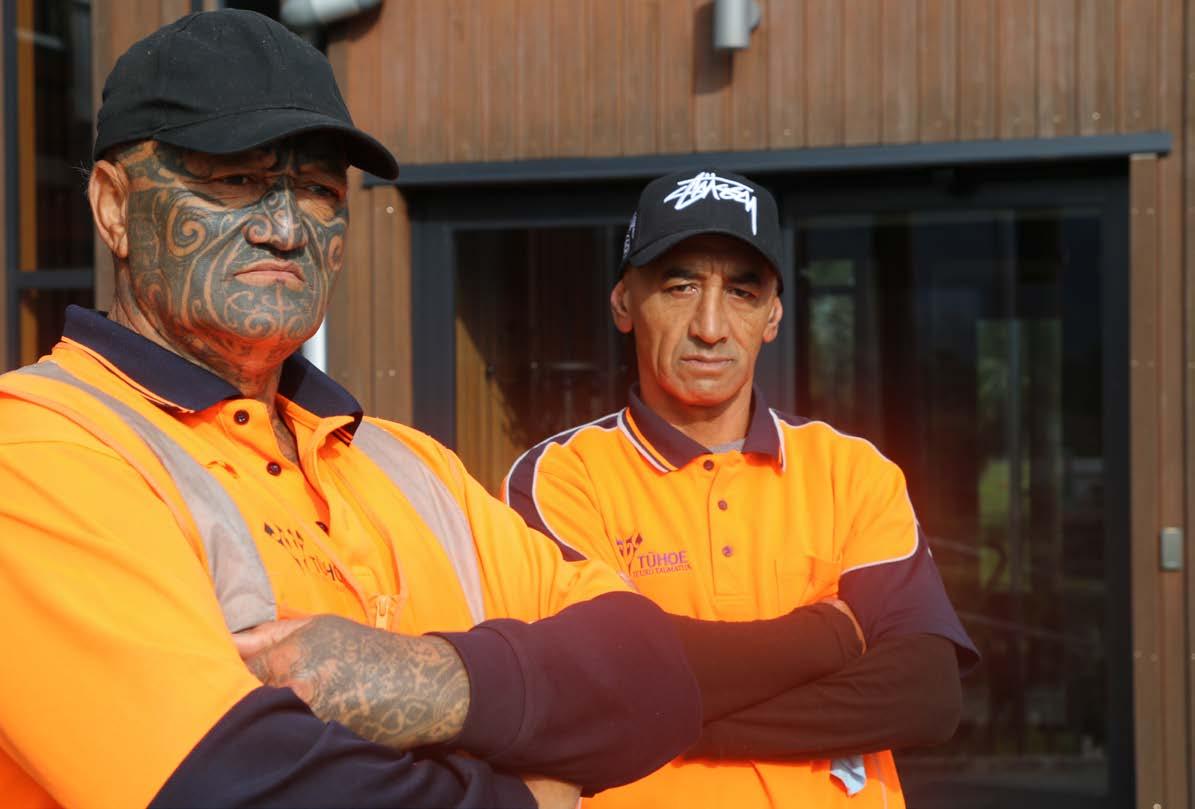
Manuhiri Experience
Care for Nature Standards
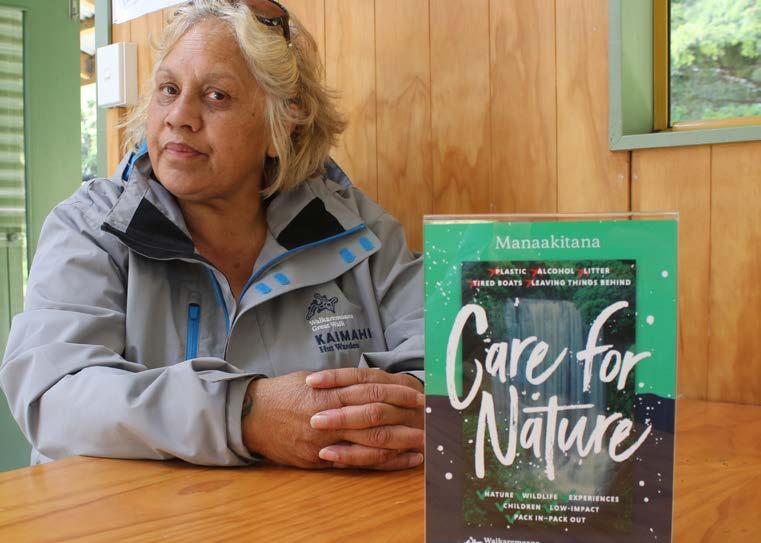
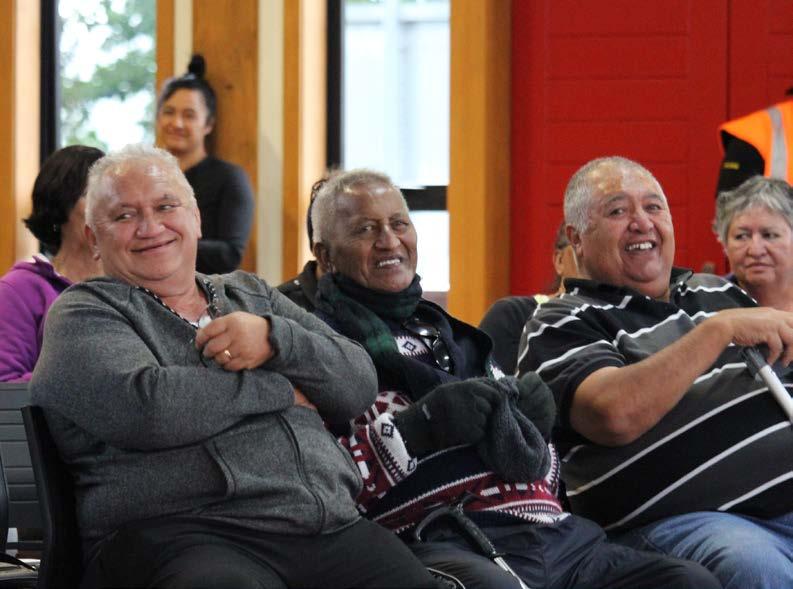
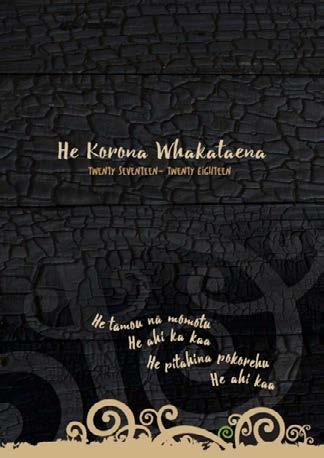

Pārekareka
Ranatahi creative spaces
He Iwi Whakamoe Tau
Our pakeke
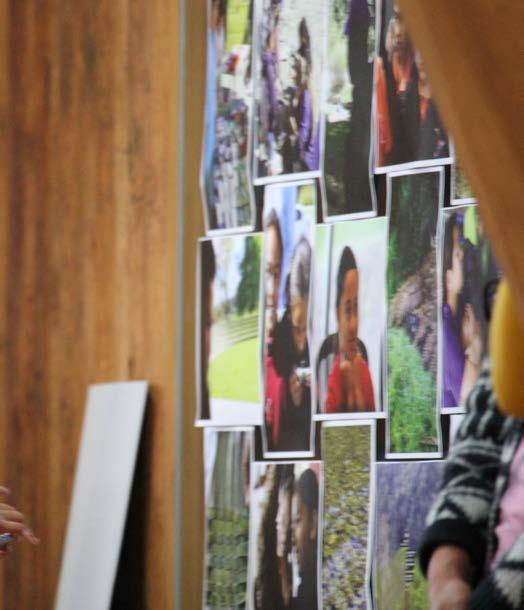
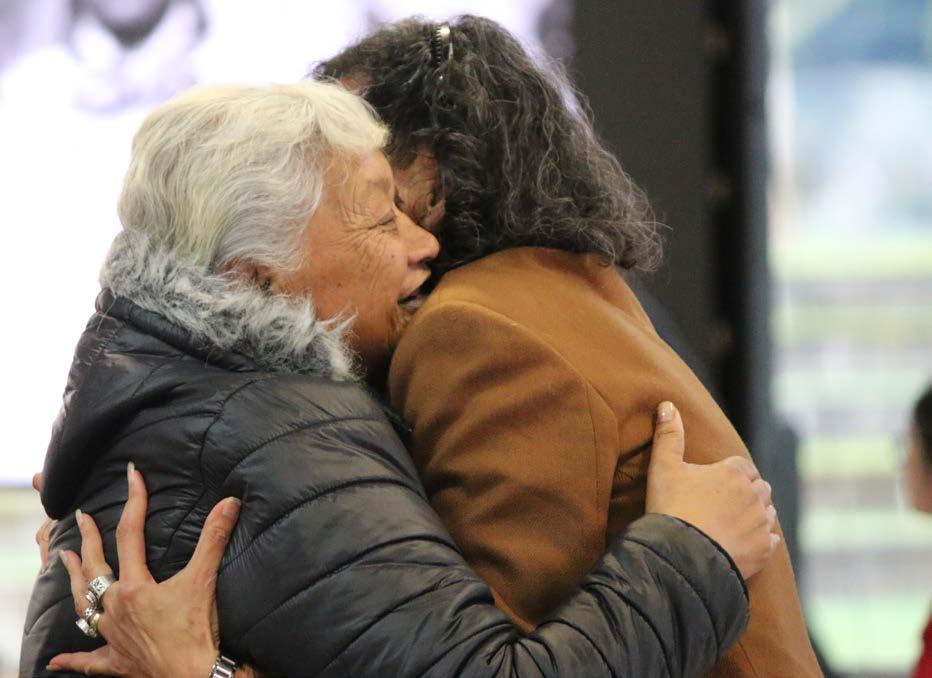


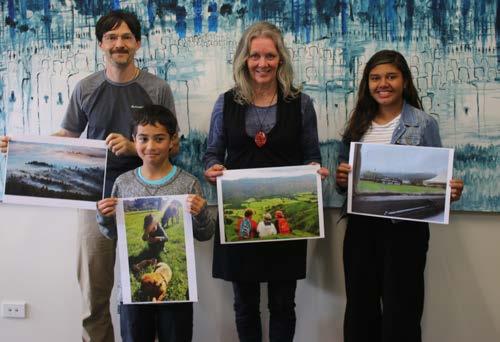
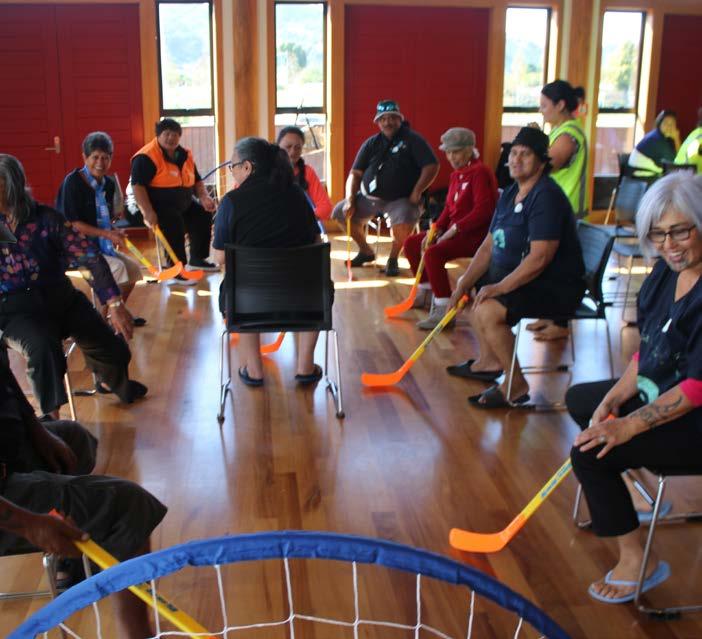
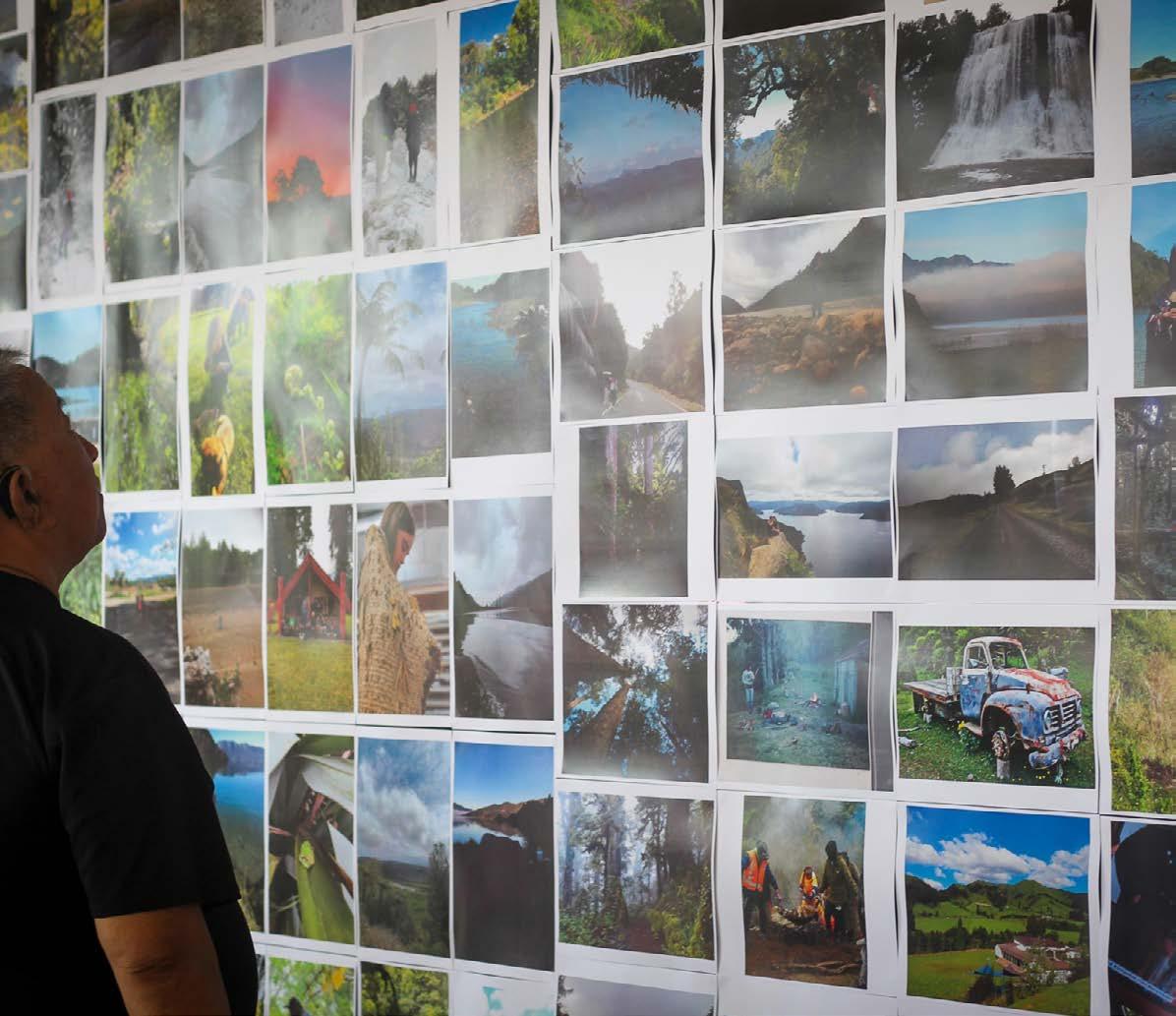


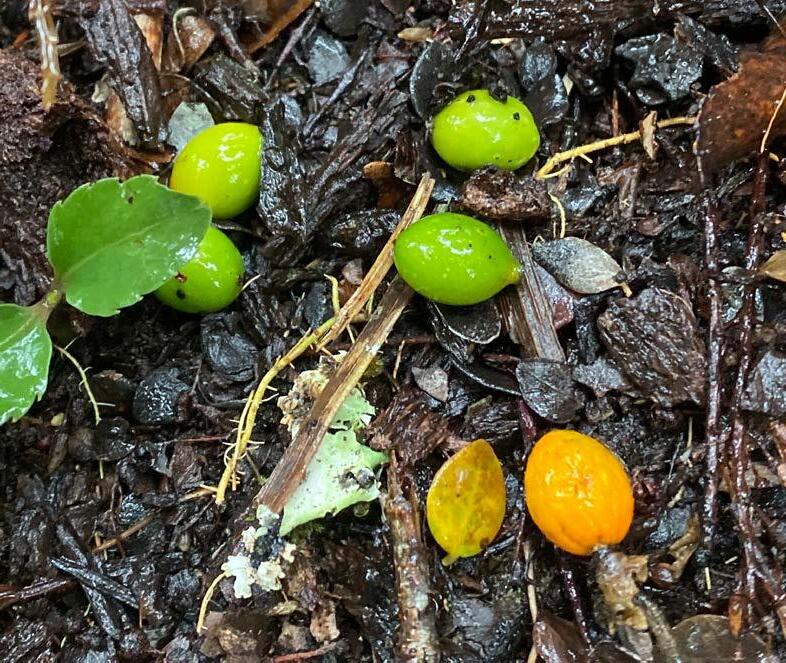
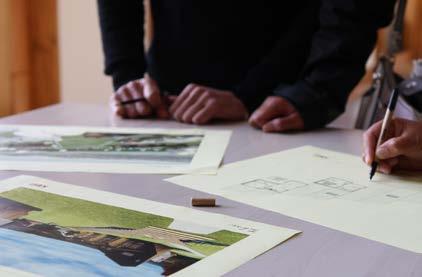
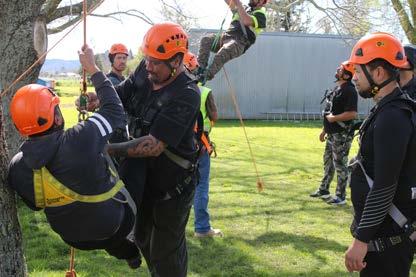
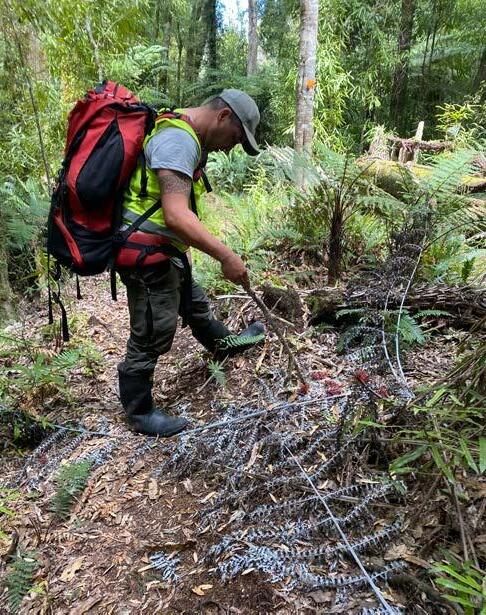

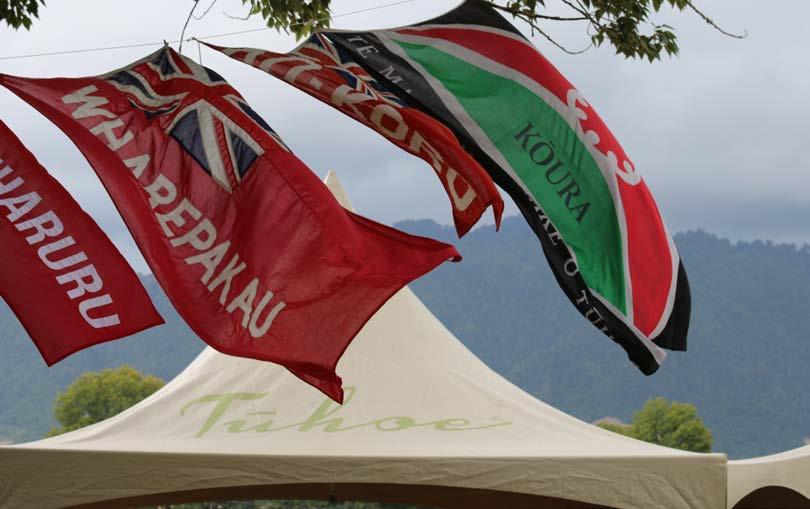

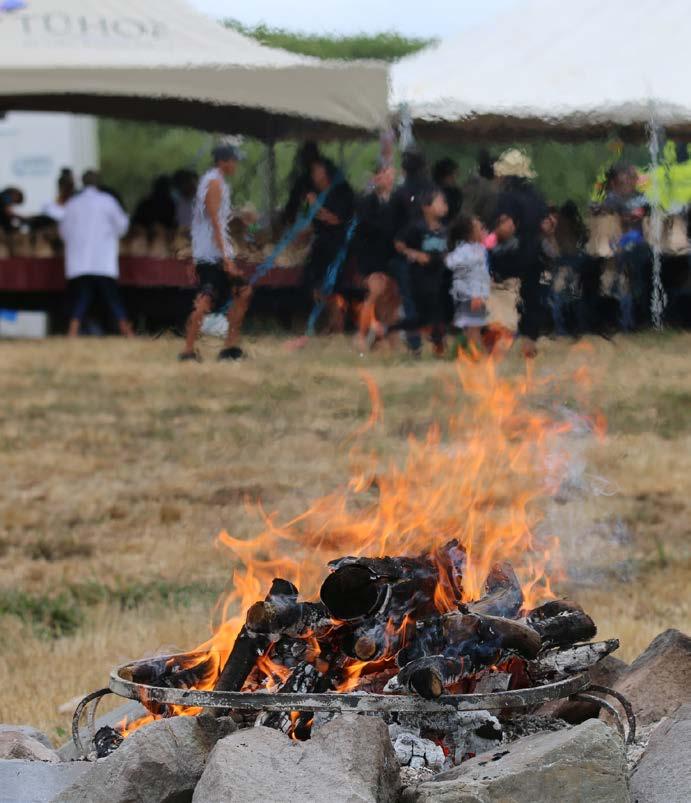
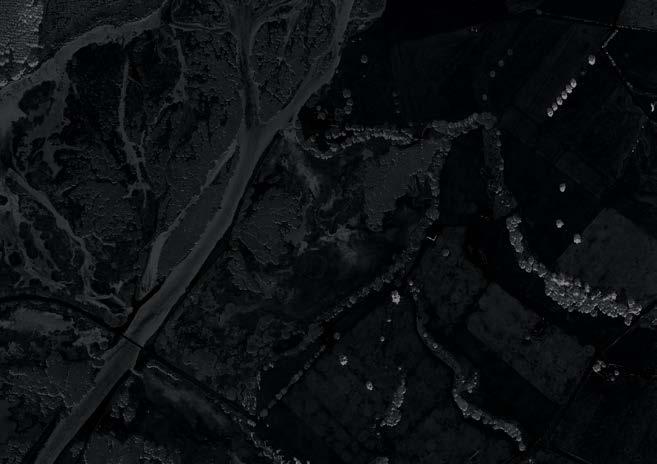
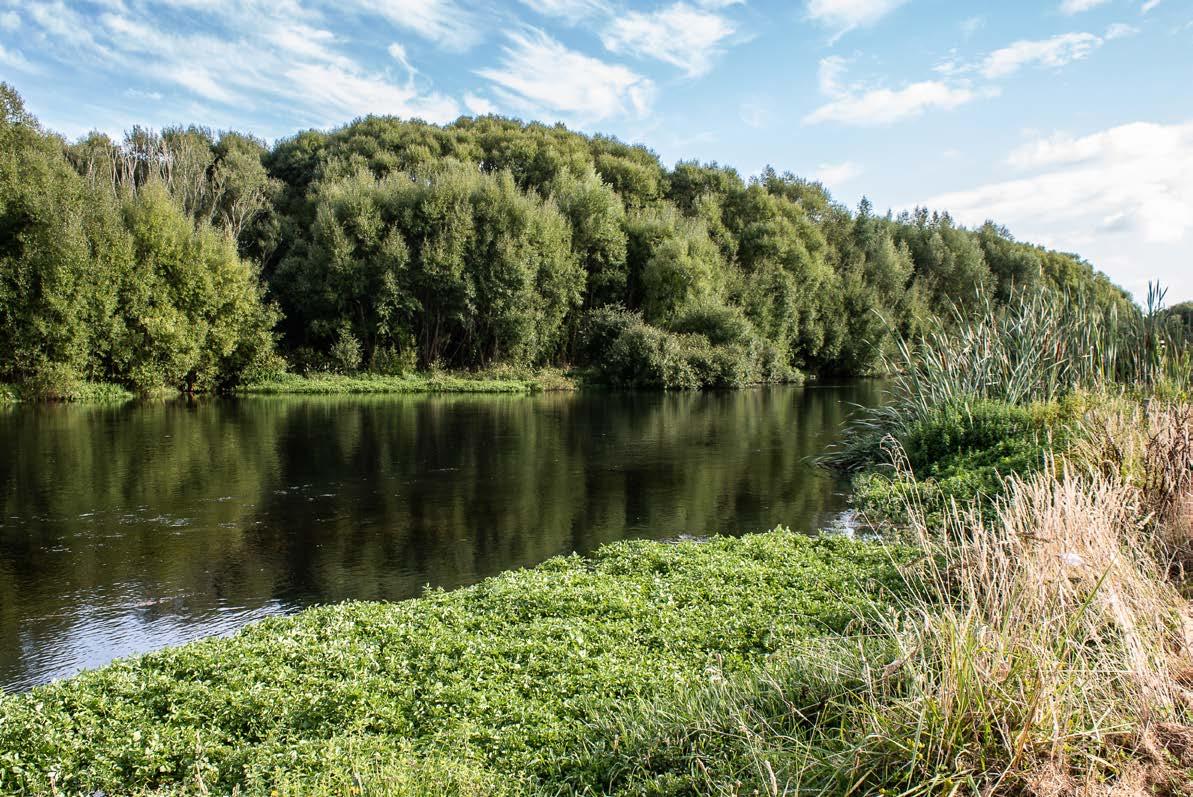
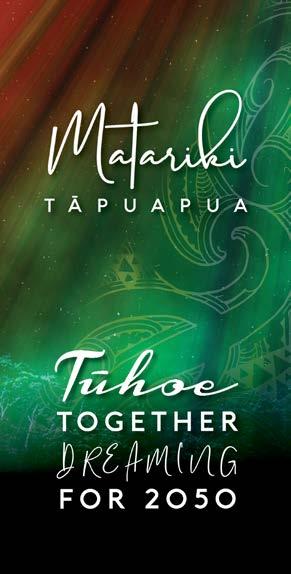

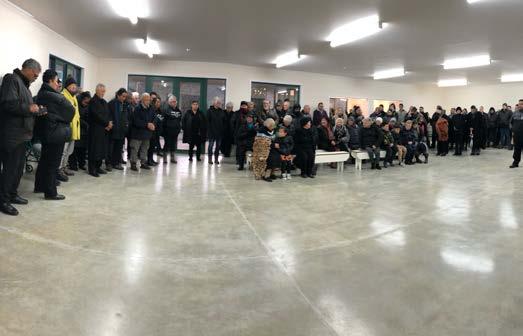

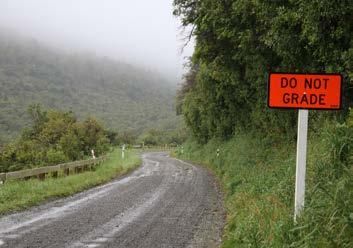


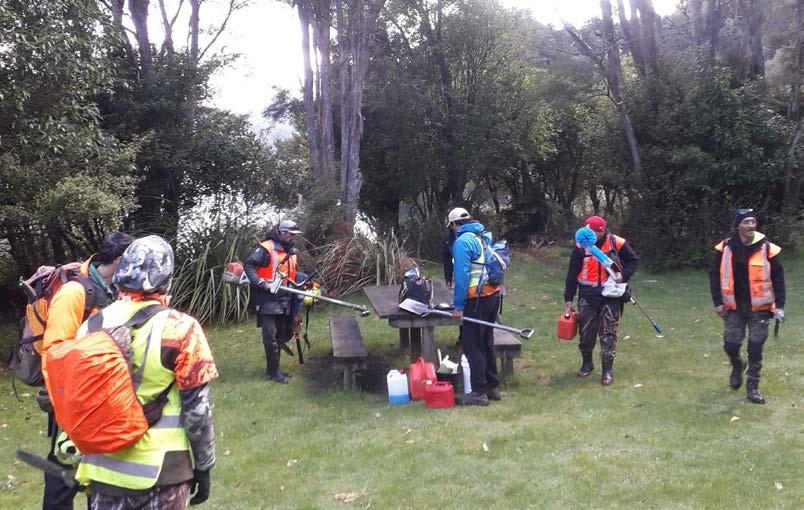

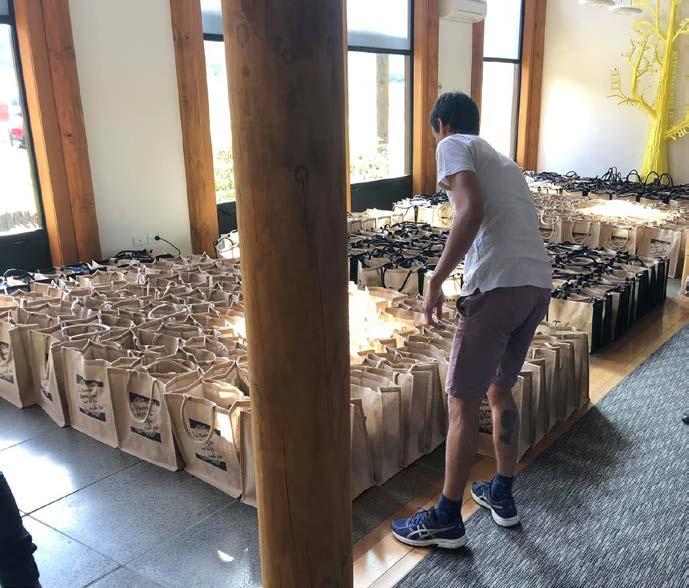


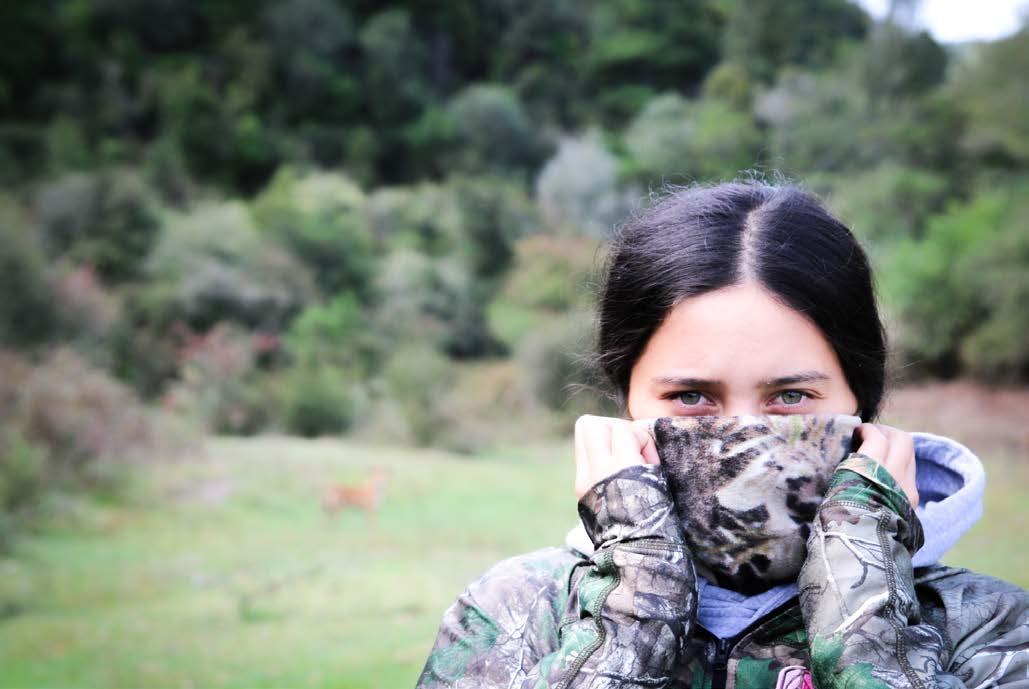

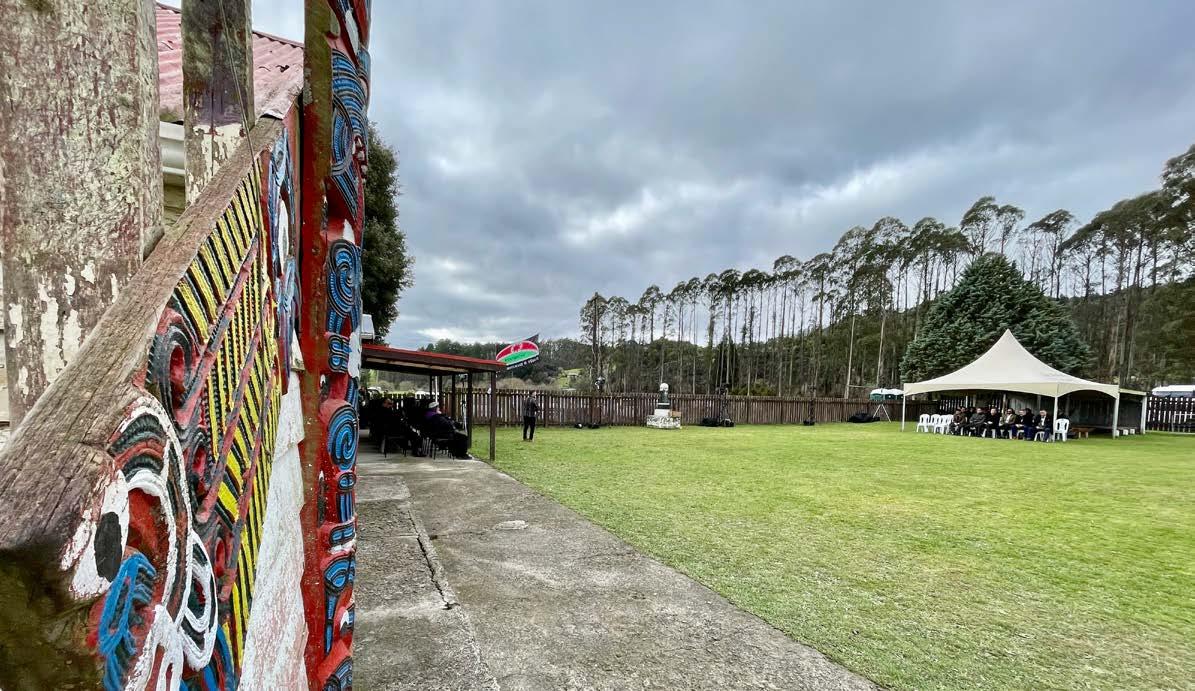
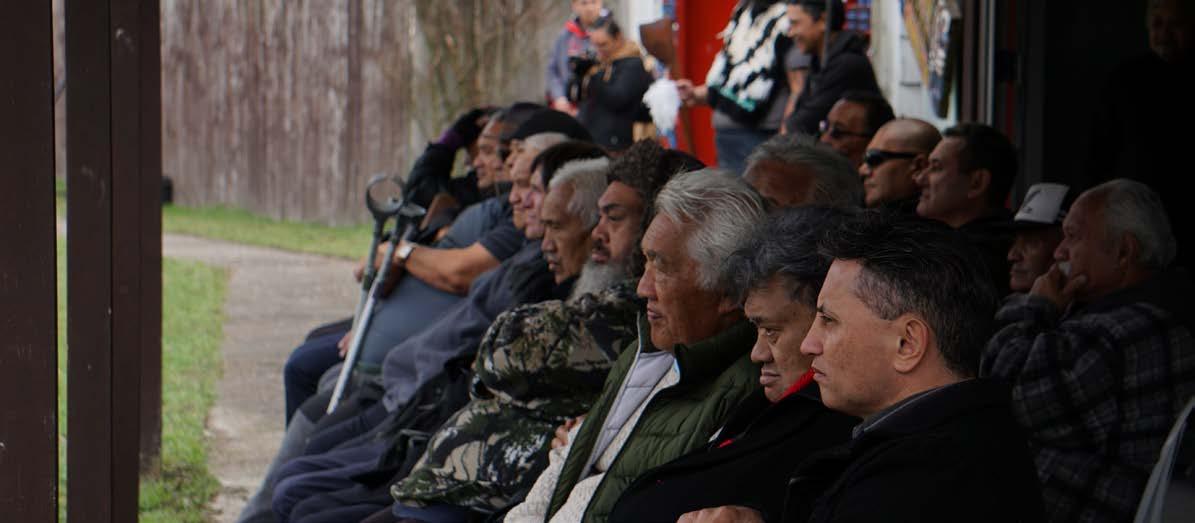


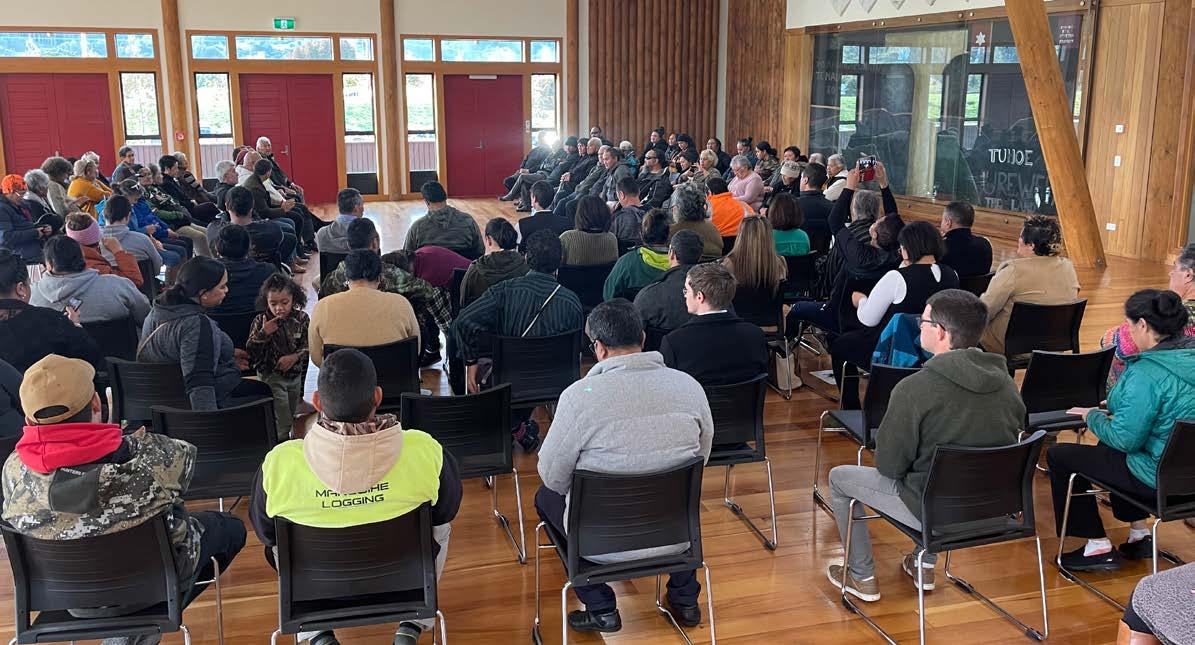

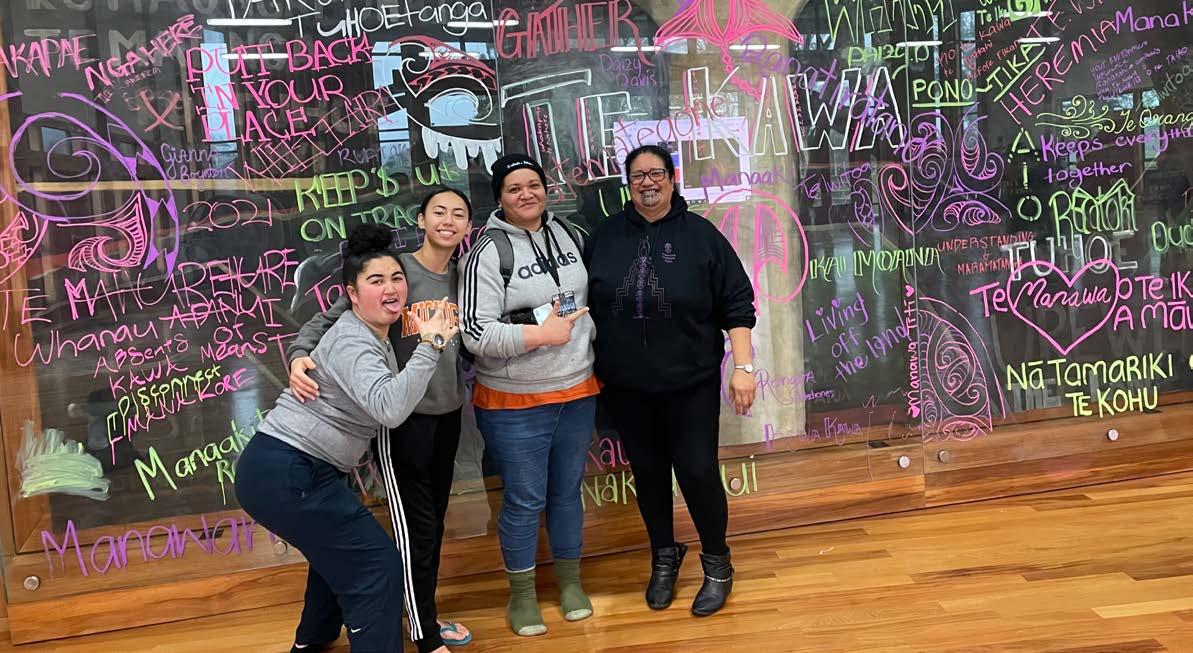



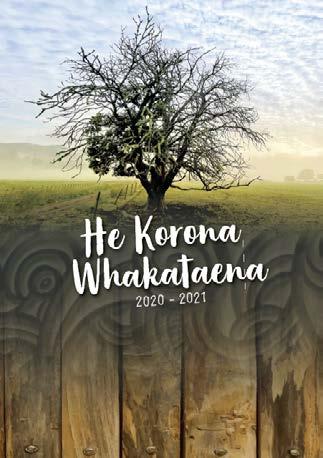
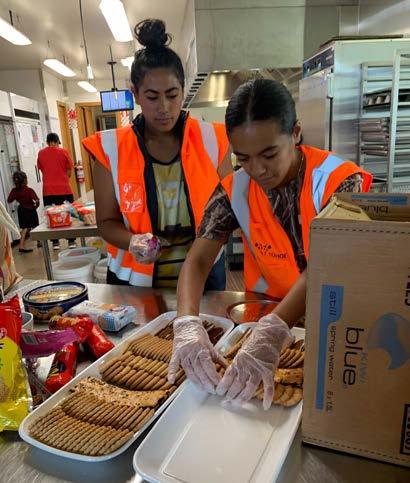
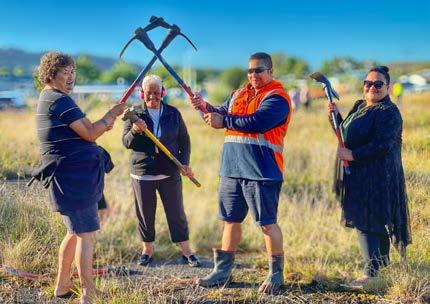
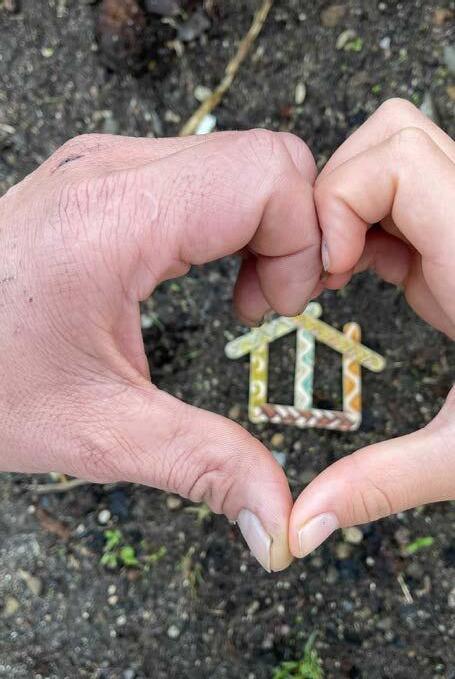

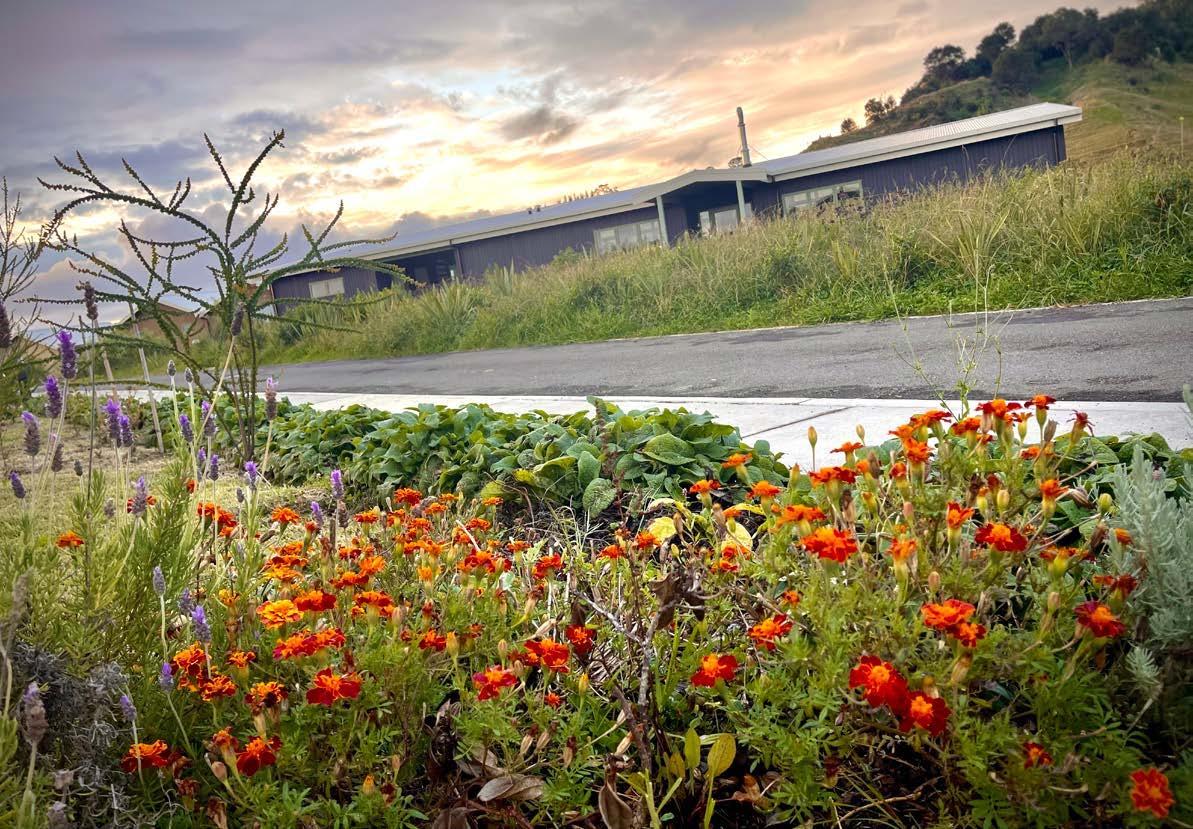
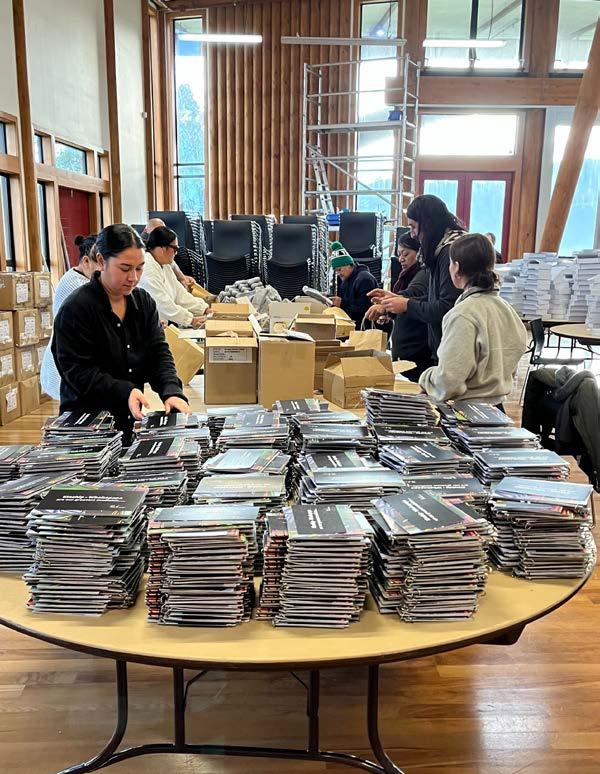
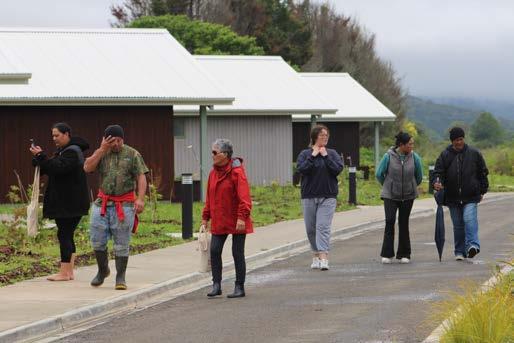
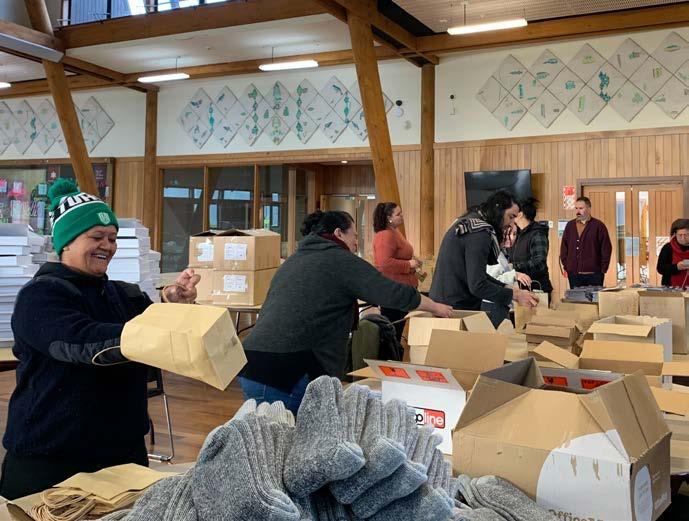
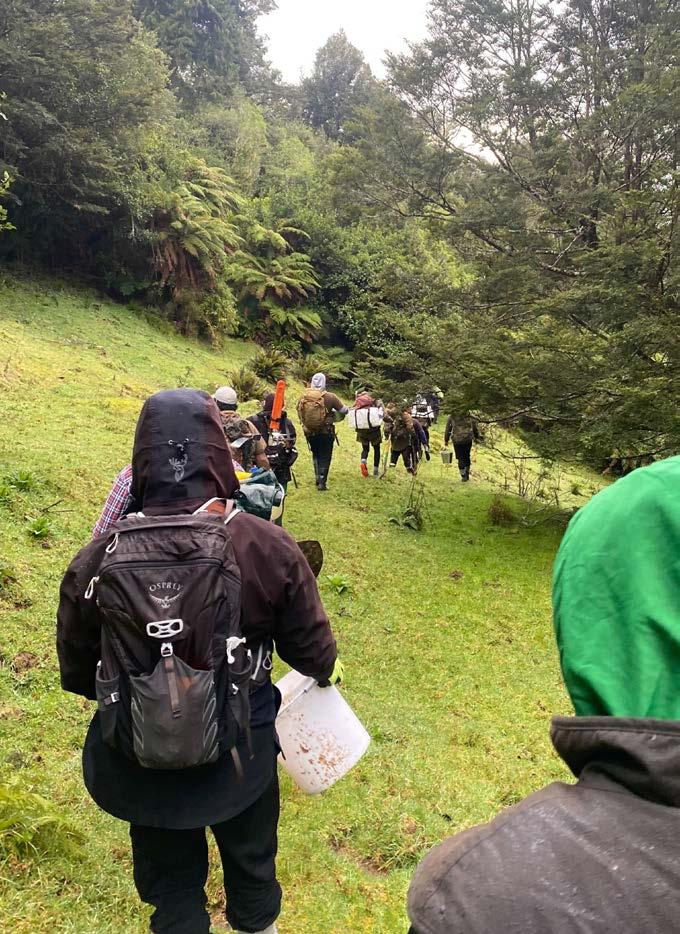
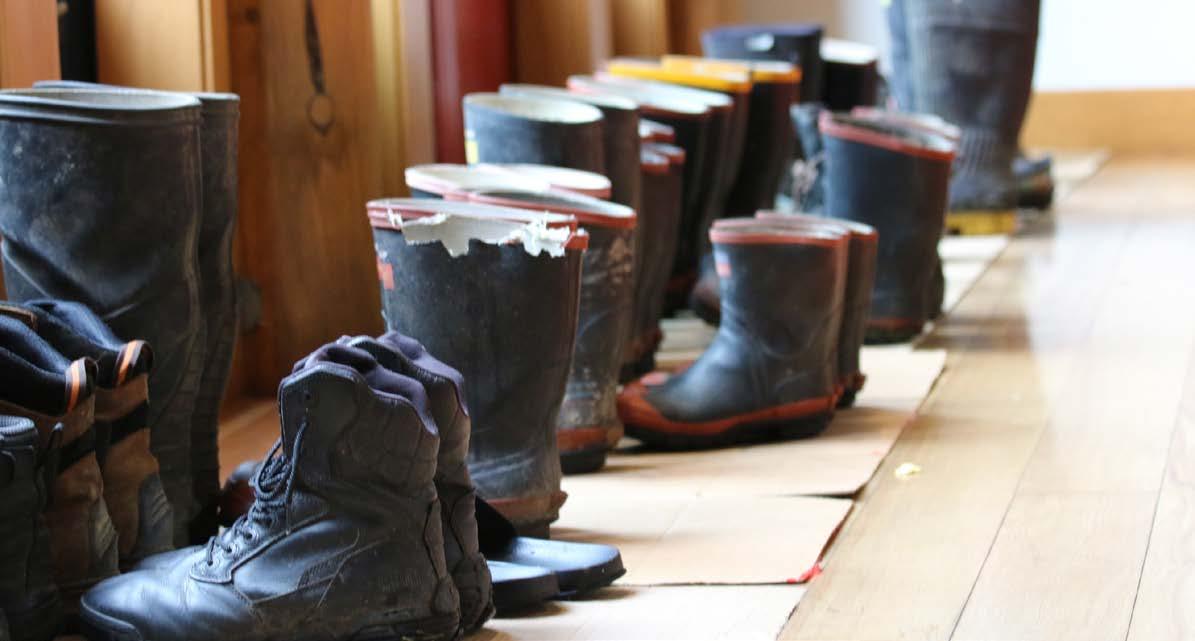




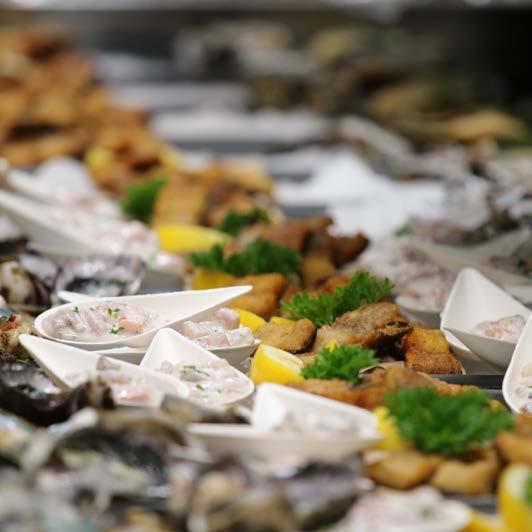

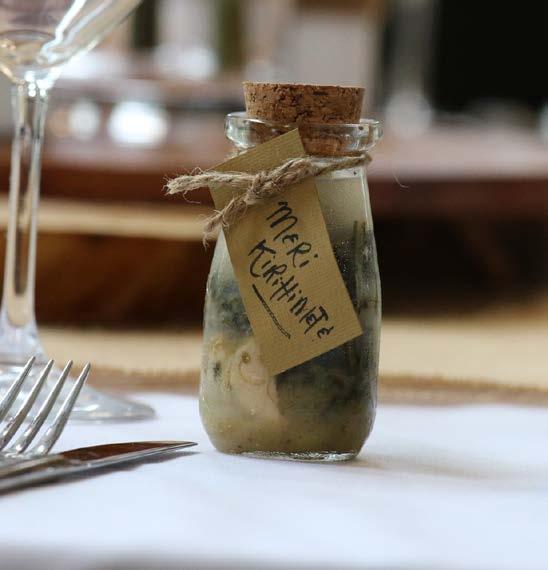


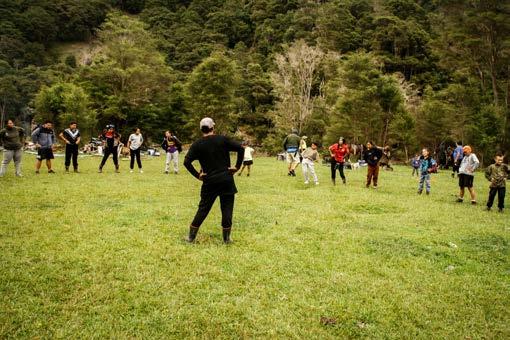

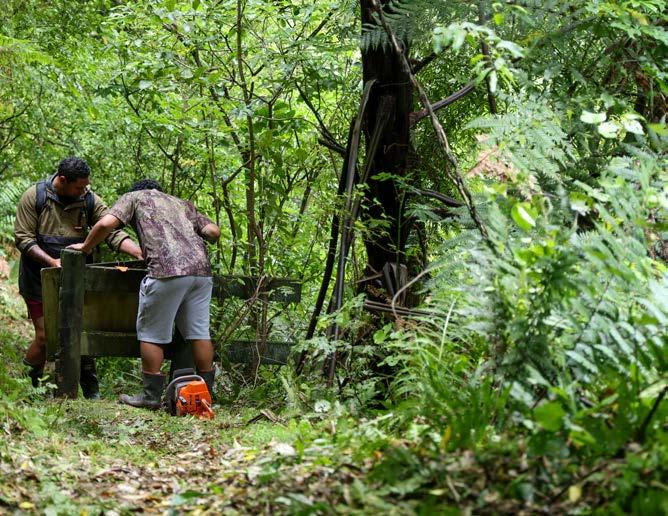

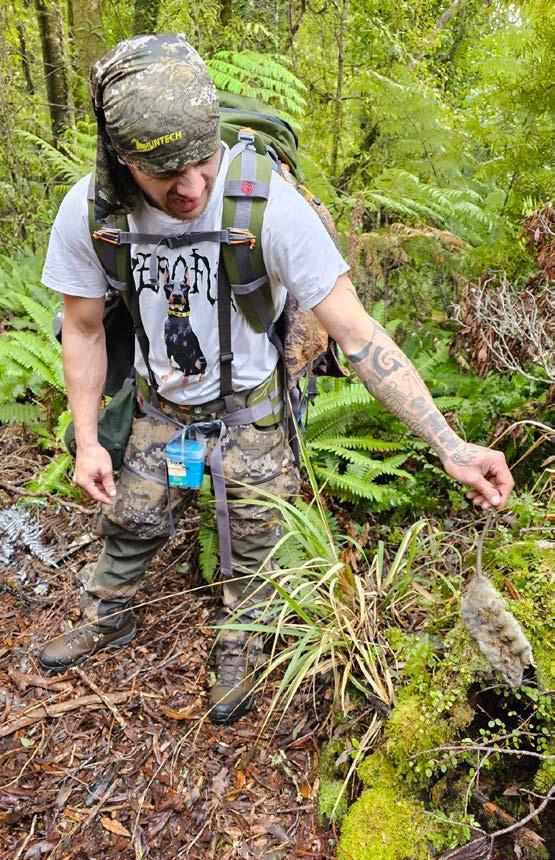

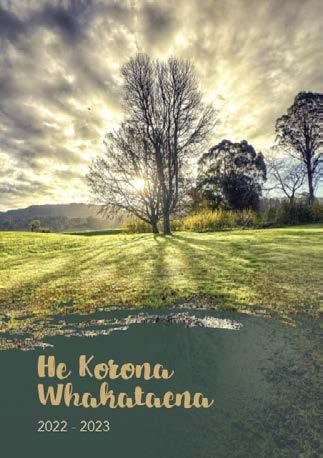
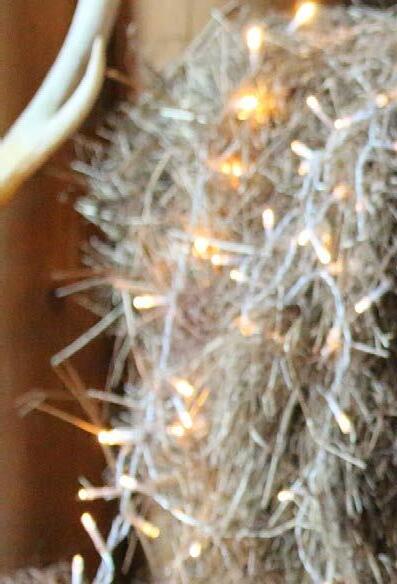
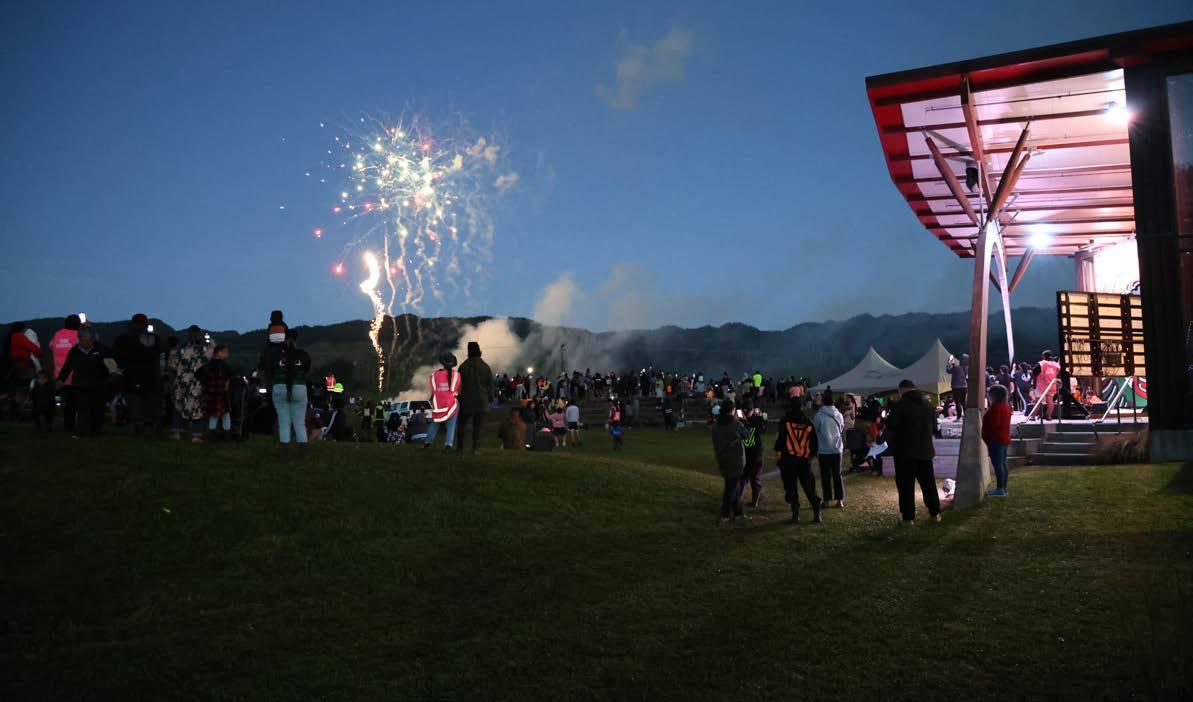

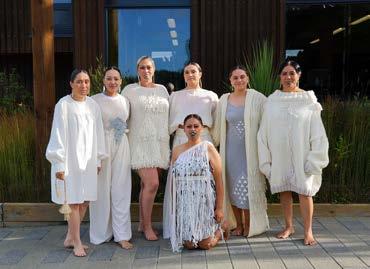
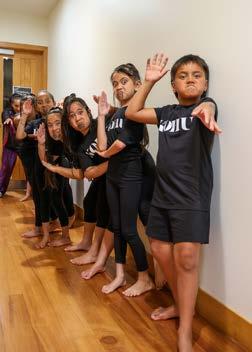
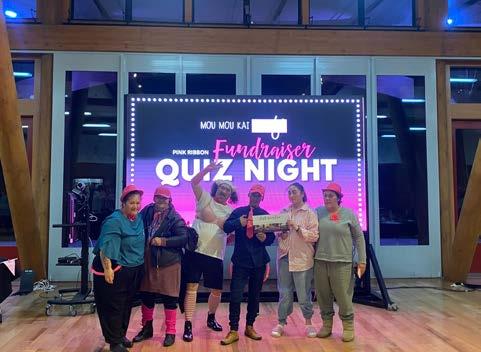

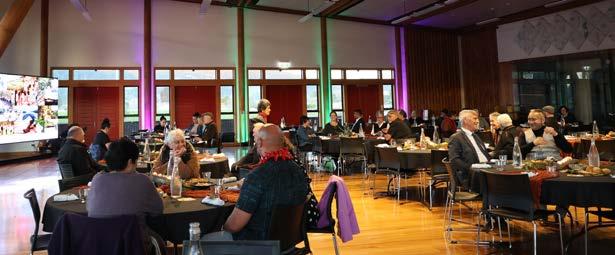

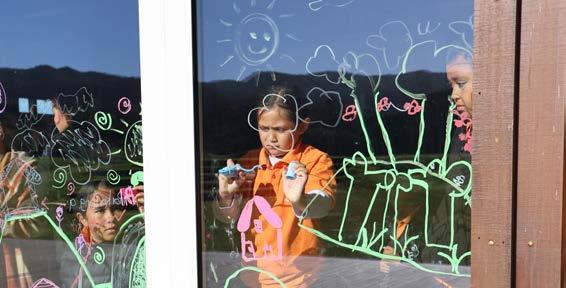

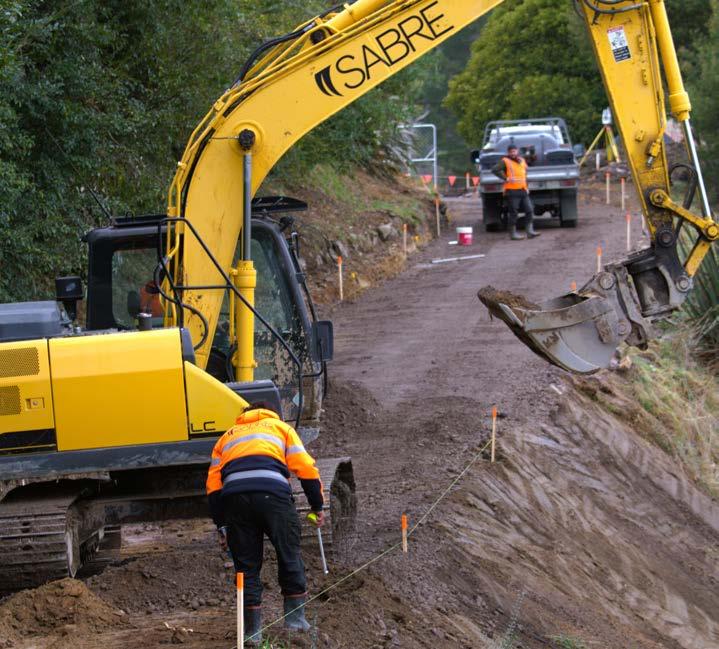


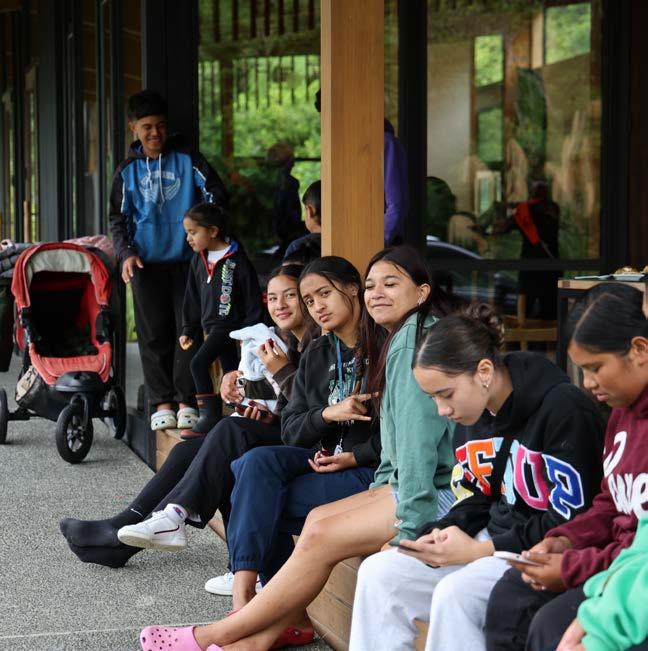
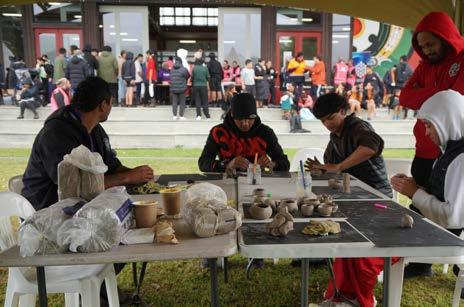
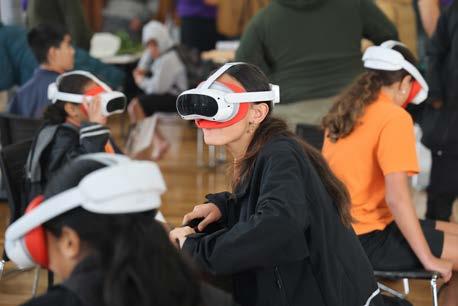
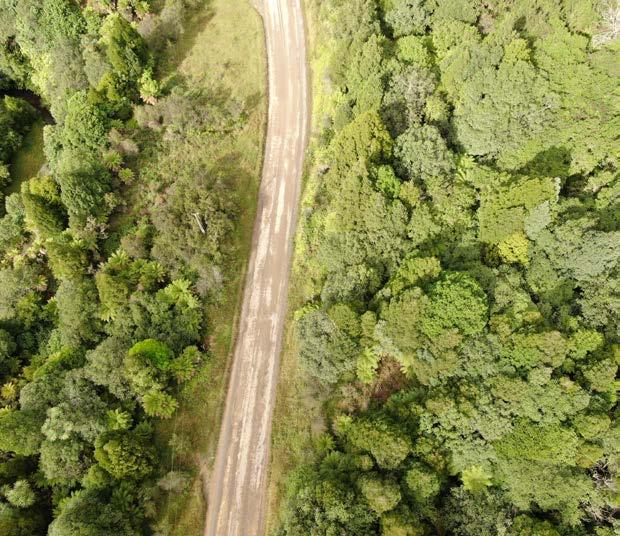
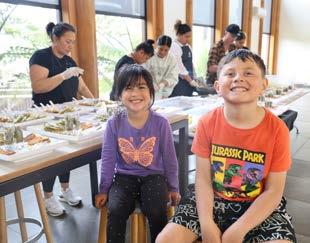
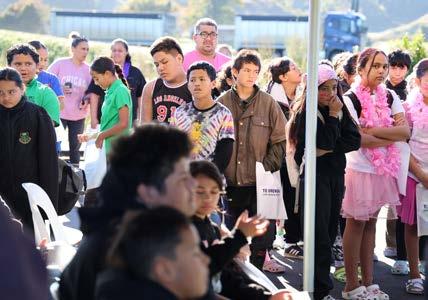
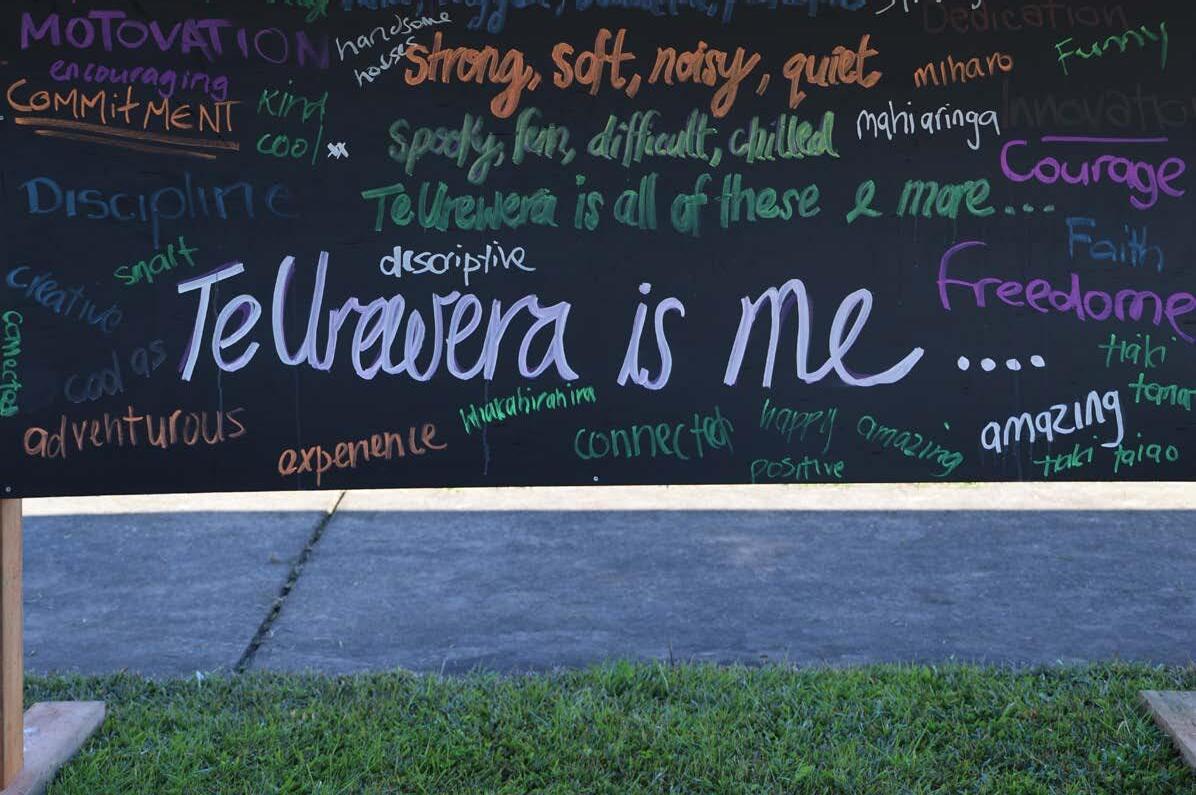
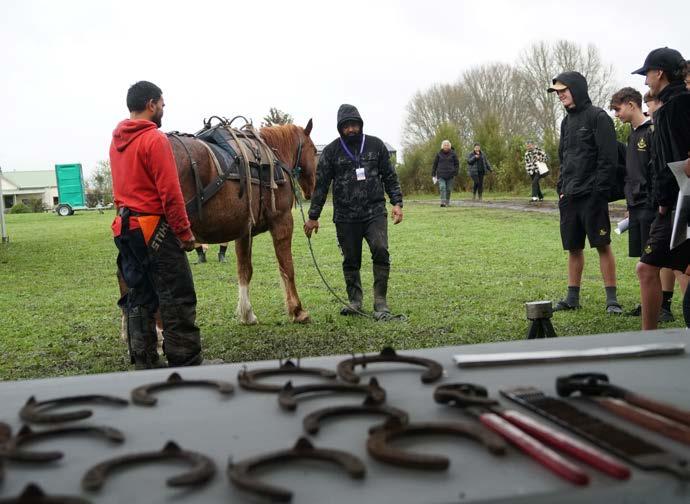
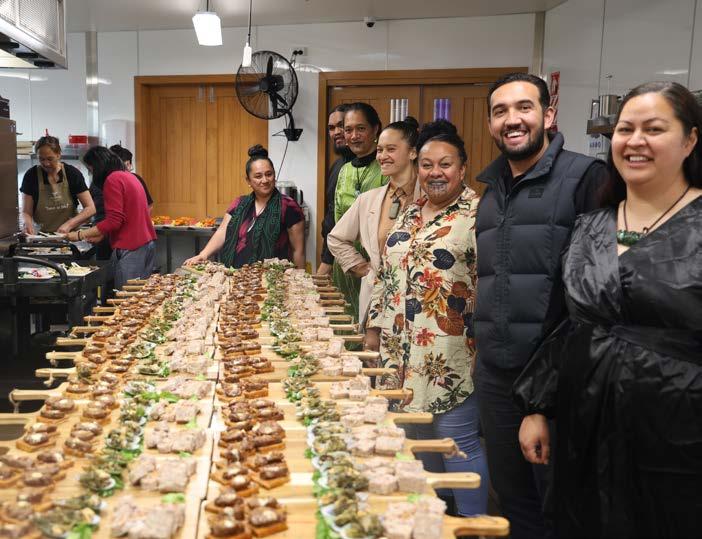
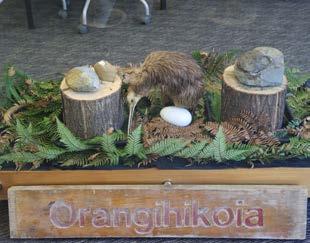

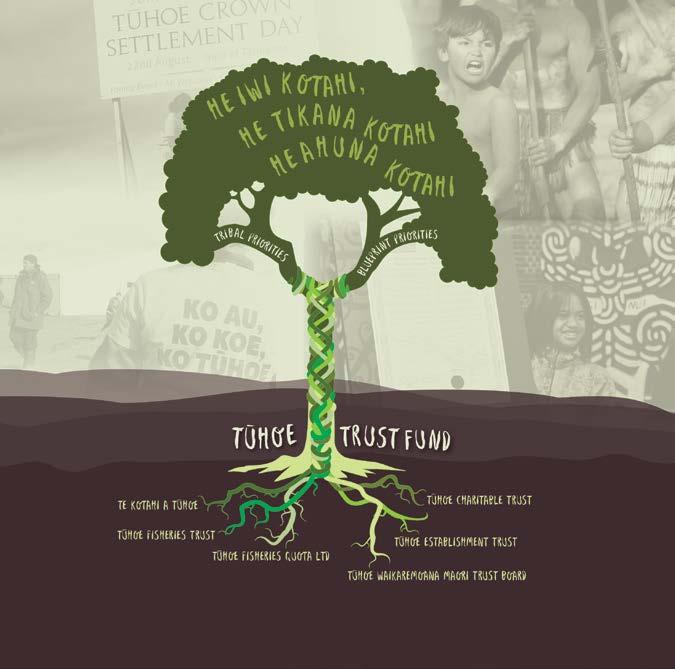
2014
252 $ million
2024
433$ million
Represents growth of 5.2% per annum, after tax and all costs Holds our legacy assets and settlement proceeds
Our assets per member have grown by 9.5% per annum (2023 10-year data)
Compared to other Iwi, Tuhoe ranks #1 in this metric
The average growth in assets per member across all iwi is 3.7% per annum
We have achieved this despite taking a comparatively conservative investment approach and carrying no debt.

We have moved from holdings in forestry, fishing in cash to:
These assets, plus;
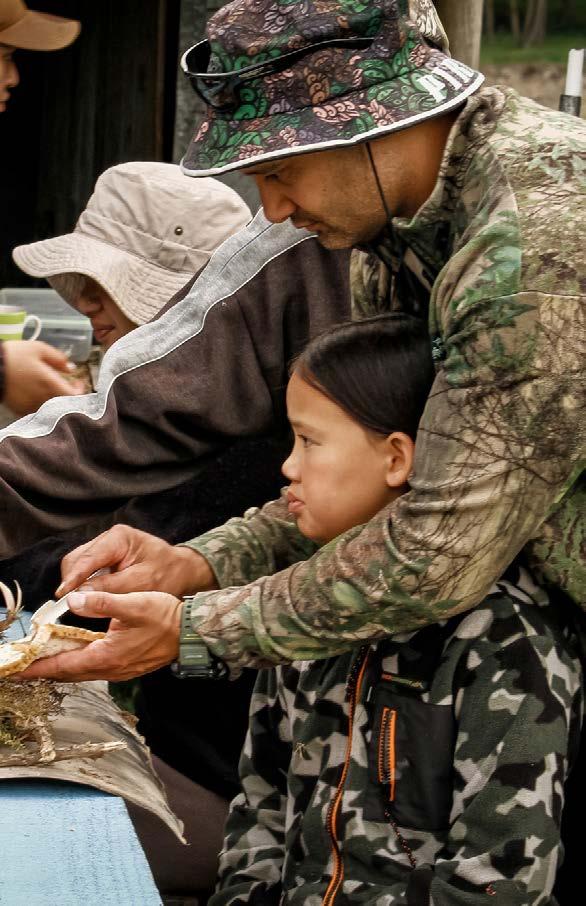
• New infrastructure holdings,
• A globally diversified spread of financial securities.
We have participated in the best performing investment sectors of the last decade:
• IT: information systems and AI
• Financials: banking and insurance
• Healthcare: medical devices including diabetes and cancer meds, robotic surgery, joint and limb replacement
• Industrial: Green energy technologies such as EVs and alternative energy generation
Our investments have profited, creating security for us as a people, providing the opportunity and potential to build a sustainable prosperous society.
Our activity base has grown:
Te Urewera – advancing the role of Tuhoe as the tanata whenua and kaitiaki of Te Urewera
• Hapū Villages – underway with multiple sites in progress
• Infrastructure – medical centres, agriculture, raw minerals
We have become more self-sufficient and not at the price of government handouts.
Our approach with various government departments has become a benchmark for others.
Jobs created in the management and administration of iwi assets has grown from 45 in 2014 to over 160 in 2024.


We have not inflated our balance sheet with hypothetical values for assets that will never be sold – such as carrying the Lake as a $1bn asset
• We have not recorded unrealised gains for assets we do not plan to sell – such an approach is meaningless
• We do not operate separate commercial arm – such empire building can create conflict and confusion about, are the assets serving the Iwi, or is the Iwi serving the assets and those who manage them.
• NO debt. Growth through leverage can be fine but it introduces risk. The average borrowings of the top Iwi debt holders is $338m.
Our Statement of Investment Policy and Objectives (SIPO) has proven a disciplined structure to work with.
The Investment Committee provides advice to the Board but is purposely not a decisionmaking group. Decisions are made by Tribal representatives who are elected to the Board.
The Board and Investment Committee have been relatively stable in membership over the last decade.
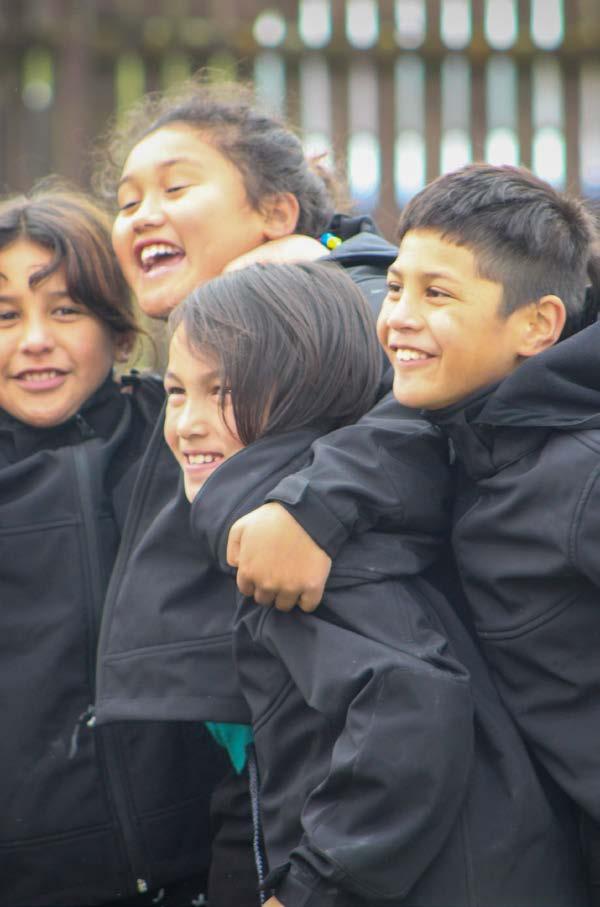
Resources to be progressively distributed to the Tribals and Hapū over time.
Using our assets to rebuild communities and enhance connections with the whenua.
From the SIPO overview. Tūhoe purpose is to:
Promote the educational, spiritual, economic, social and cultural advancement of the Iwi of Tūhoe, its various hapū, Mārae and the people of Tūhoe.
Respect the role that people play in achieving nature’s balance if we have a wish for a secure future and to encourage progress that inspires sustainable and disciplined prosperity.
Act with compassion and connectedness to all life and bring both justice and courage alive in our relationships.
Every day we grow the disciplines we both want and need to instil the habits that enable taking responsibility for our progress and truth. And while truth can be hidden, our traditions and beliefs reveal the judgement markers that help us discover it anew and in every day of life.

Through these traditions we keep real the values and virtues that inspirit wise and beneficial decision making, aid in reconciling disputes, distinguish proper goals and outcomes and ultimately maintain the vigour and permanency of Tuhoetana.
Our traditions and beliefs are a guide not a code book – they are about the preservation of respect and duty. These customs are plainly the practice of what we preach.
Tūhoe seeks to be in the world but not of it. The western capitalist framework is not Tūhoe’s way. Prosperity and wealth in a Tūhoe way, is not the size of your bank account.
Reward without effort is an anathema to Tūhoe, as is earning from someone else’s labour.
However, Tūhoe seek to advantageously utilise capitalist tools, to preserve wealth for future generations, while the objective of resuming Tūhoetana is progressed.

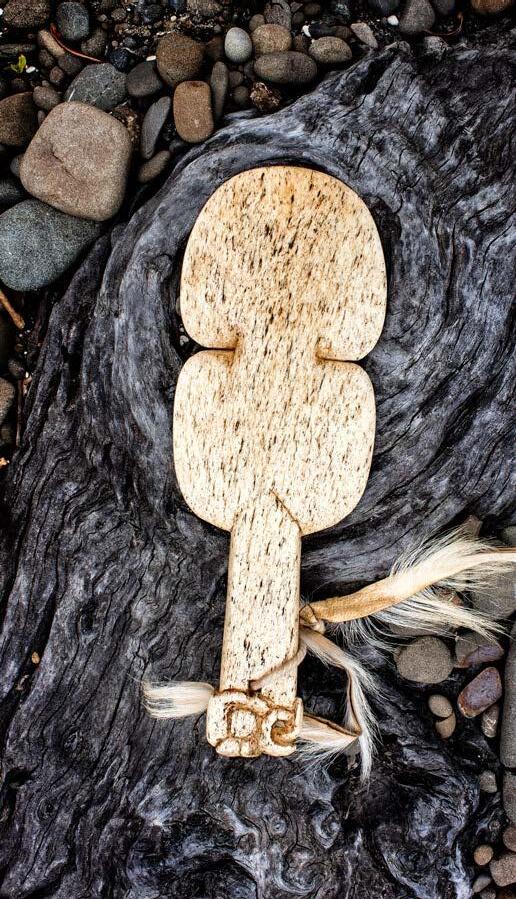

As at 31 March 2024
Management of assets held in trust and the distribution of income from these assets for the long-term benefit of the Tūhoe Iwi as a Post Settlement Governance Entity.
Tāmati Kruger
Patrick McGarvey
Mere McLean
Ngatai Rangihau
Rūātoki
Rūātoki
Ruatāhuna Ruatāhuna Waikaremoana
Lorna Taylor Trustees Tribal
Address: 12 Tūhoe Street, Tāneatua
Auditors: BDO Wellington Audit Limited 50 Customhouse Quay Wellington 6011
Bankers: ASB Bank, Westpac Bank, BNZ Bank
Solicitors: David Mc Lay, Daveys Burton, Bell Gully
We have audited the annual report of Tūhoe Te Uru Taumatua (“the Parent”) and its subsidiaries (together, “the Group”), which comprise the consolidated financial statements on pages 60 to 84 and the consolidated statement of service performance on pages 58 to 59. The complete set of consolidated financial statements comprise the consolidated statement of financial position as at 31 March 2024, and the consolidated statement of comprehensive revenue and expense, consolidated statement of changes in equity and consolidated statement of cash flows for the year then ended, and notes to the consolidated financial statements, including a summary of significant accounting policies.
In our opinion, the accompanying annual report presents fairly, in all material respects, the consolidated service performance for the year ended 31 March 2024, in accordance with the group’s service performance criteria, in accordance with Public Benefit Entity Standards Reduced Disclosure Regime issued by the New Zealand Accounting Standards Board.
In our opinion, except for the effects of the matter described in the Basis for Qualified Opinion section of our report, the accompanying consolidated financial statements present fairly, in all material respects, the consolidated financial position of the Group as at 31 March 2024 and its consolidated financial performance and its consolidated cash flows for the year then ended in accordance with Public Benefit Entity Standards Reduced Disclosure Regime issued by the New Zealand Accounting Standards Board.
The Group’s Investment of Aotearoa Fisheries Limited shares are carried at deemed cost of $10,504,000 (2023: $10,504,00) in the consolidated statement of financial position. Management has not valued the Investment at fair value in line with PBE IPSAS 41 Financial Instruments. We were unable to determine if the value of the investment in Aotearoa Fisheries Limited shares in the statement of financial position represents the fair value of the investment at 31 March 2024 and whether any adjustments to the fair value movement in the statement of profit or loss and other comprehensive income are necessary.
We conducted our audit of the consolidated financial statements in accordance with International Standards on Auditing (New Zealand) (“ISAs (NZ)”) and the audit of the consolidated statement of service performance in accordance with the ISAs and New Zealand Auditing Standard (NZ AS) 1 The Audit of Service Performance Information (NZ). Our responsibilities under those standards are further described in the Auditor’s Responsibilities for the Audit of the Annual Report section of our report. We are independent of the Group in accordance with Professional and Ethical Standard 1 International Code of Ethics for Assurance Practitioners (including International Independence Standards) (New Zealand) issued by the New Zealand Auditing and Assurance Standards Board, and we have fulfilled our other ethical responsibilities in accordance with these requirements. We believe that the audit evidence we have obtained is sufficient and appropriate to provide a basis for our qualified opinion.
Other than in our capacity as auditor we have no relationship with, or interests in, the Parent or any of its subsidiaries.
Boards’ Responsibilities for the Annual Report
Those charged with governance are responsible on behalf of the Group for:
(a) the preparation and fair presentation of the consolidated financial statements and consolidated statement of service performance in accordance with Public Benefit Entity Standards Reduced Disclosure Regime, and;
(b) service performance criteria that are suitable in order to prepare statement of service performance in accordance with Public Benefit Entity Standards Reduced Disclosure Regime; and
(c) for such internal control as the Board determine is necessary to enable the preparation of consolidated financial statements and consolidated statement of service performance that are free from material misstatement, whether due to fraud or error.
In preparing the annual report, the Board are responsible on behalf of the Group for assessing the Group’s ability to continue as a going concern, disclosing, as applicable, matters related to going concern and using the going concern basis of accounting unless the Board either intend to liquidate the Group or to cease operations, or have no realistic alternative but to do so.
Our objectives are to obtain reasonable assurance about whether the consolidated financial statements as a whole, and the consolidated statement of service performance are free from material misstatement, whether due to fraud or error, and to issue an auditor’s report that includes our opinion. Reasonable assurance is a high level of assurance, but is not a guarantee that an audit conducted in accordance with ISAs (NZ) and NZ AS 1 will always detect a material misstatement when it exists. Misstatements can arise from fraud or error and are considered material if, individually or in the aggregate, they could reasonably be expected to influence the decisions of users taken on the basis of this annual report.
A further description of our responsibilities for the audit of the annual report is located at the External Reporting Board’s website at: https://www.xrb.govt.nz/standards/assurance-standards/auditors-responsibilities/audit-report-13/
This description forms part of our auditor’s report.
This report is made solely to the Board, as a body. Our audit work has been undertaken so that we might state those matters which we are required to state to them in an auditor’s report and for no other purpose. To the fullest extent permitted by law, we do not accept or assume responsibility to anyone other than the Parent and the Group’s Board , as a body, for our audit work, for this report or for the opinions we have formed.

BDO WELLINGTON AUDIT LIMITED
Wellington New Zealand
6 November 2024
Vision: Tūhoetana
Mission: Te Mana Motuhake o Tūhoe
Purpose:
The Tūhoe Te Uru Taumatua (“The Trust”) is a common law trust established on 23th May 2009. On 1st July 2009 the Trust was approved as a Post Governance Entity (PSGE) to receive the Tūhoe component of the Central North Island (CNI) Settlement. The Trust received the final settlement of all historical Treaty claims in July 2014. The Trust is a not for profit entity with purposes to receive, hold, manage and administer the Trust Fund in trust for present and future Tūhoe Iwi Members.
The purpose shall without limitation include:
• Leading and serving the cultural permanency and prosperity of Tūhoetana by way of reenacting te mana motuhake o Tūhoe.
• The promotion and advancement of the social and economic development of Tūhoe.
• The maintenance and establishment of places of cultural or spiritual significance to Tūhoe including restoring the connection of Tūhoe with Te Urewera.
• To address the effect that Crown breaches have had on the economic, social, cultural and political well-being of Tūhoe.
Description of the Entity’s Outcomes:
The Iwi has prepared the Blueprint which is for 40 years and has defined roles for the four groups:
Anamata - Leadership must be Tūhoe centered in their actions, have global awareness in their deliberations, and create ideas focussed on growing Tūhoe self-reliance. Autonomy will assure that continuity of Tūhoe culture, language and identity - our greatest asset and source of our worth, honour and prosperity. (Page 18, Blueprint)
Anamata has continued to build on its operational plan, centered on the three
guiding pillars of Care, Capability, and Climate, which will steer us for the next decade.
Our partnerships with key government agencies have strengthened further through Te Uru Taumatua, ensuring that essential services provided by agencies such as NZ Police, MSD, and Oranga Tamariki are accessible and aligned with the needs of the Tūhoe community. This collaboration, facilitated through He Tapuae, has enabled TUT to employ, train, and deploy resources effectively, ensuring a tangible impact within our rohe.
Progress in the development of hapū villages has also accelerated this year. The team is committed to continuous learning, ensuring that lessons from current projects will guide future developments as we expand our work on five additional villages during the year.
Continuing our commitment to unity and historical integrity, the Anamata team has also sustained its support for the RuapaniWaikaremoana settlement.
Onukurani - Te Urewera, our homeland, encompassing te rohe pōtae o Tūhoe in its entirety, not just the Park. Our tikanga of rights and obligations, our need to use our natural resources, our responsibility to bring employment, wealth opportunities, and desireable lifestyle to iwi. (Page 18, Blueprint)
In continuation of our deep commitment to reconnecting with Te Urewera, the Onukurani team has further advanced efforts to restore our connection with the land and its people. Recognising the growing environmental challenges, we have dedicated resources to better understanding the pest burden within Te Urewera. This has enabled our team to gain crucial knowledge regarding the impact of pests on our natural habitat, leading to small-scale pest control operations.
Our efforts to support environmental restoration continue, with the Kaitoro teams deepening their understanding of pest control methods and infrastructure.
Iwi - Whānau, hapū, iwi are the institutions of Tūhoe, the way Tūhoetana is practiced, celebrated, transmitted, shared and evolved. Whānau is the nation builder, the origin of Tūhoe identity. The vibrancy and potency of Ngāi Tūhoe is dependent on the vibrancy and potency of Tūhoe institutions. (Page 13, Blueprint)
Collaboration with MSD through He Tapuae has strengthened inter-agency work, with a focus on achieving consistent decision-making at the central government level. This effort has fostered better cohesion and transparent behaviors across regional government agencies. Our work with He Tapuae earned us first equal prize at the Spirit of Service Awards for Crown-Iwi partnerships— our second such win, underscoring the role of Tūhoe in setting a high standard for Crown collaboration.
This year, TUT has also supported the development of Te Manawa o Te Ika IMPB, in collaboration with Ngāti Whare. We have worked to ensure that health priorities and needs align with tribal affiliation areas, leading to an increase in medical facilities within Tūhoe communities.
This year, we have seen a further increase in registered patients at our medical centers, now reaching 4,955 compared to last year’s 4,898.
Whairawa - A commendable Blueprint or idea is not in itself a measure of success. All strategy is not achievable or sustainable alone but must be accompanied by a crafted implementation plan. Our success in this endeavour is to be measured by the degree of applying Tūhoe values and priorities into the day to day operations of the new tribal authority. (Page 18, Blueprint)
Whairawa is playing a pivotal role in the construction of the initial hapū villages and development of Tūhoe’s Natures Road aspirations.
The Awahou Quarry has seen significant progress toward becoming a key resource for the hapū villages. These efforts have paved the way for the quarry to become fully operational in the new year, supplying the vital resources needed for hapū village construction during the civil works phase.
As part of our Trust Fund diversification strategy, the Iwi have committed to make a landmark investment in a 170-hectare farm in the fertile Waimana rohe, strengthening our connection to the whenua.
TUT holds stewardship over two local forests, Matahi Forest and Te Manawa Forest, which play a key role in our efforts to care for and sustainably manage our natural resources. These forests are steadily maturing, and group whairawa is committed towards gaining better outcome from these assets with considering long- term sustainability in mind.
Whairawa continues its vital role as the secretariat for Tūhoe Fish Quota Limited, overseeing the management of fisheries assets that support both the community and the natural environment. Beyond economic benefits, Whairawa remains deeply committed to environmental and cultural practices, supporting the shelving efforts aimed at protecting the growth of fish stocks and regularly providing pataka kai to the community, contributing to important tanihana events.
For the Year Ended 31 March 2024


For the Year Ended 31 March 2024
The accompanying notes form part of these
The Tūhoe Te Uru Taumatua (“TUT”, “the Trust” or “Group”) previously known as Tūhoe Establishment Trust is a common law trust established on 23 May 2009.
In June 2013 Ngai Tūhoe whanui voted in support of the Tūhoe Comprehensive Settlement. The Tūhoe Iwi vote resulted in the adoption of a new Tūhoe Te Uru Taumatua Trust Deed. The financial statements of Tūhoe Te Uru Taumatua comprise the Trust, its subsidiaries and associates. The Trust reports its separate operations under ‘Parent’.
TUT is involved in the management of assets held in trust and the distribution of income from these assets for the long-term benefit of the Tūhoe Iwi as a Post Settlement Governance Entity. The Trust’s primary objective is to provide goods and services for the social benefit of Tūhoe and not for financial return to any equity holders. For this reason it is designated as a Public Benefit Entity (‘PBE’).
On 1 July 2009 the Tūhoe Te Uru Taumatua, the approved Post Settlement Governance Entity (PSGE) received the Tūhoe component of the Central North Island (CNI) Settlement. The landmark settlement consisted of accumulated historic rentals, carbon entitlements and future forestry rentals.
On 30 June 2009 a Trust Deed and Shareholders Agreement was signed to establish the CNI Iwi Holdings Trust to hold the settlement assets on behalf of the CNI Forests Iwi Collective.
Under the CNI Deed of Settlement (DOS) the Crown returned 176,000 ha of North Island forest lands as well as interests in Crown Forestry Licenses with an agreed value of $225.6 million. In addition, Accumulated rents with a value of $284 million, held by Crown Forests Rental Trust, became payable to CNI Iwi Holdings, and was subsequently distributed to CNI Iwi Collective members.
The DOS also deals with further assets to be settled on CNI Iwi Holdings, such as New Zealand Carbon Units (NZU’s) to be settled free of charge.
The CNI Iwi Holdings Trust Deed records that the various Governance Groups do not acquire an ownership interest in any of the assets of CNI Iwi Holdings. TUT is recorded in this deed as the Governance entity representing the interests of Ngāi Tūhoe with a beneficial interest (right to income) in CNI Iwi Holdings for 35 years.
During the initial period the Crown retains a 10% beneficial interest in CNI Iwi Holdings assets, the accumulated rents and current rents. The initial period is the period to 2014, during which time the Crown proportion is available to settle any claims outside of the DOS. At the termination of the initial period, Ngāi Tūhoe beneficial represent 26.3125% (Initial period - 23.68125%) the interest (right to income) in CNI Iwi Holding.
In terms of the DOS there are restrictions on the disposal of the forestry assets during the initial period as well as during the 35 year terms of the forest leases.
In June 2013 Tūhoe and the Crown signed the Te Urewera Deed of Settlement. The Deed of Settlement is the final settlement of all historical Treaty of Waitangi claims of Tūhoe resulting from acts or omissions by the Crown prior to 21 September 1992, and is made up of a package that includes:
• agreed historical account, Crown acknowledgments and apology
• redress over Te Urewera and other cultural redress
• redress in relation to Mana Motuhake
• financial and commercial redress.
The Tūhoe Claims Settlement Bill was Passed into Law on 24 July 2014. In addition to the matters stated above, the settlement provides for the disestablishment of the Tūhoe Waikaremoana Māori Trust Board and Tūhoe Fisheries Charitable Trust and vesting of their assets and liabilities in Tūhoe Charitable Trust. .
The Tūhoe Charitable Trust was also recognised by Te Ohu Kai Moana Trustee Limited as the Mandated Iwi Organisation in place of the Tūhoe Fisheries Charitable Trust; and Tūhoe Fish Quota Limited is the asset holding company of the Tūhoe Charitable Trust
(A) STATEMENT OF COMPLIANCE
The consolidated financial statements have been prepared in accordance with New Zealand Generally Accepted Accounting Practice (“NZ GAAP”). They comply with Public Benefit Entity International Public Sector Accounting Standards (“PBE IPSAS”) and other applicable Financial Reporting Standards, as appropriate for Tier 2 not-for-profit public benefit entities, for which all reduced disclosure regime exemptions have been adopted.
The Group qualifies as a Tier 2 reporting entity as for the two most recent reporting periods it has had between $5m and $33m operating expenditure.
(B)
The consolidated financial statements have been prepared on the historical cost basis except for the following material items in the statement of financial position, which are measured at fair value :
• Financial Portfolio
• Investment property
• Investment classified as fair value through surplus or deficit
(C) FUNCTIONAL AND PRESENTATION CURRENCY
The financial statements are presented in New Zealand dollars ($) which is the controlling entity’s functional and Group’s presentation currency, rounded to the nearest thousand dollars ($000’s).
There has been no change in the functional currency of the Group during the year.
The preparation of the financial statements requires management to make judgements, estimates and assumptions that affect the application of accounting policies and the reported amounts of assets, liabilities, income and expenses. Actual results may differ from those estimates.
Estimates and underlying assumptions are reviewed on an ongoing basis. Revisions to accounting estimates are recognised in the period in which the estimates are revised and in any future periods affected.
(A) JUDGEMENTS
Judgements made in applying accounting policies that have had the most significant effects on the amounts recognised in the consolidated financial statements include the following:
• Whether there is control (or not) over an investee
• Whether there is joint control (or not) over an investee
• Whether there is significant influence (or not) over an investee
(B) ASSUMPTIONS AND ESTIMATION UNCERTAINTIES
Assumptions and estimation uncertainties that have a significant risk of resulting in a material adjustment in the year ending 31 March 2024 include the following:
• Key assumptions underlying determining the recoverable amounts for impairment testing
• Likelihood and magnitude of outflows in determining recognition and measurement of provisions
• Useful life, recoverable amount, depreciation/amortisation method and rate
• Determination of fair values [refer to items in Note 3 above]
The accounting policies set out below have been applied consistently to all periods presented in these financial statements and have been applied consistently by the Group.
The significant accounting policies of the Group are detailed below:
(a) Basis of consolidation
(b) Subsidiaries and associates
(c) Revenue
(d) Employee benefits
(e) Finance income and finance costs
(f) Financial instruments
(g) Impairment of non-derivative financial assets
(h) Inventory
(i) Property, plant and equipment
(j) Intangible assets
(k) Quota shares
(l) Investment property
(m) Biological assets
(n) Impairment of non-financial assets
(o) Income Tax
(p) Goods and Services Tax
(q) Statement of Cash Flows
(r) Change and accounting policies
(s) Quarry
(A) BASIS OF CONSOLIDATION
i. Controlled entities
Controlled entities are entities controlled by the Group, being where the Group has power to govern the financial and operating policies of another entity so as to benefit from that entity’s activities. The financial statements of the Group’s controlled entities are included in the consolidated financial statements from the date that control commences until the date that control ceases.
Subsequent changes in a controlled entity that do not result in a loss of control are accounted for as transactions with controllers of the controlling entity in their capacity as controllers, within net assets/equity.
(B) SUBSIDIARIES AND
ii. Associates
Associates are those entities in which the Group has significant influence, but not control, over the financial and operating policies. Significant influence is presumed to exist when the Group holds between 20% and 50% of the voting power of another entity. Investments in associates for the Group are accounted for using the equity method and are recognised initially at cost, including directly attributable transaction costs. Investment in the Parent is carried at cost.
The consolidated financial statements include the Group’s share of the surplus or deficit and other comprehensive revenue and expense of its equity accounted associates and jointly-controlledentities, after adjustments to align the accounting policies with those of the Group, from the date that significant influence or joint control commences until the date that significant influence or joint control ceases.
When the Group’s share of losses exceeds its interest in its equity accounted associates and jointly-controlled-entities, the carrying amount of the investment, including any long-term investments that form part thereof, is reduced to zero, and the recognition of further losses is discontinued except to the extent that the Group has an obligation or has made payments on behalf of the investee
iii. Transactions eliminated on consolidation
Intra-group balances and transactions, and any unrealised income and expenses arising from intra-group transactions, are eliminated in preparing the consolidated financial statements.
Unrealised gains arising from transactions with equity accounted associates and jointly-controlled-entities are eliminated against the investment to the extent of the Group’s interest in the investee.
Unrealised losses are eliminated in the same way as unrealised gains, but only to the extent that there is no evidence of impairment.
The Tūhoe Charitable Trust was incorporated on 31 July 2010, with the objects: a) the promotion of health & wellbeing of members of Ngāi Tūhoe b) the maintenance, upkeep and administration of Marae and Hapū c) matters beneficial to Ngāi Tūhoe Communities i.e. education, health, housing, environment sustainability. The principle activity of the Tūhoe Charitable Trust is the provision of funding for these objects.
Tūhoe Fish Quota Limited holds the settlement quota, the income shares and all other assets as custodian for the benefit of the charitable purposes of the Shareholder, Tūhoe Charitable Trust who were vested all assets and liabilities of Tūhoe Fisheries Charitable Trust as per the Tūhoe Settlement Claim Act 2014.
The four Tribal Companies were incorporated during Nov-March 2015 period. Tūhoe Charitable Trust as a Parent completed a Single Entity registration with Charities Services under the name of Tūhoe Tribal Authorities. As part of the terms and condition of the Single Entity registration, the Parent has a duty to file annual return that must account for the activities of each registered charity that forms part of the single entity; and the financial statements must be consolidated for all of the registered charities that form part of the single entity using the relevant standards prescribed by the Financial Reporting Act 2013. The first Annual Return was due in 2016.
The Te Urewera Board is a Special Purpose Enitty established by the Te Urewera Act 2014 and was set up to manage and govern Te Urewera.
Revenue is recognised when the amount of revenue can be measured reliably and it is probable that economic benefits will flow to the Group, and measured at the fair value of consideration received or receivable.
The following specific recognition criteria in relation to the Group’s revenue streams must also be met before revenue is recognised.
i. Revenue from exchange transactions
Sale of goods
Revenue from the sale of goods in the course of ordinary activities is measured at the fair value of the consideration received or receivable, net of returns, trade discounts and volume rebates.
Revenue is recognised when the significant risks and rewards of ownership have been transferred to the customer, recovery of the consideration is probable, the associated costs and possible return of goods can be estimated reliably, there is no continuing management involvement with the goods, and the amount of revenue can be measured reliably.
If it is probable that discounts will be granted and the amount can be measured reliably, then the discount is recognised as a reduction of revenue as the sales are recognised.
Annual Catch Entitlement (ACE) Sales are accounted for in the respective ACE rounds as they are received. ACE are receipted for other species in April and in October for wet fish.
Rendering of services
Services relate to Health Centre services as well as Te Urewera Management services provision
Revenue from services rendered is recognised in surplus or deficit when the service is rendered.
Amounts received in advance for services to be provided in future periods are recognised as a liability until such time as the service is provided.
Rental income on investment property
Rental income from investment property is recognised in surplus or deficit on a straight-line basis over the term of the lease. Lease incentives granted are recognised as an integral part of the total rental income, over the term of the lease.
Non-exchange transactions are those where the Group receives an inflow of resources (i.e. cash and other tangible or intangible items) but provides no (or nominal) direct consideration in return.
With the exception of services-in-kind, inflows of resources from non-exchange transactions are only recognised as assets where both:
• It is probable that the associated future economic benefit or service potential will flow to the entity, and
• Fair value is reliably measurable.
Volunteer services received are not recognised as the fair value of the services are not able to be reliably measured.
Liabilities are recognised in relation to inflows of resources from non-exchange transactions when there is a resulting present obligation as a result of the non-exchange transactions, where both:
• It is probable that an outflow of resources embodying future economic benefit or service potential will be required to settle the obligation, and
• The amount of the obligation can be reliably estimated.
The following specific recognition criteria in relation to the Group’s non-exchange transaction revenue streams must also be met before revenue is recognised.
As a part of the settlement the Trust was able to purchase Matahī Forest at a price well below its fair value, therefore the transaction includes a non-exchange component equal to the difference between fair value and the purchase price.
Grants
Grants are recognised as revenue when the conditions associated with the grants have been fulfilled.
Non-exchange revenue includes grants, donations, koha received and some contract for services .
Contract for services - Non-exchange revenue is recognised when received.
(D)
i. Short-term employee benefits
Short-term employee benefit liabilities are recognised when the Group has a legal or constructive obligation to remunerate employees for services provided with 12 months of reporting date, and is measured on an undiscounted basis and expensed in the period in which employment services are provided.
Finance income comprises interest income on financial assets, gains on the disposal of available-for-sale financial assets, fair value gains on financial assets at fair value through surplus or deficit, and gains on the remeasurement to fair value of any preexisting interest in an acquiree. Interest income is recognised as it accrues in surplus or deficit, using the effective interest method.. Finance costs comprise interest expense on financial liabilities, unwinding of the discount on provisions, losses on disposal of available-for-sale financial assets, fair value losses on financial assets at fair value through surplus or deficit, impairment losses recognised on financial assets, and fair value adjustments on concessionary loans issued.
The Group initially recognises financial instruments when the Group becomes a party to the contractual provisions of the instrument.
The Group derecognises a financial asset when the contractual rights to the cash flows from the asset expire, or it transfers the rights to receive the contractual cash flows in a transaction in which substantially all the risks and rewards of ownership of the financial asset are transferred. Any interest in transferred financial assets that is created or retained by the Group is recognised as a separate asset or liability.
The Group derecognises a financial liability when its contractual obligations are discharged, cancelled, or expire.
The Group also derecognises financial assets and financial liabilities when there has been significant changes to the terms and/or the amount of contractual payments to be received/paid.
Financial assets and liabilities are offset and the net amount presented in the statement of financial position when, and only when, the Group has a legal right to offset the amounts and intends either to settle on a net basis or to realise the asset and settle the liability simultaneously.
The Group classifies financial assets into the following categories: fair value through surplus or deficit, held-to-maturity, loans and receivables, and available-for-sale.
The Group classifies financial liabilities as amortised cost, which includes accounts payable, funds in custody and accrual expenses.
Financial instruments are initially measured at fair value, plus for those financial instruments not subsequently measured at fair value through surplus or deficit, directly attributable transaction costs.
Subsequent measurement is dependent on the classification of the financial instrument, and is specifically detailed in the accounting policies below.
i. Fair value through surplus or deficit
A financial instrument is classified as fair value through surplus or deficit if it is:
• Held-for-trading: Derivatives where hedge accounting is not applied
• Designated at initial recognition: If the Group manages such investments and makes purchase and sale decisions based on their fair value in accordance with the Group’s documented risk management or investment strategy.
Financial instruments classified as fair value through surplus or deficit are subsequently measured at fair value with gains or losses being recognised in surplus or deficit. This includes investments (Financial Portfolio)
ii. Financial assets
On initial recognition, cash and cash equivalents and trade receivables are classified and measured at amortised cost.A financial asset is measured at amortised cost if it meets both of the following conditions:
• it is held within a management model whose objective is to hold assets to collect contractual cash flows; and
• its contractual terms give rise on specified dates to cash flows that are solely payments of principal and interest on the principal amount outstanding.
These assets are subsequently measured at amortised cost using the effective interest method. The amortised cost is reduced by impairment losses. Interest income, foreign exchange gains and losses and impairment are recognised in surplus or deficit. Any gain or loss on derecognition is recognised in surplus or deficit.
Upon derecognition, the accumulated gain or loss within net assets/equity is reclassified to surplus or deficit.
A financial asset not subsequently measured at fair value through surplus or deficit is assessed at each reporting date to determine whether there is objective evidence that it is impaired. A financial asset is impaired if there is objective evidence of impairment as a result of one or more events that occurred after the initial recognition of the asset, and that the loss event(s) had an impact on the estimated future cash flows of that asset that can be estimated reliably.
Objective evidence that financial assets are impaired includes default or delinquency by a counterparty, restructuring of an amount due to the Group on terms that the Group would not consider otherwise, indications that a counterparty or issuer will enter bankruptcy, adverse changes in the payment status of borrowers or issuers in the Group, economic conditions that correlate with defaults or the disappearance of an active market for a security.
The Trust recognises loss allowances for expected credit losses (ECLs) on financial assets measured at amortised cost.
The Trust measures loss allowances at an amount equal to lifetime ECLs, except for the following, which are measured at 12-month ECLs:
• bank balances for which credit risk (i.e., the risk of default occurring over the expected life of the financial instrument) has not increased significantly since initial recognition.
Loss allowances for trade receivables are always measured at an amount equal to lifetime ECLs. When determining whether the credit risk of a financial asset has increased significantly since initial recognition and when estimating ECLs, the Trust considers reasonable and supportable information that is relevant and available without undue cost or effort. This includes both quantitative and qualitative information and analysis, based on the Trust’s historical experience and informed credit assessment and including forward-looking information
ECLs are a probability-weighted estimate of credit losses. Credit losses are measured as the present value of all cash shortfalls (i.e., the difference between the cash flows due to the entity in accordance with the contract and the cash flows that the Trust expects to receive). ECLs are discounted at the effective interest rate of the financial asset.”
Inventory is initially measured at cost, except items acquired through non-exchange transactions which are instead measured at fair value as their deemed cost at initial recognition.
Inventories are subsequently measured at the lower of cost and net realisable value. The cost of inventories is based on the first-in first-out principle and includes expenditure incurred in acquiring the inventories, production or conversion costs and other costs incurred in bringing them to their existing location and condition.
Net realisable value is the estimated selling price in the ordinary course of business, less the estimated costs of completion and selling expenses.
i. Recognition and measurement
Items of property plant and equipment are initially measured at cost, except those acquired through non-exchange transactions which are instead measured at fair value as their deemed cost at initial recognition.
Heritage assets with no future economic benefit or service potential other than their heritage value are not recognised in the statement of financial position.
Items of property, plant and equipment are subsequently measured either under the:
• Cost model: Cost (or fair value for items acquired through nonexchange transactions) less accumulated depreciation and impairment.
• Revaluation model: fair value, less accumulated depreciation and accumulated impairment losses recognised after the date of the most recent revaluation.
Valuations are performed with sufficient frequency to ensure that the fair value of a revalued asset does not differ materially from its carrying amount.
Gains and losses on revaluation are recognised in other comprehensive revenue and expense and presented in the revaluation surplus reserve within net assets/equity. Gains or losses relating to individual items are offset against those from other items in the same class of property, plant and equipment, however gains or losses between classes of property, plant and equipment are not offset.
Any revaluation losses in excess of credit balance of the revaluation surplus for that class of property, plant and equipment are recognised in surplus or deficit as an impairment.
All of the Group’s items of property plant and equipment are subsequently measured in accordance with the cost model.
Cost includes expenditure that is directly attributable to the acquisition of the asset. The cost of self-constructed assets includes the following:
• The cost of materials and direct labour
• Costs directly attributable to bringing the assets to a working condition for their intended use
• When the Group has an obligation to remove the asset or restore the site, an estimate of the costs of dismantling and removing the items and restoring the site on which they are located, and
• Capitalised borrowing costs.
Purchased software that is integral to the functionality of the related equipment is capitalised as part of that equipment.
When parts of an item of property, plant and equipment have different useful lives, they are accounted for as separate items (major components) of property, plant and equipment.
Any gain or loss on disposal of an item of property, plant and equipment (calculated as the difference between the net proceeds from disposal and the carrying amount of the item) is recognised in surplus or deficit
Upon disposal of revalued items of property, plant and equipment, any associated gain or losses on revaluation to that item are transferred from the revaluation surplus to accumulated surplus.
When the use of a property changes from owner-occupied to investment property, the property is remeasured to fair value and reclassified as investment property.
Any gain or loss arising on remeasurement is recognised in surplus or deficit.
Subsequent expenditure is capitalised only when it is probable that the future economic benefits associated with the expenditure will flow to the Group. Ongoing repairs and maintenance is expensed as incurred.
Financial Reporting standards in New Zealand recognise that some assets have a heritage element because of their cultural, environmental or historical significance. The standards recognise that the value of such assets in cultural, environmental, educational and historical terms is unlikely to be fully reflected in a financial value based purely on a market price, that legal or statutory obligations may impose prohibitions or restrictions on disposal or sale and that they are often irreplaceable. TUT recognises two of its assets as having the characteristics of Heritage assets:
iv.a)
An important element of the Deed of Settlement signed with the Crown in July 2014 relates to joint control over Te Urewera National Park. The Te Urewera Act 2014 notes that for Tūhoe, Te Urewera is their place of origin and return and their homeland. The Act contains restrictions on the ability to alienate, mortgage, charge or otherwise dispose of the land. The Act constitutes the Te Urewera Board to manage Te Urewera. In 2020, six members of the Board have been appointed by Tūhoe and three by the Crown.In terms of the Act, major decisions must be unanimous and others by consensus. Tūhoe considers that the Te Urewera land is a Heritage asset due to its nature and characteristics. Further, the value of the land cannot be reliably measured due to its historical and cultural value.
The Lake Waikaremoana Act 1971 vested ownership of Lake Waikaremoana in Tūhoe Waikaremoana Māori Trust Board and Wairoa Waikaremoana Māori Trust Board as tenants in common. In accordance with the terms of the Te Urewera - Tūhoe Claims Settlement Bill, from the settlement date all assets and liabilities of the Tūhoe Waikaremoana Māori Trust Board have been vested in the Tūhoe Charitable Trust.
In the past, The value of the Lake has been determined by calculating the present value of expected future cash inflows. Expected future cash inflows are for the period of the lease agreements that are in place for use of the Lake bed.
As far as the Trust is concerned the above method is a way of calculating the accounting value of the Lake bed but does not reflect the cultural, social and economic benefit of the lake to the Tūhoe iwi.
In consideration of the Lake’s cultural and social value to Tūhoe, the Trust has decided not to use a sensitive accounting value of the Lake that does not represent the real value of the asset. The Trust recognises that there is no method to determine a Fair Value or a Depreciated Replacement Cost (DRC) of this asset. Finally, the Trust has recognised that the Lake is :
• a unique asset that has iconic status
• historic and irreplaceable; and
• an asset that is sacred to Tūhoe community.
The Trust has decided not to value the Lake for the purpose of Financial Reporting and acknowledges that the Waikaremoana Lake as Tūhoe’s Heritage asset whose value cannot be reliably determined
v. Depreciation
For plant and equipment, depreciation is based on the cost of an asset less its residual value, and for buildings is based on the revalued amount less its residual value. Significant components of individual assets that have a useful life that is different from the remainder of those assets, those components are depreciated separately.
Depreciation is recognised in surplus or deficit over the estimated useful lives of each component of an item of property, plant and equipment. Leased assets are depreciated over the shorter of the lease term and their useful lives unless it is reasonably certain that the Group will obtain ownership by the end of the lease term. Land is not depreciated. Assets under construction are not subject to depreciation.
The diminishing value depreciation rates are:
• Art & Archives 10% to 100%
• Buildings 2% to 3%
• Plant and equipment 10% to 80%
• Motor vehicles 30% to 36%
• Fixtures and fittings 10% to 80%
• Computer equipment 16% to 60%
The Straight line depreciation rates are:
• Buildings 2%
Depreciation methods, useful lives, and residual values are reviewed at reporting date and adjusted if appropriate.
(J) INTANGIBLE ASSETS
i. Recognition and measurement
Intangible assets are initially measured at cost, except for:
• Intangible assets acquired through non-exchange transactions (measured at fair value), and
• Goodwill (measured in accordance with business combination accounting – refer Note 5(a)(i)).
All of the Group’s intangible assets are subsequently measured as per the fair market price, except for the following items which are not amortised and instead tested for impairment:
• Goodwill
• Intangible assets with indefinite useful lives, or not yet available for use.
The Group has no intangible assets with indefinite useful lives.
Cost includes expenditure that is directly attributable to the acquisition of the asset. The cost of self-constructed intangible assets includes the following:
• The cost of materials and direct labour
• Costs directly attributable to bringing the assets to a working condition for their intended use, and
• Capitalised borrowing costs.
ii. Subsequent expenditure
Subsequent expenditure is capitalised only when it increases the future economic benefits embodied in the specific asset to which it relates. All other expenditure, including expenditure on internally generated goodwill and brands, is recognised in surplus or deficit as incurred.
iii. Amortisation
Amortisation is recognised in surplus or deficit over the estimated useful lives of each amortisable intangible asset.
The diminishing value amortisation rates are:
• Software 50% to 60%
Amortisation methods, useful lives and residual values are reviewed at each reporting date and adjusted if appropriate.
Quota shares are treated as an intangible asset. Quota share are the property rights that represent the quota owners share of the fishery, which have an infinate useful life. As no active market, Quota shares are recognised at settlement value being cost less any subsequent impairment changes, in arrordance with PBE IPSAS 31.
Investment property is property held either to earn rental income or for capital appreciation or for both, but not for sale in the ordinary course of business, use in the production or supply of goods or services or for administrative purposes.
i. Recognition and measurement
Investment property is initially measured at cost, except those acquired through non-exchange transactions which are instead measured at fair value as their deemed cost at initial recognition.
Cost includes expenditure that is directly attributable to the acquisition of the investment property. The cost of self-constructed investment property includes the cost of materials and direct labour, any other costs directly attributable to bringing the investment property to a working condition for their intended use and capitalised borrowing costs.
Investment properties are subsequently measured at fair value.
Any gain or loss on disposal of an investment property (calculated as the difference between the net proceeds from disposal and the carrying amount of the item) is recognised in surplus or deficit.
ii. Reclassifications
When an investment property that was previously classified as property, plant and equipment is sold, any related amount included in the revaluation reserve is transferred to retained earnings. When the use of an investment property changes to owner occupied, such that it results in a reclassification to property, plant and equipment, the property’s fair value at the date of reclassification becomes its cost for subsequent accounting.
Biological assets including forestry rights are initially measured at cost except those acquired through non-exchange transaction which are instead measure at fair value as deemed cost at initial recognition. Biological assets are subsequently measured at fair value less cost of disposal. Any gain or loss on disposal of Biological asset is recognised in surplus or deficit.
(N)
The carrying amounts of the Group’s non-financial assets, other than biological assets, investment property, and inventories, are reviewed at each reporting date to determine whether there is any indication of impairment. If any such indication exists, then the asset’s recoverable amount is estimated.
Goodwill, indefinite life intangible assets, and intangible assets not yet available for use are tested annually for impairment. An impairment loss is recognised if the carrying amount of an asset or its related cashgenerating unit (CGU) exceeds its estimated recoverable amount. The recoverable amount of an asset or CGU is the greater of its value in use and its fair value less costs to sell. In assessing value in use, the estimated future cash flows (for cash-generating assets) or future remaining service potential (for non-cash-generating assets) are discounted to their present value using a pre-tax discount rate that reflects current market assessments of the time value of money and the risks specific to the asset or CGU.
For the purpose of impairment testing, assets that cannot be tested individually are grouped together into the smallest group of assets that generates cash inflows from continuing use that are largely independent of the cash inflows of other assets or CGUs. CGUs to which goodwill has been allocated are aggregated so that the level at which impairment testing is performed reflects the lowest level at which goodwill is monitored for internal reporting purposes. Goodwill acquired in a business combination is allocated to groups of CGUs that are expected to benefit from the synergies of the combination.
Impairment losses are recognised in surplus or deficit. Impairment losses recognised in respect of CGUs are allocated first to reduce the carrying amount of any goodwill allocated to the CGU (group of CGUs), and then to reduce the carrying amounts of the other assets in the CGU (group of CGUs) on a pro rata basis.
An impairment loss in respect of goodwill is not reversed. For other assets, an impairment loss is reversed only to the extent that the asset’s carrying amount does not exceed the carrying amount that would have been determined, net of depreciation or amortisation, if no impairment loss had been recognised.
TUT is a Māori authority for income tax purposes.
The current income tax charge is calculated on the basis of the tax laws enacted or substantively enacted at the balance date.
Management periodically evaluates positions taken in tax returns where applicable tax regulations are subject to interpretation and establishes provisions where appropriate on the basis of amounts expected to be paid to the tax authorities.
Deferred tax assets and liabilities are recognised where the carrying amount of an asset or liability in the parent's statement of financial position differs from its tax base, except for differences arising on: -
The initial recognition of goodwill - The initial recognition of an asset or liability in a transaction which is not a business combination and at the time of the transaction affects neither accounting or taxable profit, and - Investments in subsidiaries and jointly controlled entities where the Group is able to control the timing of the reversal of the difference and it is probable that the difference will not reverse in the foreseeable future.
Recognition of deferred tax assets is restricted to those instances where it is probable that taxable profit will be available against which the difference can be utilised.
The amount of the asset or liability is determined using tax rates that have been enacted or substantively enacted by the reporting date and are expected to apply when the deferred tax liabilities/ (assets) are settled/ (recovered).
Deferred tax is not brought to account In respect of the subsidiaries as all subsidiaries are registered charities and not liable for taxation or in respect of the equity accounted associate as there is no difference between the carrying amount and tax base.
(P)
TUT is registered for GST and amounts in these financial statements are stated exclusive of GST with the exception of Receivables and Payables which are inclusive of GST.
The activities of TUT on behalf of its members mean that some form of apportionment is required for the deduction of GST inputs. The basis of apportionment has been agreed with the IRD. The apportionment effect is disclosed separately in the Statement of Compresive Revenue and Expenses.
(Q) STATEMENT OF CASH FLOWS
Operating activities include amounts received from investment income and other income sources and payments to employees and suppliers to manage the day-to-day running of TUT.
Investing activities are those related to the purchase and disposal of investments and property, plant and equipment.
Financing activities comprise loans and borrowings and distributions to members of TUT.
(R) CHANGES IN ACCOUNTING POLICIES
No change in accounting policies for the current financial year.
(S) QUARRY
The Quarry asset is held at historic cost less depreciation and impairment. The quarry is depreciated over the shorter of the life of the site or right to use period. The Depreciation on the quarry has not started as operations have not started.
For the Year Ended 31 March 2024
In March 2024 Tūhoe Te Uru Taumatua made donations of $14,000,000 (LY $1,500,000) in income to the Tūhoe Charitable Trust.
8.1 Income from
(exchange revenue)
(a) (b) Grants are recognised as revenue when the conditions associated with the grants have been fulfilled. During the financial year, Aotearoa Fisheries Limited distributed cash dividends. These dividends are associated with Maori authority tax credits, amounting to $10,472 (compared to $420,192 in 2023).
8.3 Other gains/(losses)
Tūhoe and the Crown signed a Deed of Settlement on 4 June 2013. The Tūhoe Deed of Settlement is the final settlement of all historical Treaty of Waitangi claims of Tūhoe resulting from acts or omissions by the Crown prior to 21 September 1992, and is made up of a package that includes:
• agreed historical account, Crown acknowledgments and apology
• redress over Te Urewera and other cultural redress
• redress in relation to Mana Motuhake
• financial and commercial redress.
The Tūhoe Claims Settlement Bill was passed in the House, at Parliament on 24th July 2014. The Act has disestablished
- Tūhoe Waikaremoana Māori Trust Board
- Tūhoe Fisheries Charitable Trust
The Act also vested all of their assets and liabilities in Tūhoe Charitable Trust. The Tūhoe Charitable Trust was also recognised by Te Ohu Kai Moana Trustee Limited as the Mandated Iwi Organisation in place of the Tūhoe Fisheries Charitable Trust; and Tūhoe Fish Quota Limited is the asset holding company of the Tūhoe Charitable Trust.
Tūhoe received the cash settlement amount in advance during September 2013.
As explained in note 5 (i), the Lake Waikaremoana asset, previously included at fair value in the financial statements of Tuhoe Waikaremoana Maori Trust, is regarded as a heritage asset whose fair value cannot be reliably measured. For this reason, its value in the financial statements of the Tuhoe Waikaremoana Maori Trust has been eliminated.
Year Ended 31 March
(B) Fair value gains/(losses) on Managed Portfolio- unrealised
The following entities meet the definition of an associate and have been equity accounted in the Group financial statements of TUT: CNI Iwi Holdings Trust (Beneficial interest 26.3125% [LY 26.3125%])
Details on NZU’s: In the financial statements of CNI IHT, NZ Carbon Credit units (NZU’s) are valued at balance date at $58.35 per unit (LY: $53 per unit).
Expense/(Income)
(i) Current tax expense/(income)
(ii) Split between
Payable/(Refundable)
Non taxable income includes: Share of equity accounted profits not received as distributions and CNI Manawhenua Settlement Income.
Tūhoe Charitable Trust is a registered charity and its net surplus is not taxable. Because not all expenses are incurred in deriving taxable income, they are subject to apportionment based on an apportionment model. The taxable income above is after application of the apportionment model and is subject to confirmation by Inland Revenue when tax returns are assessed. Taxes payable at balance sheet date includes PIE tax withheld by the managers of the investment portfolio. These taxes (2024: 0 and 2023: 0) are paid to the IRD in April.
Equity is as detailed in the Statement of Changes in Equity: Group 2024
This amount termed ‘fixed capital’ has been set aside as the capital received through Settlement, a transfer has been made from Retained Earnings to Fixed Capital of the Trust in the 2010, 2014 and 2015 financial years.
The amount transferred into fixed capital is determined as follows:
a) As explained in note 5, the Lake Waikaremoana asset, previously included at fair value in the financial statements of Tūhoe Waikaremoana Māori Trust, is regarded as a heritage asset whose fair value cannot be reliably measured. For this reason, its value in the financial statements of the Tūhoe Waikaremoana Māori Trust has been eliminated. 12 CROWN SETTLEMENT - 2015
The following adjustments were made in determining the value of the Crown Settlement:
AFL Income shares are based on the valuation completed by Taylor Duignan Barry Limited, Corporate Finance Specialist during September 2008. The amounts above relate to the amount received on settlement as per Note 13, the Fishing Quota Shares are revalued annually, refer to current valuation in Note 14.
Intangible Assets (Group)
During September 2010, Tuhoe Fish Quota Limited received a one off allocation of 1967 New Zealand Units (NZU’s). A further 39 units were received in August 2013, from te Ohu Kai Moana Maori Fisheries Trust relative to the coastline settlement. The NZU’s are recognised in the Financial Statements at a fair value being quoted market value in a traded open market.
Central North Island Iwi Holding Limited transferred 12,780 NZU’s that were attached to 764 hectares of cultural redress land received by Tūhoe on settlement. Quota is valued at deemed cost based on the valuation upon settlement date. Quota value 2024 $19,395,047 (2023: 18,380,318).
On the 28th June 2019, the Parent purchased the systems and processes of Kawerau Medical Centre for $1,595,000 (Intangibles: $1,522,330, Tangibles: $67,670, Stock in Trade: 5,000). No impairment of goodwill is recognised in this financial year.
For the Year Ended 31 March 2024
b.i) Intangibles Computer Software (Group)
16 TERM DEPOSITS
For the Year Ended 31 March 2024
from changes in unit price-unrealised
Funds are invested under the terms of the Trust’s Statement of Investment Policies and Objectives (SIPO) as formulated by the Investment Committee and approved by the TUT Board.
All Managed funds are represented by units as per the terms of the SIPO. Investments are selected to give a spread to minimise risk while giving adequate returns. The fair value of shares are measured using directly observable market inputs and are based on quoted prices.
18 OTHER CURRENT ASSETS
19 PROPERTY, PLANT AND EQUIPMENT
a.i) Property, Plant & Equipment (Group)
c) Village Inventory
The building costs encompass expenses related to the construction of 15 houses within the Taneatua Village. The amount transferred to the ‘Property held for sale’ category reflects the fair market value at the anticipated sales price.
d) Non-Current Village Inventory
Hapu Village WIP
Ruatoki Hapu Papakaina
Ruatoki Hapu Te Totara
Ruatoki Hapu Paneteure
Ruatahuna Hapu Oputao
Ruatahuna Hapu Te Umuroa
During the year
The board has approved to build Hapu village initiative for all Tūhoe Hapu. During the year, there are 5 Hapu village mahi was progressed. By the end of the financial year, two of the Ruatoki hapu i.e. Papakaina and Te Totara project were ready for Civil work.
20 INVESTMENT PROPERTY
Investment property is stated at fair value and is not depreciated. The Kaingaroa property was valued by Telfer Young of Rotorua, Registered Valuers at 31 March 2017. The Kaingaroa property has not been valued for the 2023 year as the trustees do not consider it will have materially changed.
The Matahi Forest was purchased during 2016. The Forestry rights have been valued by PF Olsen Limited from Rotorua at 31 March 2022. PF Olsen has decided to value the forest at Zero value. The key reason is that they could not reliably estimate the cash-flow, as without a secure access agreement, the harvest timing is uncertain, and, harvesting costs are uncertain and there may be significant costs involved in securing the harvest access. The situation remained same at the March 2024.
The Te Manawa Forest was purchased during 2019. The Forestry rights have been valued by Ngahere Resource Ltd from Rotorua at 31Mar24.
As part of the purchase of the Matahi forest land, the Trust became a participant in the ETS in respect of pre-1990 forest land. The Trust expects to keep the area forested, and they do not consider the land fit for any other purpose, but in the event that they are harvested and not replanted to the correct density within four years, a liability would be incurred to return NZ Units to the Crown equivalent to the lost carbon from the deforestation. This potential liability is not recognised in the financial statements.
During the financial year ending 2022, the Trust strategically acquired the Awahou Quarry asset. This acquisition was underpinned by a comprehensive due diligence process that included a valuation report and recommendations from the Trust’s investment committee, which initially estimated the asset’s value.
In the financial year ending 2023, the Trust initiated an informal assessment to evaluate the feasibility of commencing quarry operations. This assessment, conducted with limited geotechnical knowledge, indicated that it may not be prudent to proceed with the quarry operation under the existing circumstances. As a result, the Trust has decided to delay operationalisation and awaits a more opportune moment for action.
The impairment of the Awahou Quarry asset to its land value has resulted in a reduction in the asset’s carrying amount. This reduction is a reflection of the Trust’s commitment to transparent financial reporting and its acknowledgment that, at present, the asset’s financial viability for its current use may be impaired. It is important to note that this decrease does not imply a diminishment of the asset’s intrinsic worth but instead addresses its suitability for the Trust’s immediate operational objectives.
The Trust’s intended use of the quarry material is earmarked for its upcoming Hapu villages, where a substantial demand for construction materials exists due to their specific land and location requirements. As of the reporting date, three Hapu villages are in conceptual phase, and two Hapu villages are going for civil work soon from April 2024.
For the Year Ended 31 March 2024
The Tūhoe Te Uru Taumatua Statement of Investment Policy and Objectives (SIPO) provides parties involved in the investment management of the Trust Fund with a working document that identifies the investment objectives, strategy, constraints and performance measurement criteria for TUT. The Trust Fund comprises two broad portfolios of assets; the Financial Portfolio; and the Closely-Held Asset Portfolio.
The Trust Fund is defined in the Tūhoe Trust Deed as “all property that is from time to time held by the Trustees on the trusts of this Deed.” Bank accounts, short term deposits, accounts receivable, investments, accounts payable and advances to associates are financial instruments.
Credit risk is the risk of loss that arises from a counterparty failing to meet their obligations in full and on time.
The maximum exposure to credit risk is represented by the carrying value of each financial asset and financial liability in the Statement of Financial Position. Bank accounts and short term investments are all with trading banks with investment grade credit ratings.
The Investment Managers of the Financial Portfolio use a multi-manager approach, thereby reducing the exposure to any single manager and counterparty. Assets are held separate to the Investment managers’ own assets under trust.
The Trustees, in consultation with their investment advisors, have developed TUT’s Statement of Investment Policies and Objectives (“SIPO”) which stipulates a diversified investment strategy which reduces the credit risk exposure of the Trust.
Interest rate risk is the risk that the value or future value of cash flows from a financial instrument will fluctuate because of changes in interest rates. The Trust has low exposure to interest rate risk on short term deposits which are sensitive to changes in interest rates. Bond holdings are well diversified by issuer and by maturity date.
Currency risk is the risk of change in fair value of financial instruments due to fluctuations in foreign exchange rates. Currency risks from shares are actively hedged within controlled limits by the Investment Manager. Currency risks from bond investments are generally fully hedged.
Liquidity risk represents the Trust’s ability to meet its contractual obligations. The Trust evaluates its liquidity measurements on an ongoing basis. TUT generates sufficient cash flows from its activities to meet its obligations arising from its financial liabilities.
Market price risk is the risk that changes in market prices, such as equity prices or timber prices, will affect the Trust’s profit or valuation of net assets. The objective of market risk management is to manage and control market risk exposures within acceptable parameters, while optimising the return on risk.
The Trust has considerable investments in a number of Wholesale Unit Trusts that are of a liquid nature. In order to achieve the Trust’s Investment objectives and reduce risk exposures the Trustees have allocated these funds across a number of asset classes and applied benchmarks and ranges to further reduce market risk.
The Trust also has a significant Investment in CNI Iwi Holdings in terms of the Central North Island Forests Deed of Settlement and therefore there is a concentration of market risk associated with this investment.
The Trust’s capital includes Fixed Capital, Retained Earnings and Fair Value Reserve.
The Trust’s policy is to maintain a strong capital base so as to sustain Iwi and Tribal Development to provide benefits to its various Hapū (Marae Groups) and individual beneficiaries.
The Trust is subject to externally imposed capital requirements under the Central North Islands Deed of Settlement and CNI Iwi Holdings Trust Deed and Shareholders’ Agreement. These agreements limit the ability of TUT to dispose of its beneficial interest in Central North Island Forest Land for a period of at least 10 years.
The Group’s policies in respect of capital management and allocation are reviewed regularly by the Board of Trustees.
The Trust has operating leases for office equipment
The total value of minimum lease payments is due as follows:
Later than one year and not later than five years
The Board moved a resolution for further investment in Tribal Economic Development. There was approval of $14m (LY $1.5m) funding to be invested coming years on tribal projects. These projects include ongoing support to the Hapu Village Development within Tribals and Tribal Spatial Planning Priorities and Capacity building. The commitment of 8M (within $14m) towards the Marae complex buildings within the Hapu villages for the initial two Hapu Villages in Ruatoki.
The Matahi forestry rights purchase was an agreement with Crown Forestry established to return crown forests under a treaty settlement. In 2008, the Crown purchased 20 years forestry rights over the Matahi trees owned by Matariki Forests. The underlying land was a subject to a complex grievance dating back to the original purchase by the Crown in 1896. Under the term of the agreement, during the twenty year term of the forestry right, the Crown may purchase the other interest in the property. The Crown’s option to purchase the land is assignable to Te Kotahi a Tuhoe, the Tuhoe entity mandated for Treaty negotiations. The land and the forest were claimed by the Waimana hapu. There were access difficulties into the forest.
Ngati Manawa has gone back to court to argue that the adjudication did not properly allocate Kaingaroa. The legal fees that will arise as a result of this are unknown.
Tūhoe Charitable Trust has signed a building agreement for the Hapu Villages with a commitment of $4,799,031
Tūhoe Charitable Trust is committed to selling the Taneatua Village to Manana Taneatua Limited for a price of $3,237,000. Additionally, both parties have signed a loan agreement during the 2024 financial year, as Tuhoe Charitable Trust are committed to loaning Manana Taneatua Limited $3,237,000 to fund the transfer in ownership.
One of the Investment funds, Managed by Jarden (Previously First NZ), invested in US based Funds and have deducted 30% withholding tax on this income. Under the DTA the Trust is only required to pay tax of 15% on the income. As a result, a US tax return will be filed to claim this tax refund from IRS. It is expected that this refund could be around $150,000. No provision has been made for this in the financial statements.
At balance date there is a $300,000 contingent asset, being an amount receivable from Housing NZ for removal of a septic tank at Te Tii. This is contingent on the approval of resource consent for the work.
The Trust has signed a Sale and Purchase Agreement to purchase the Waimana Farm property. This is a $6.8 million commitment, with settlement expected in May 2025.
The transfer of ownership of Taneatua Village to Manana Taneatua Limited and the draw down on the loan agreement will occur within the 2025 Financial year, as all statutory and regulatory requirements have been met to allow for the transfer to go ahead.